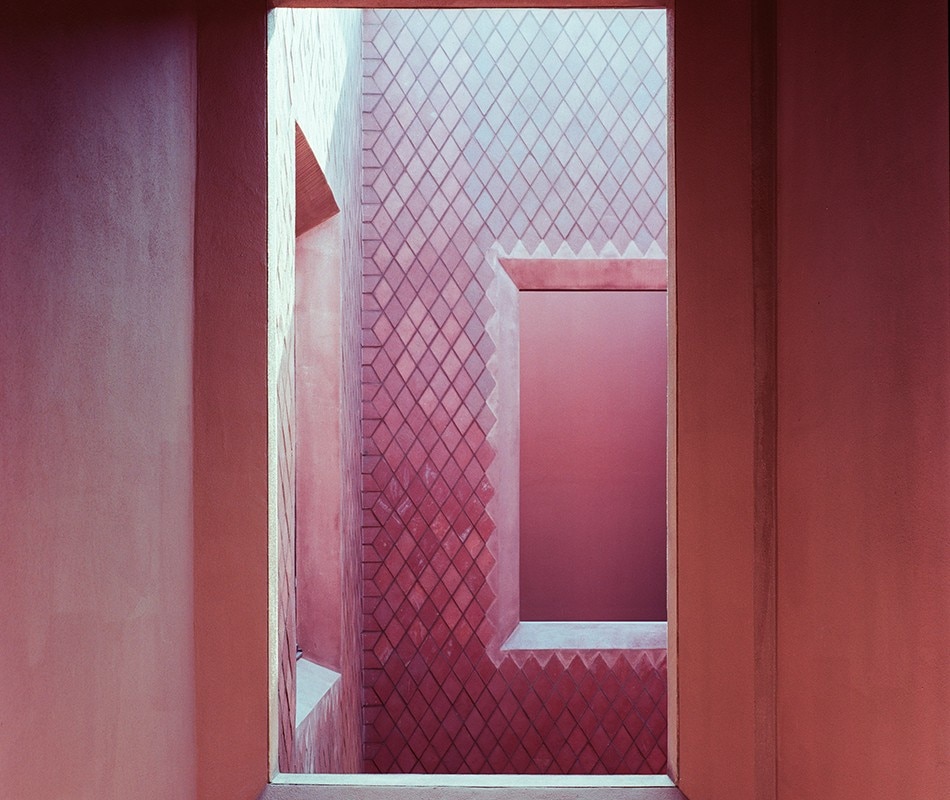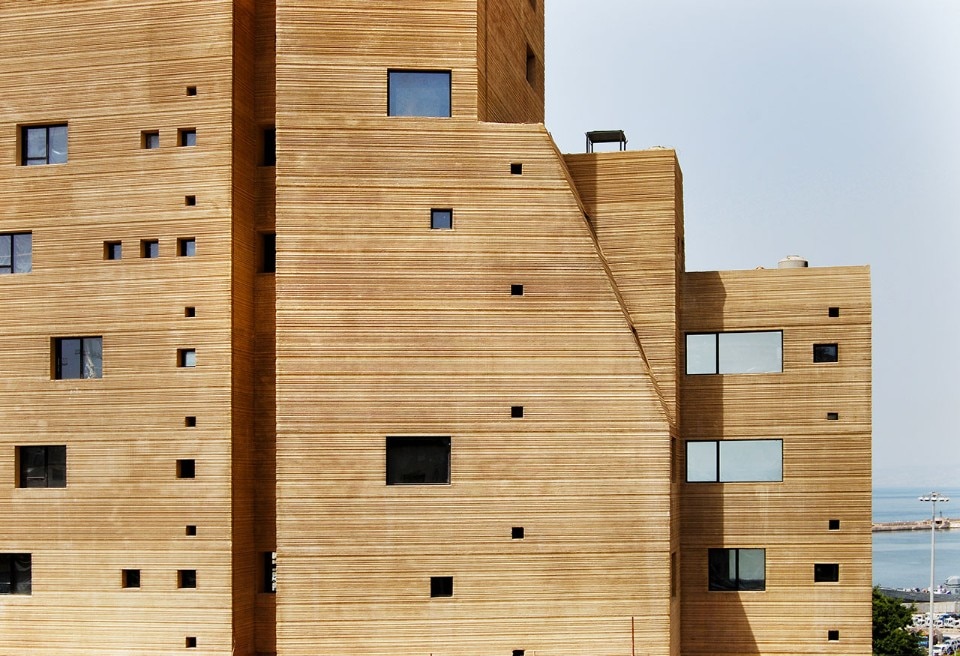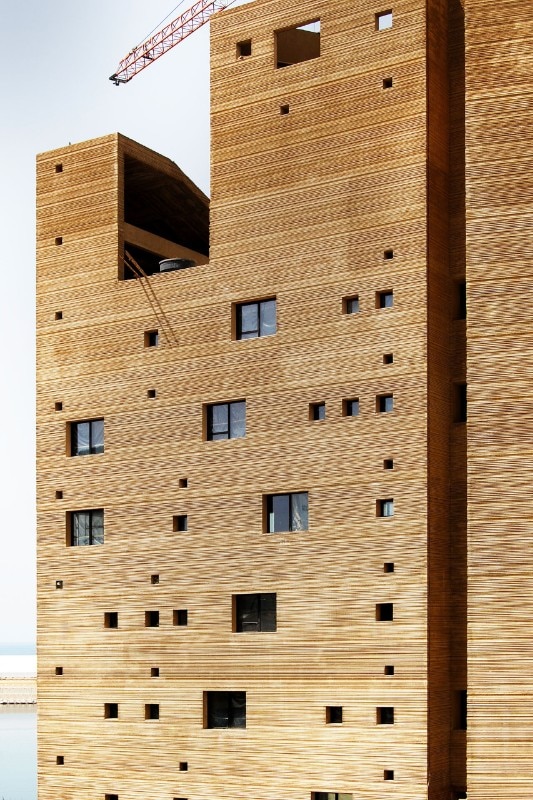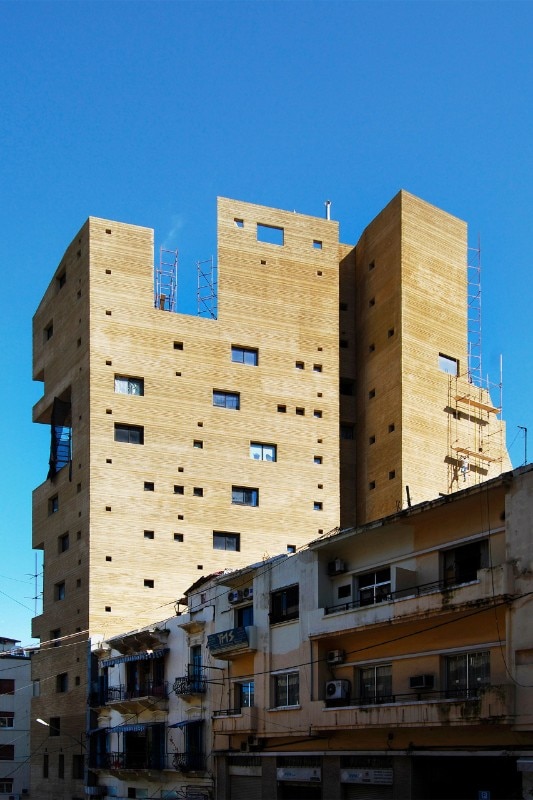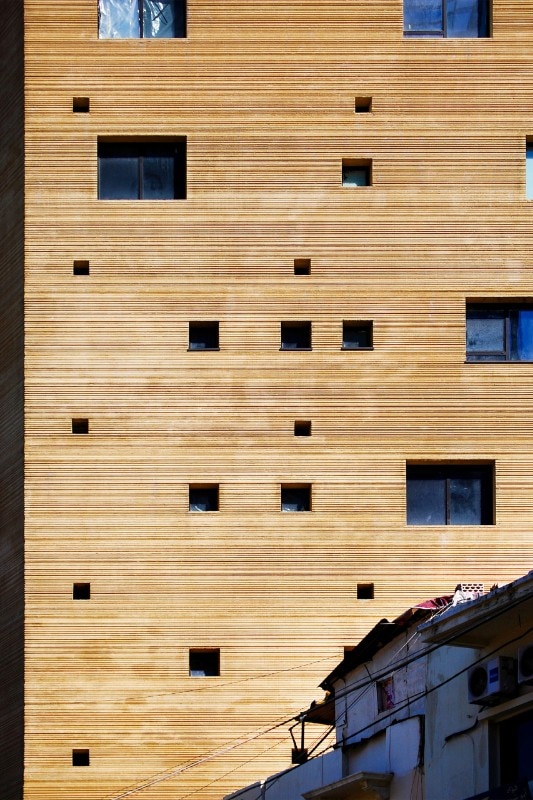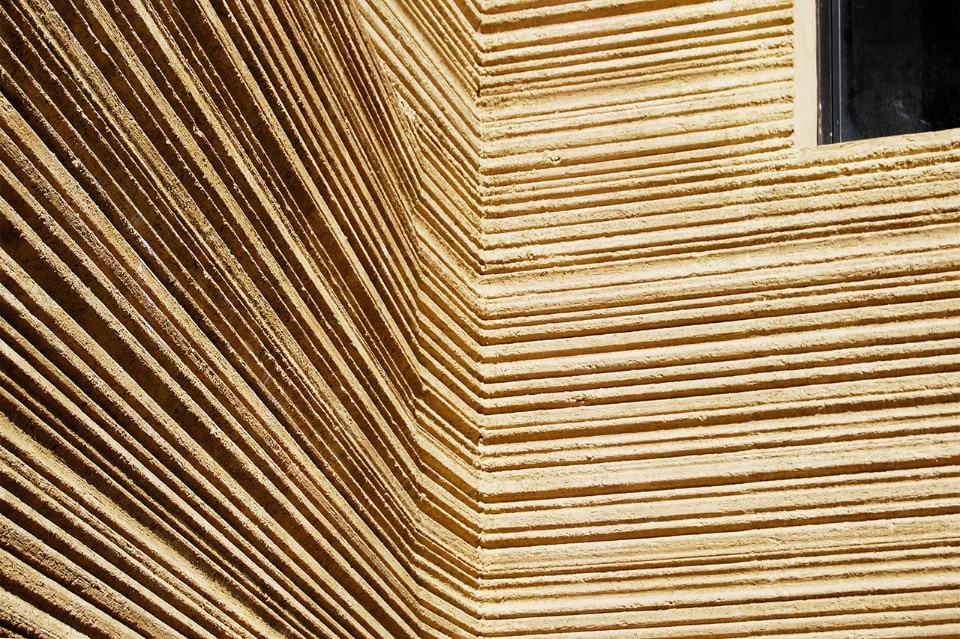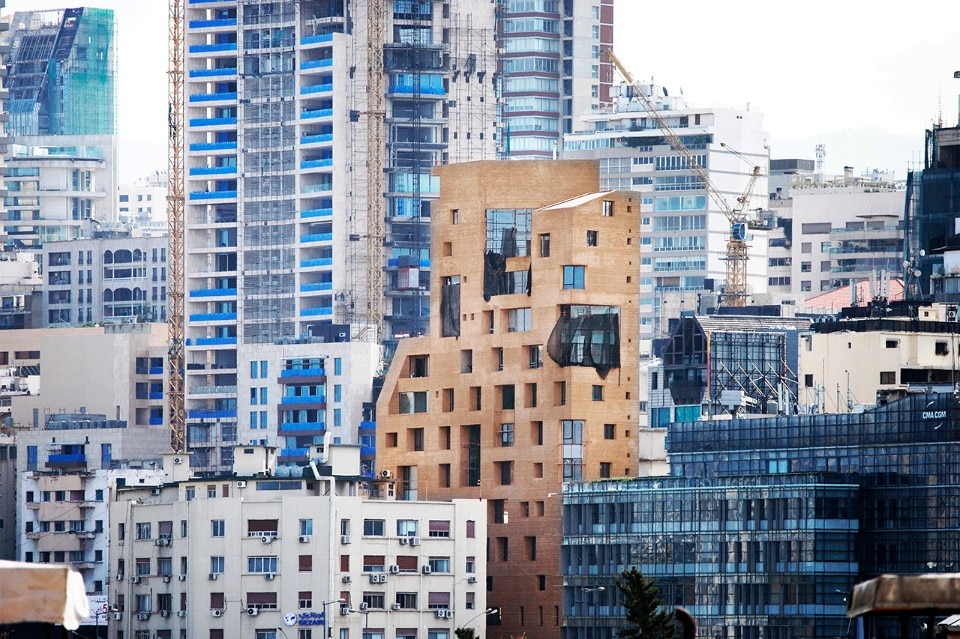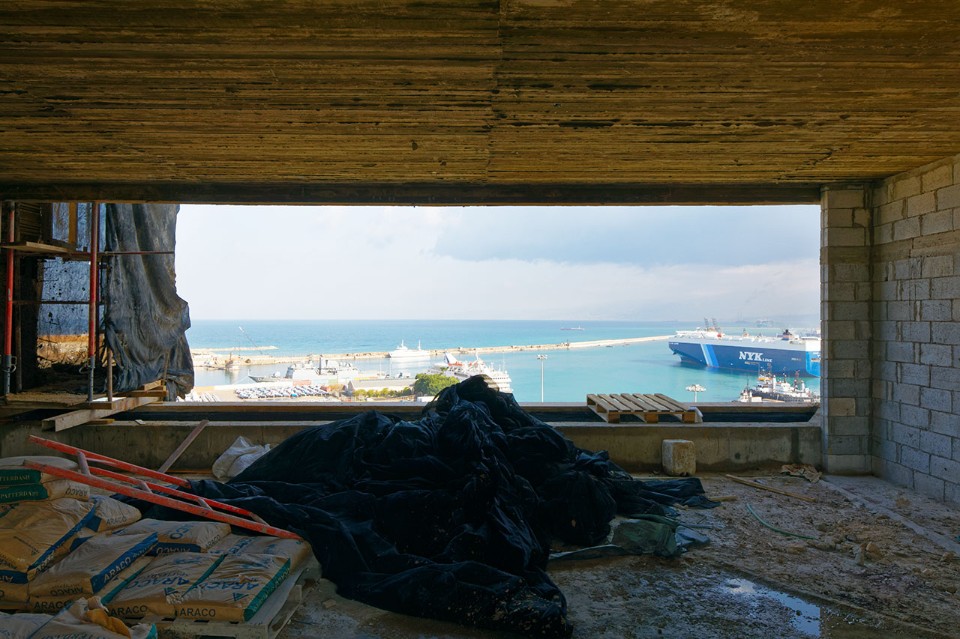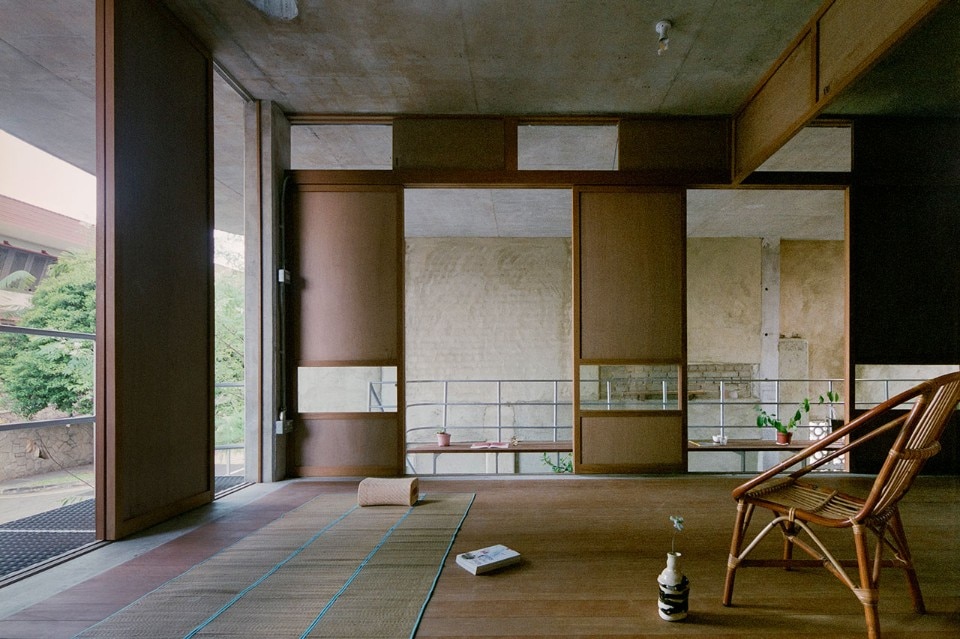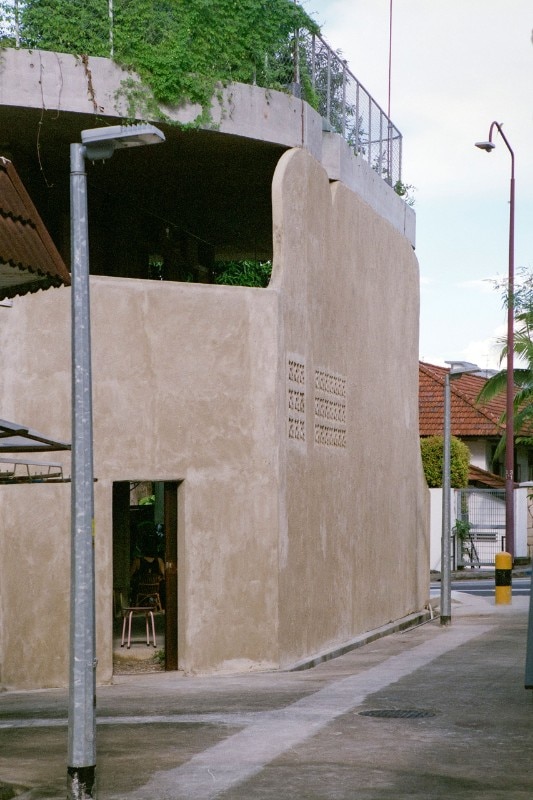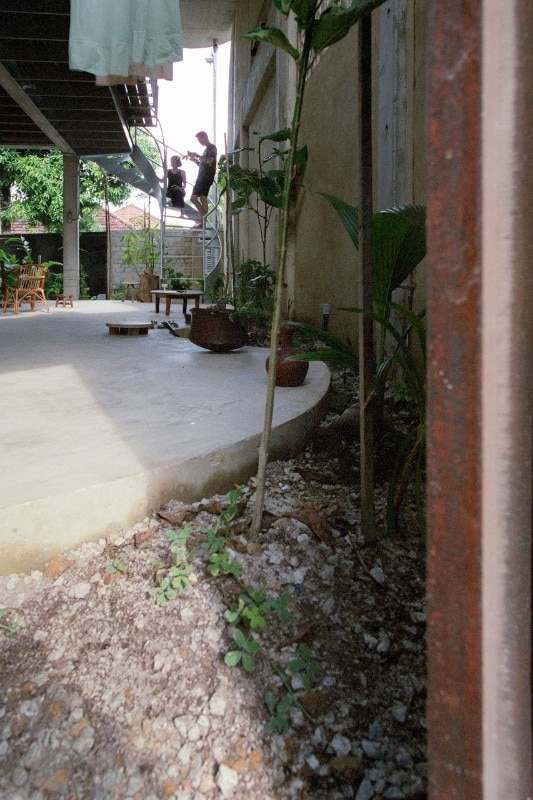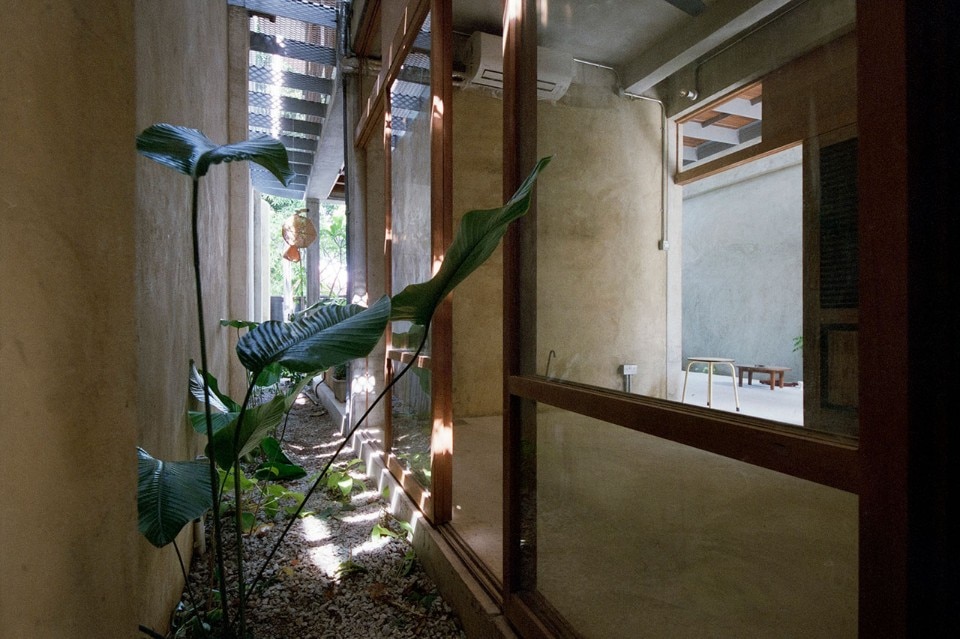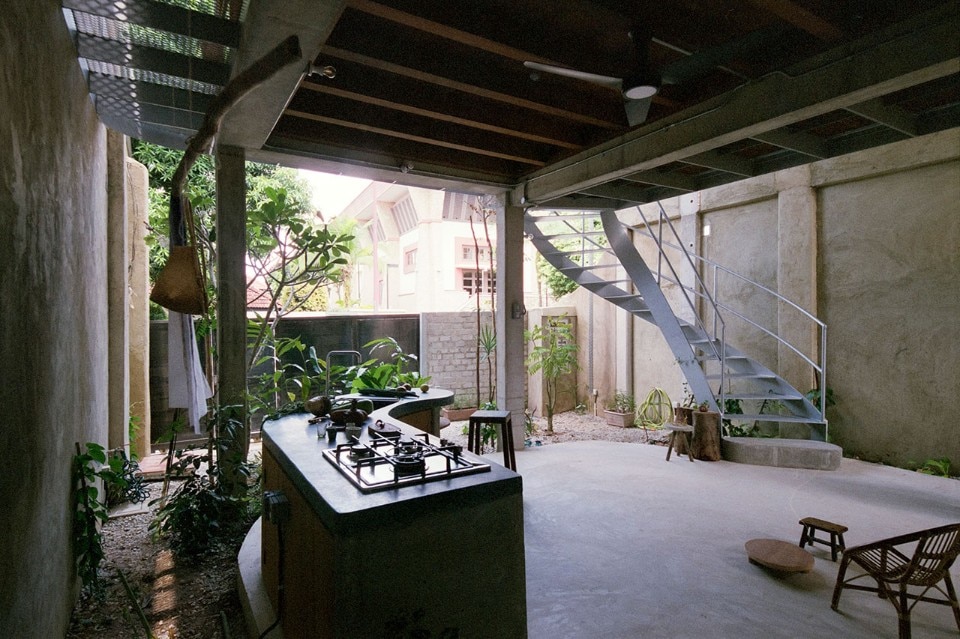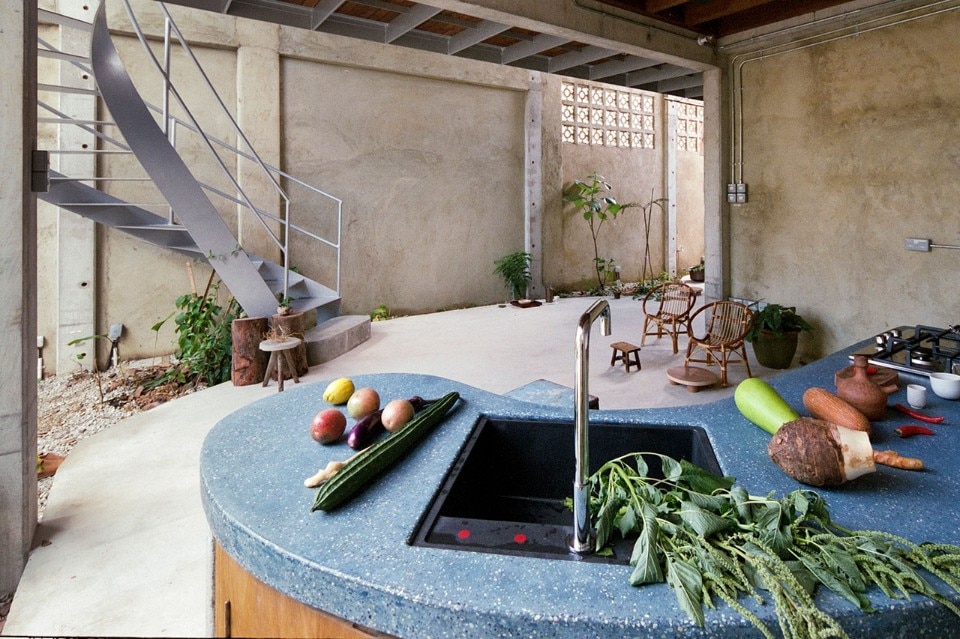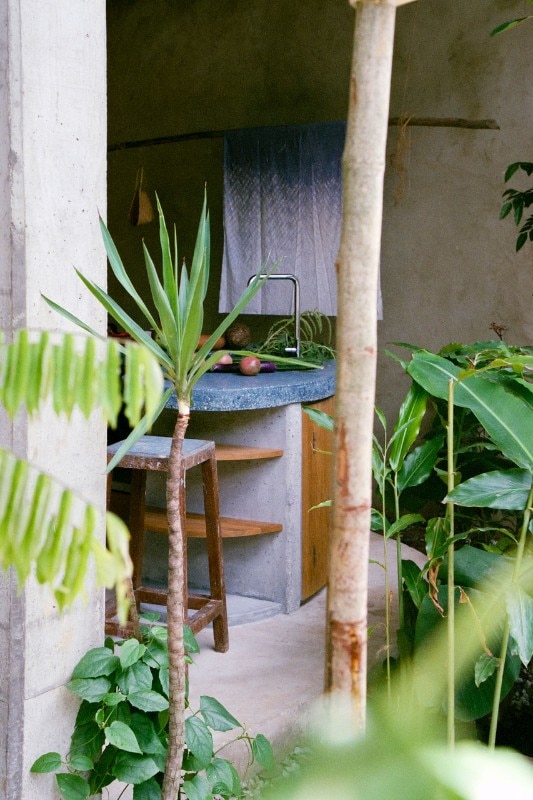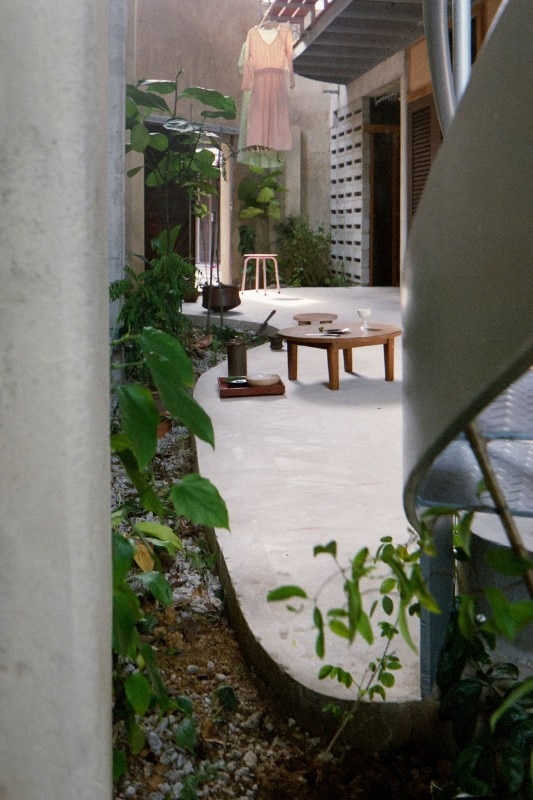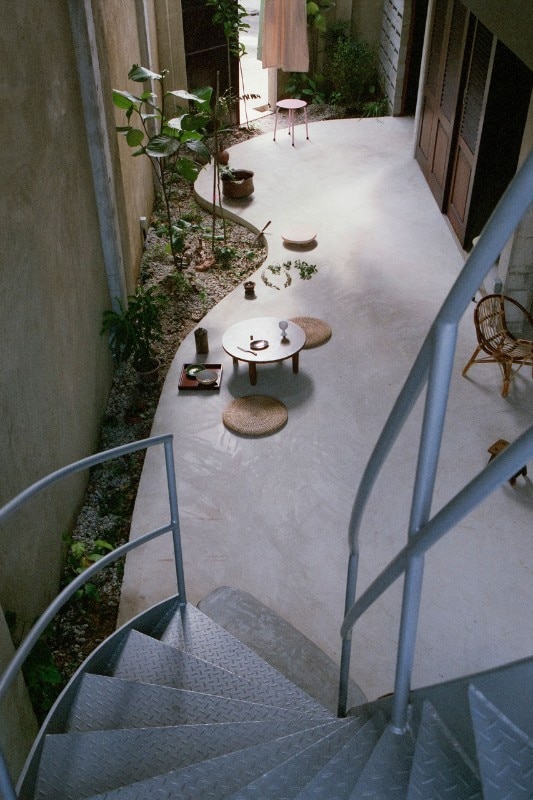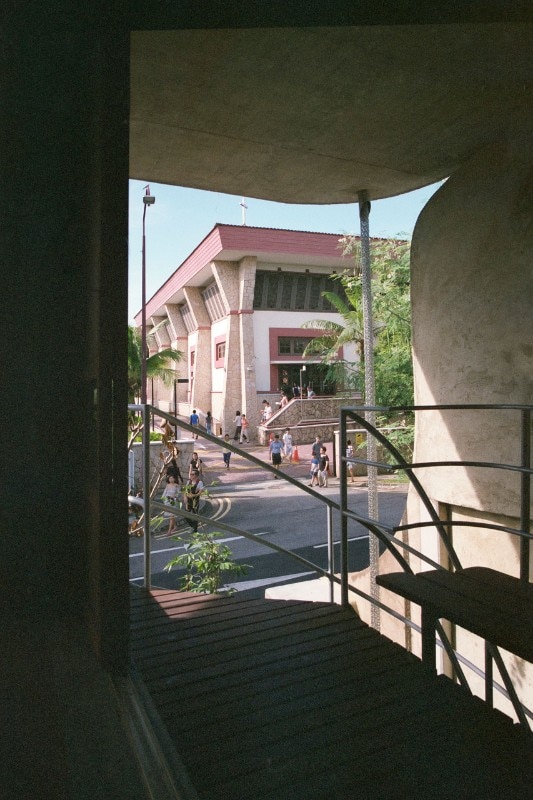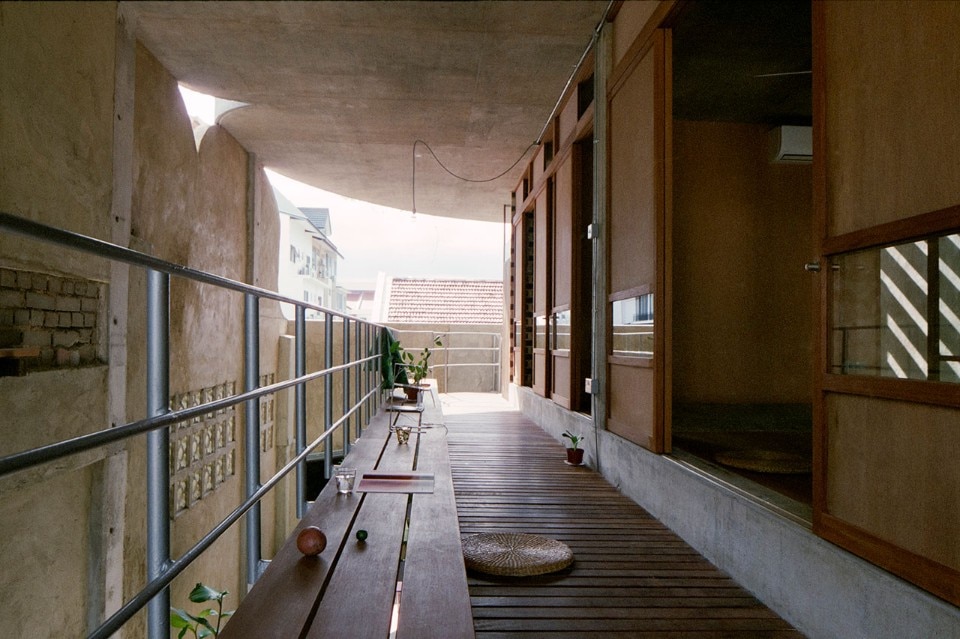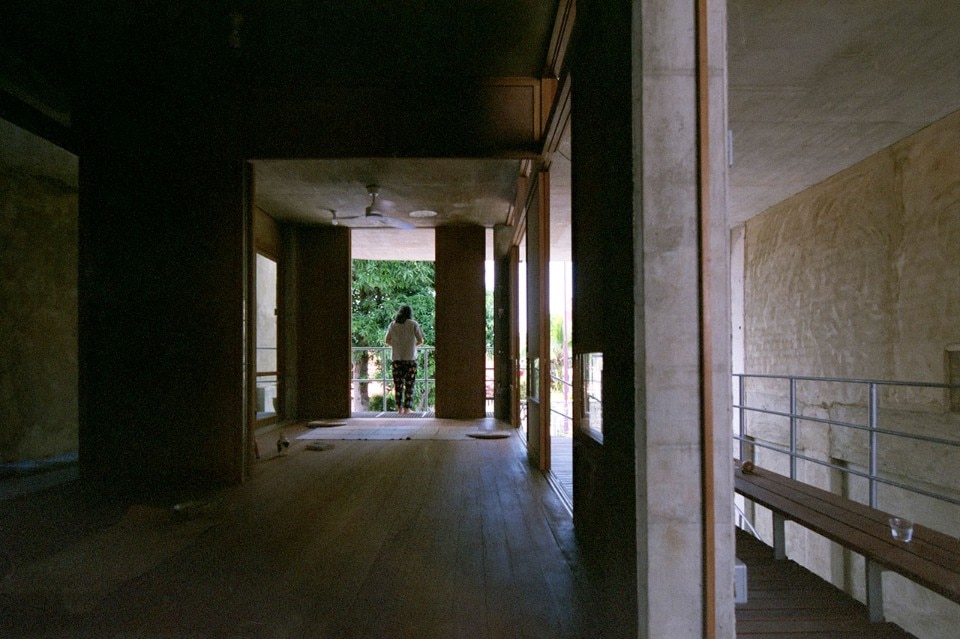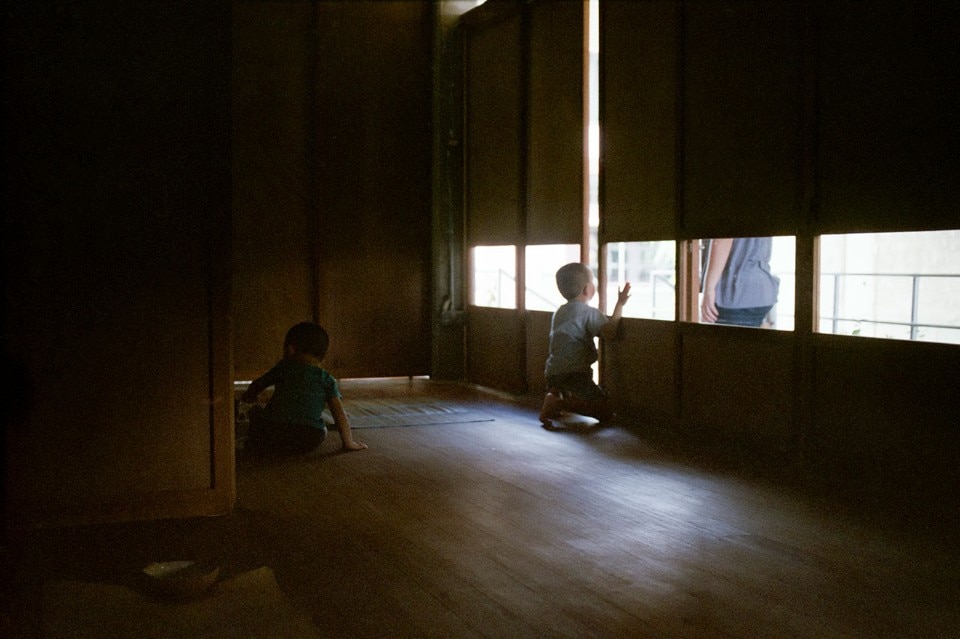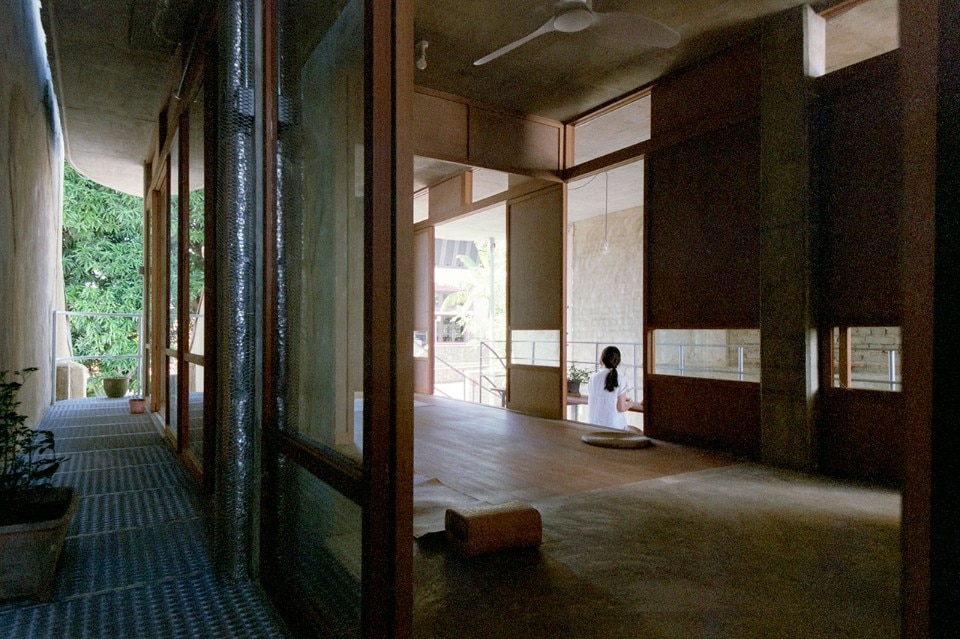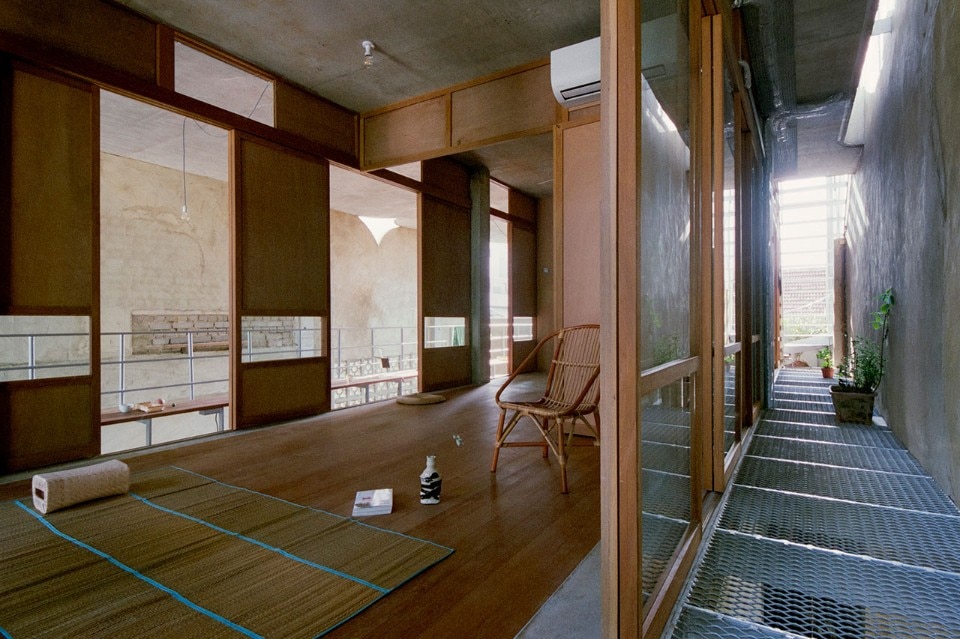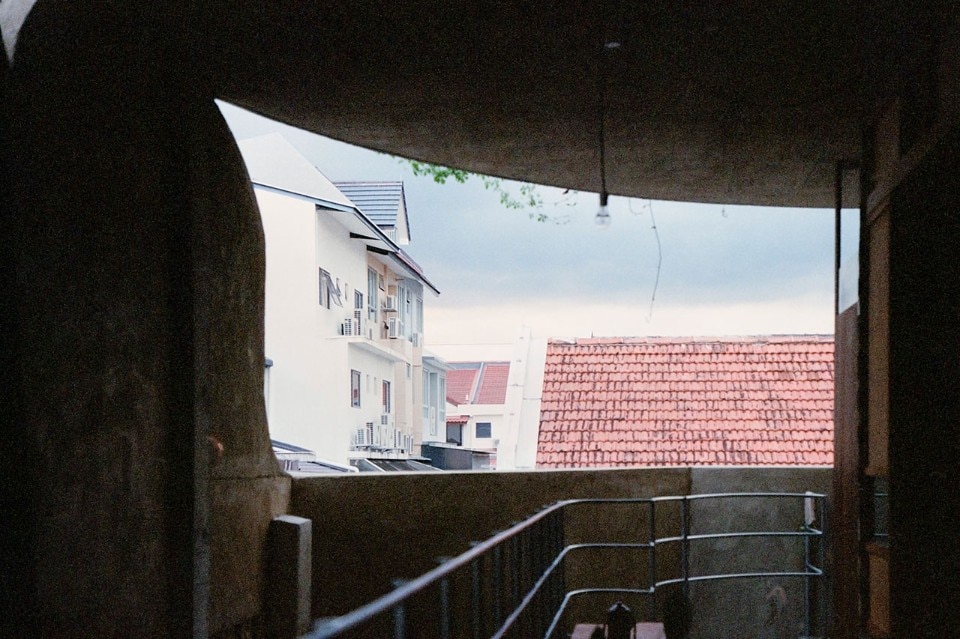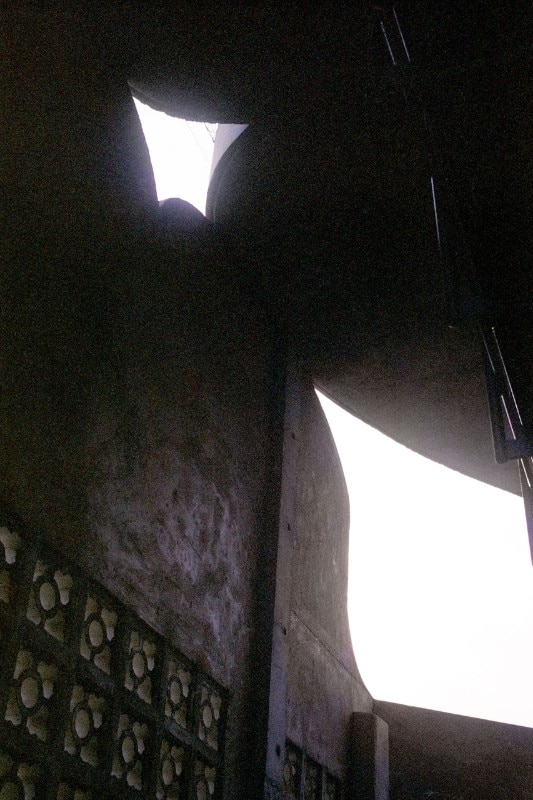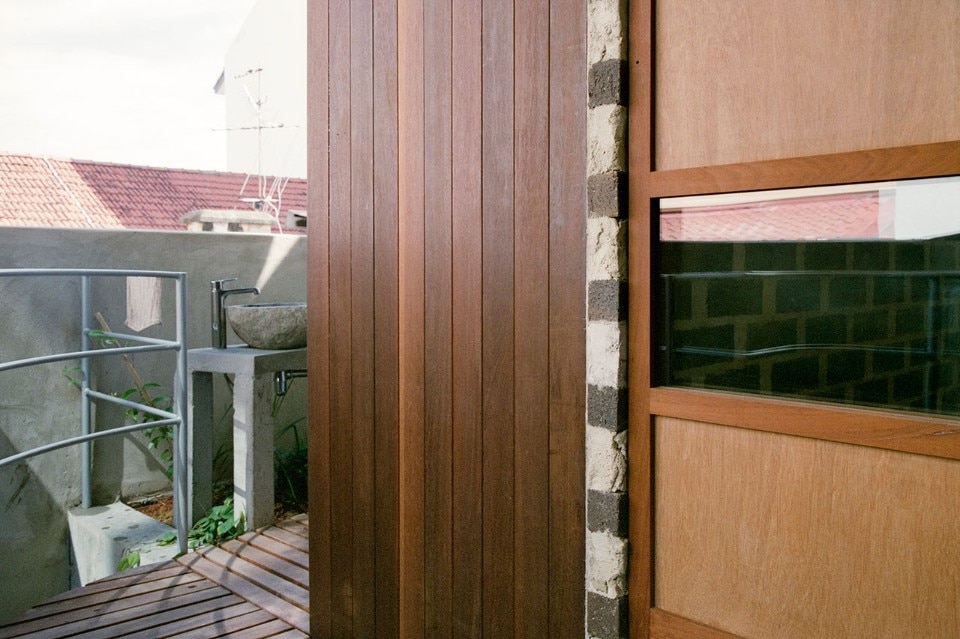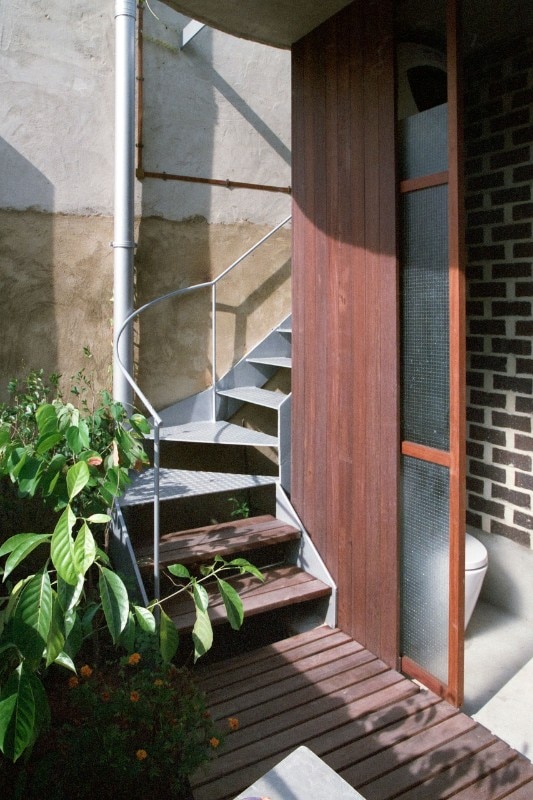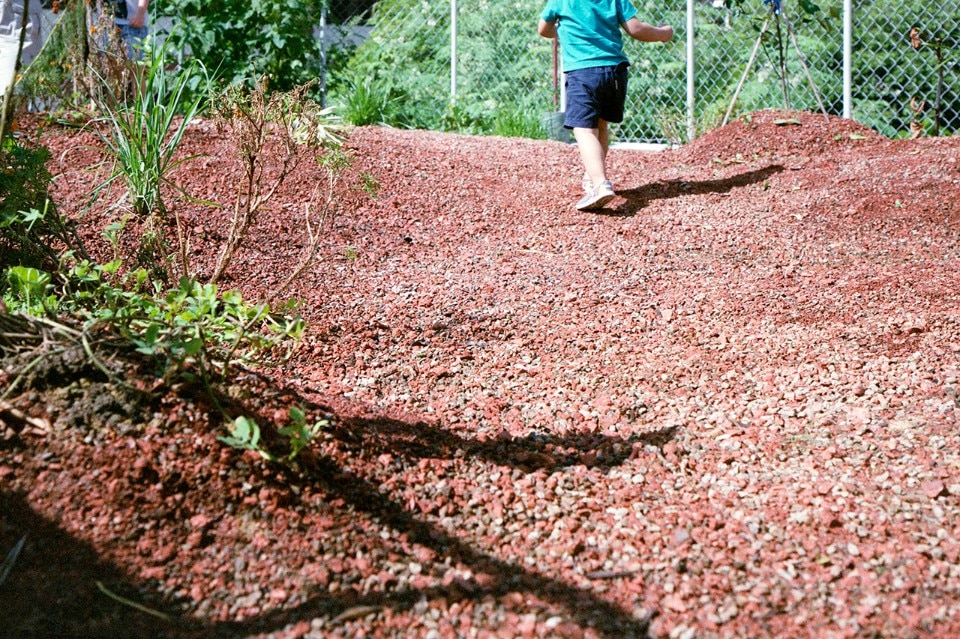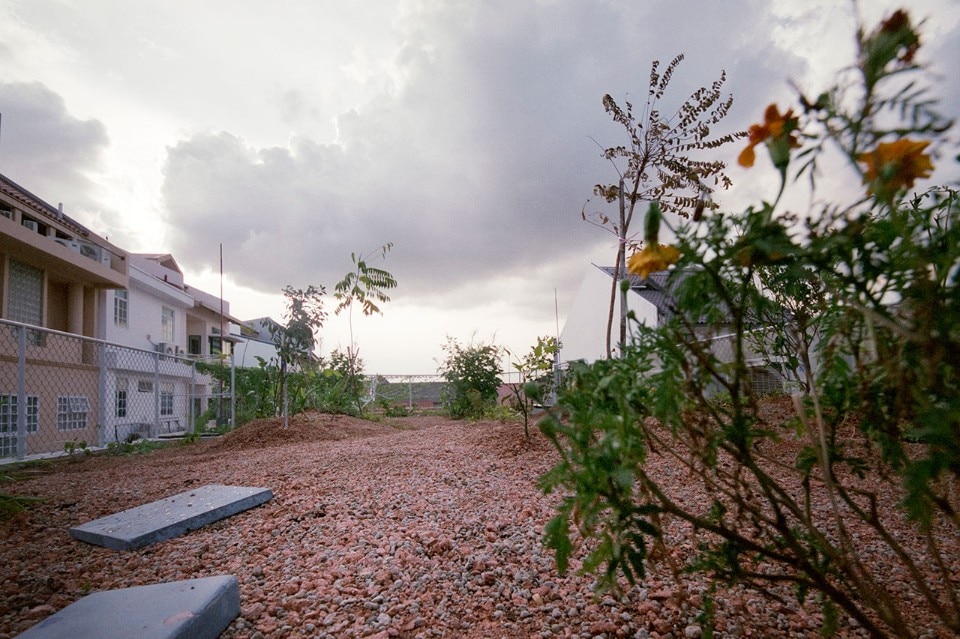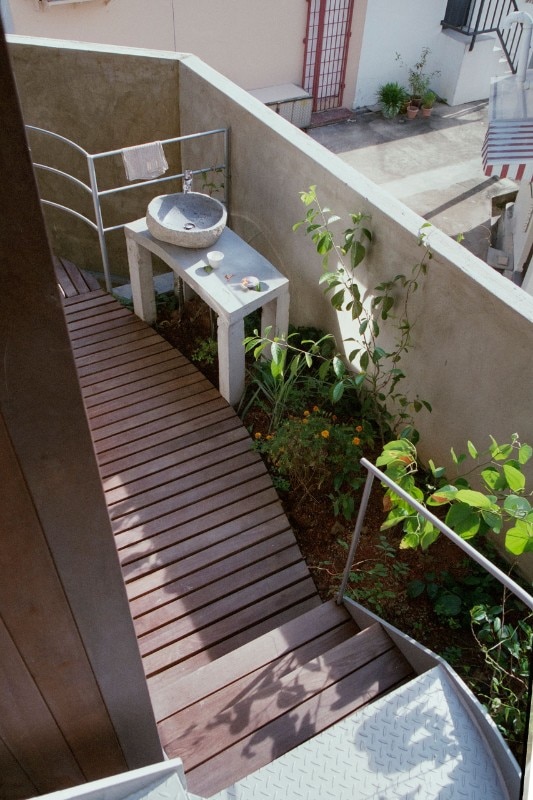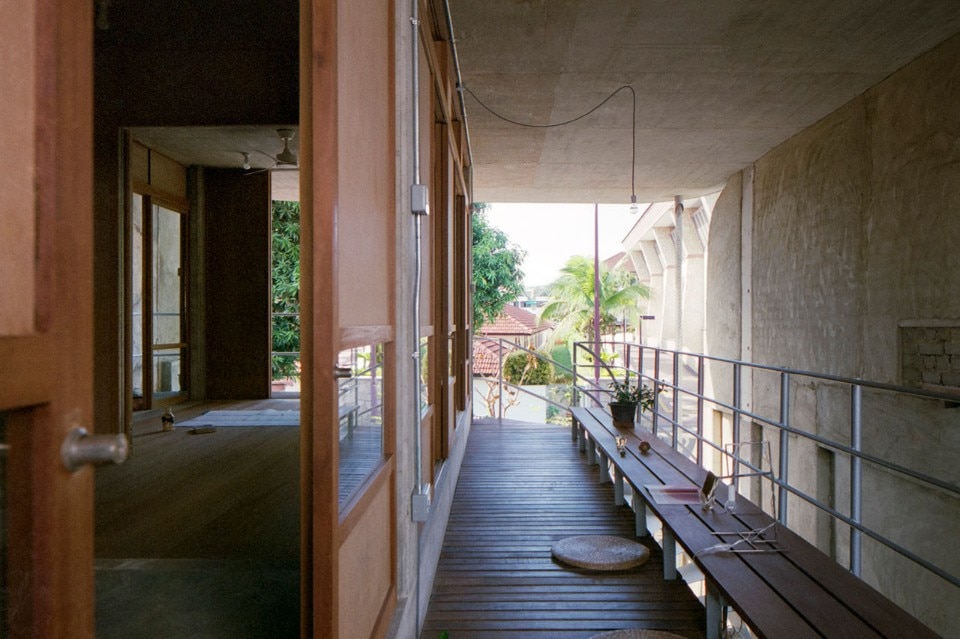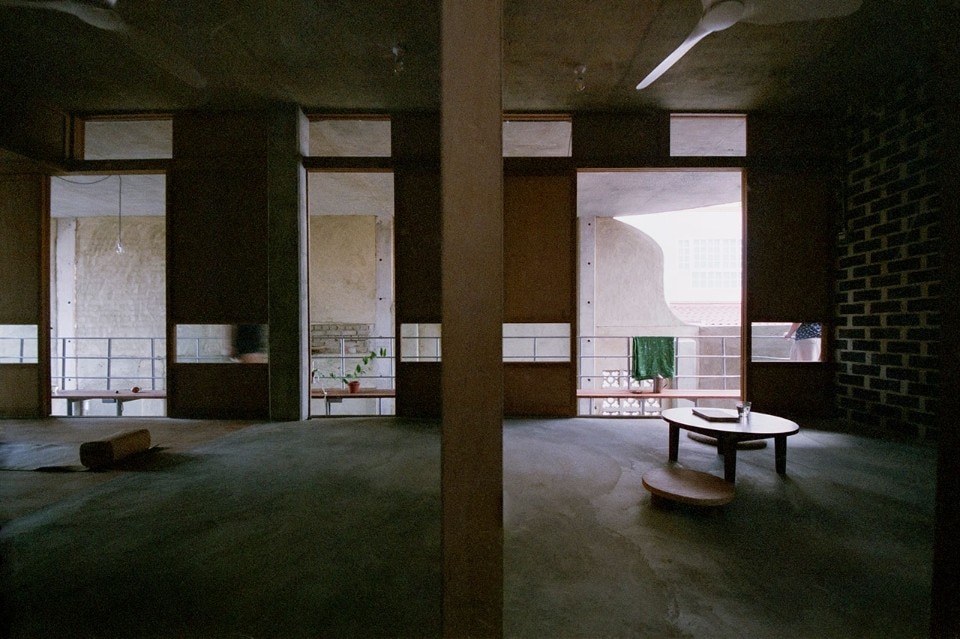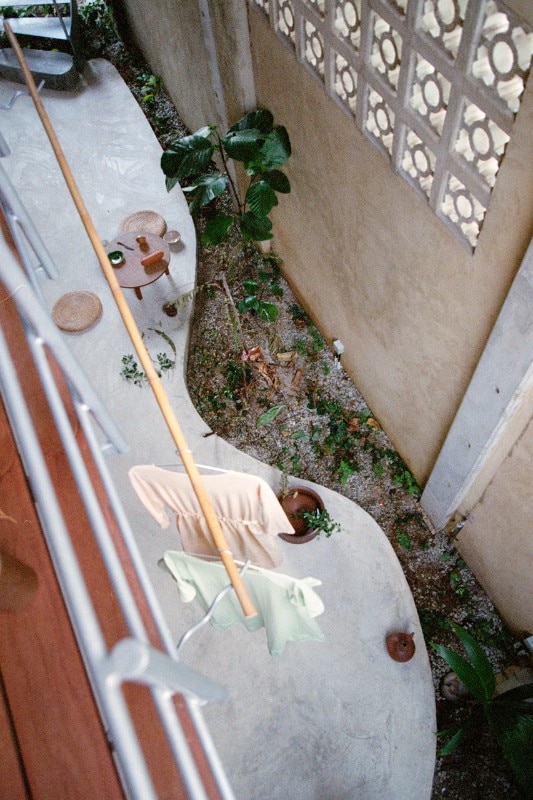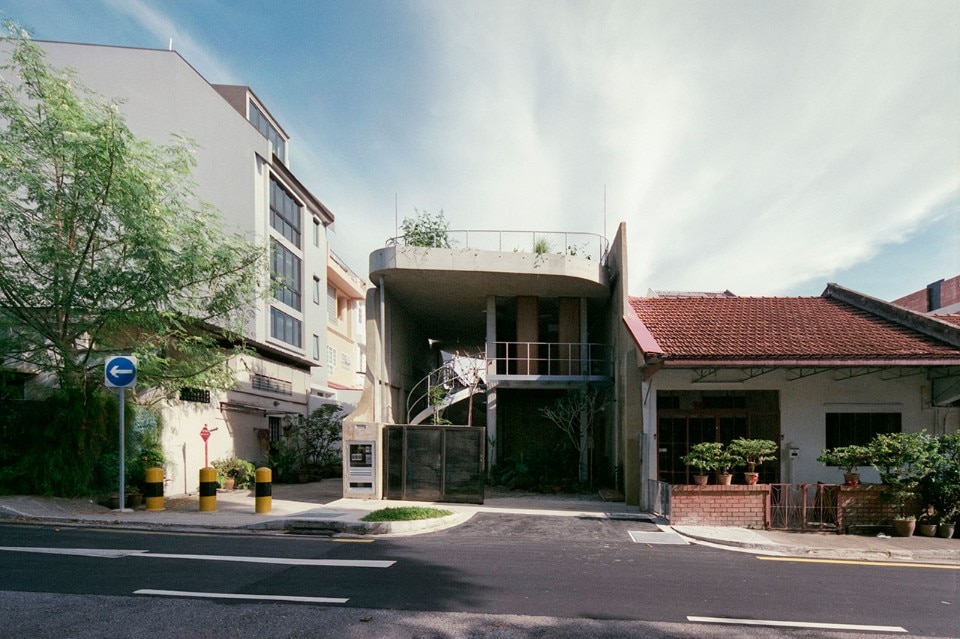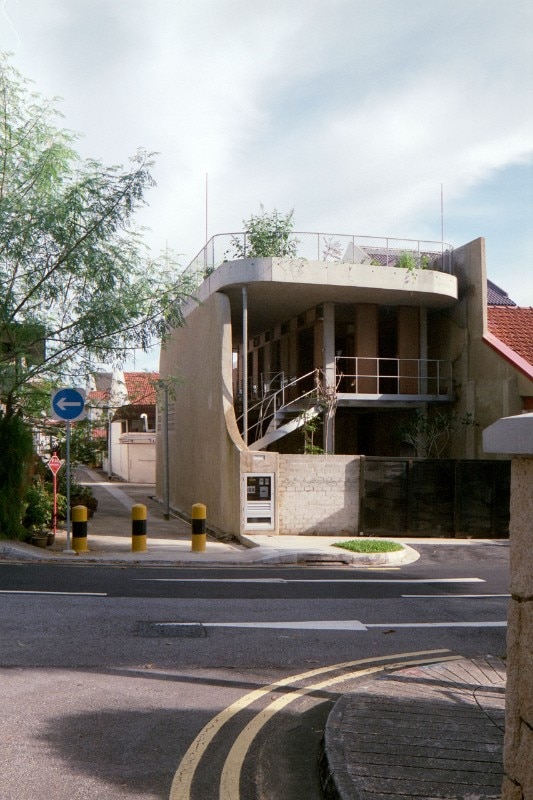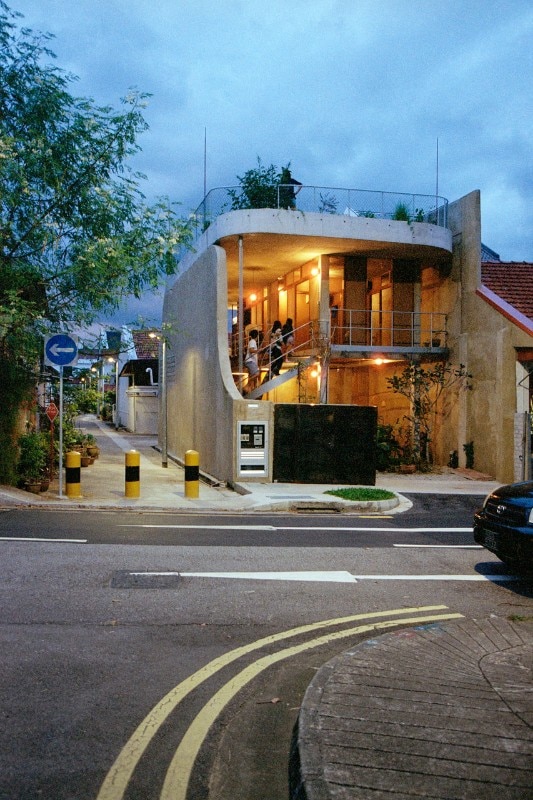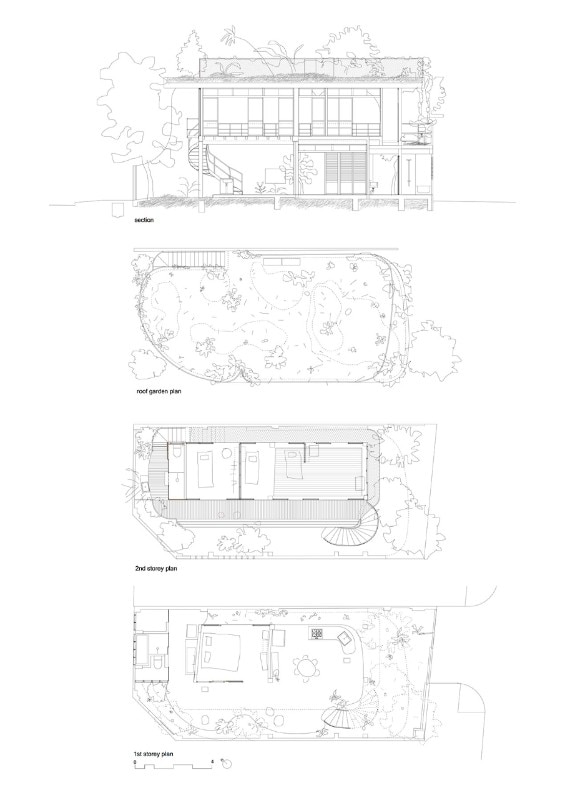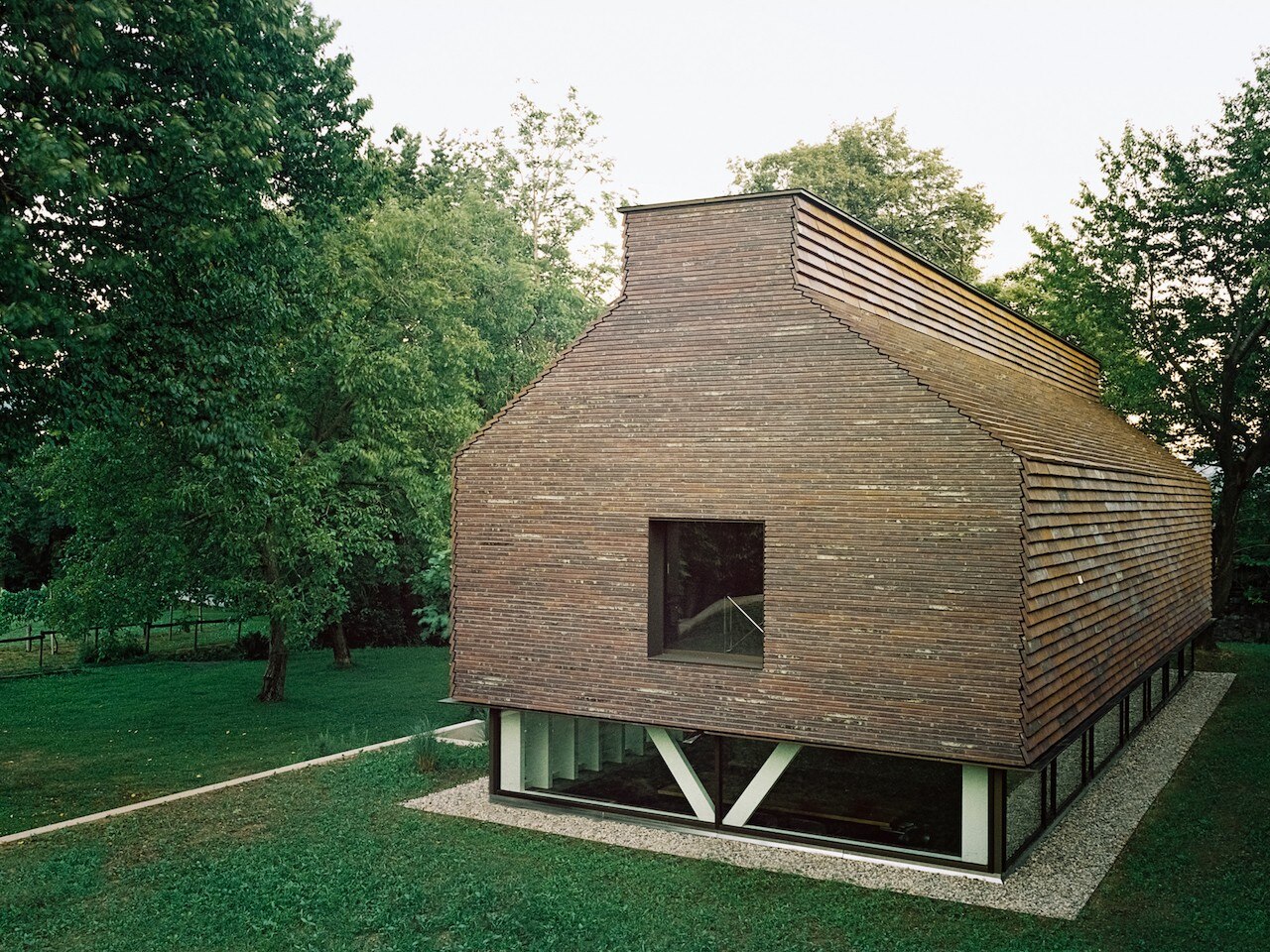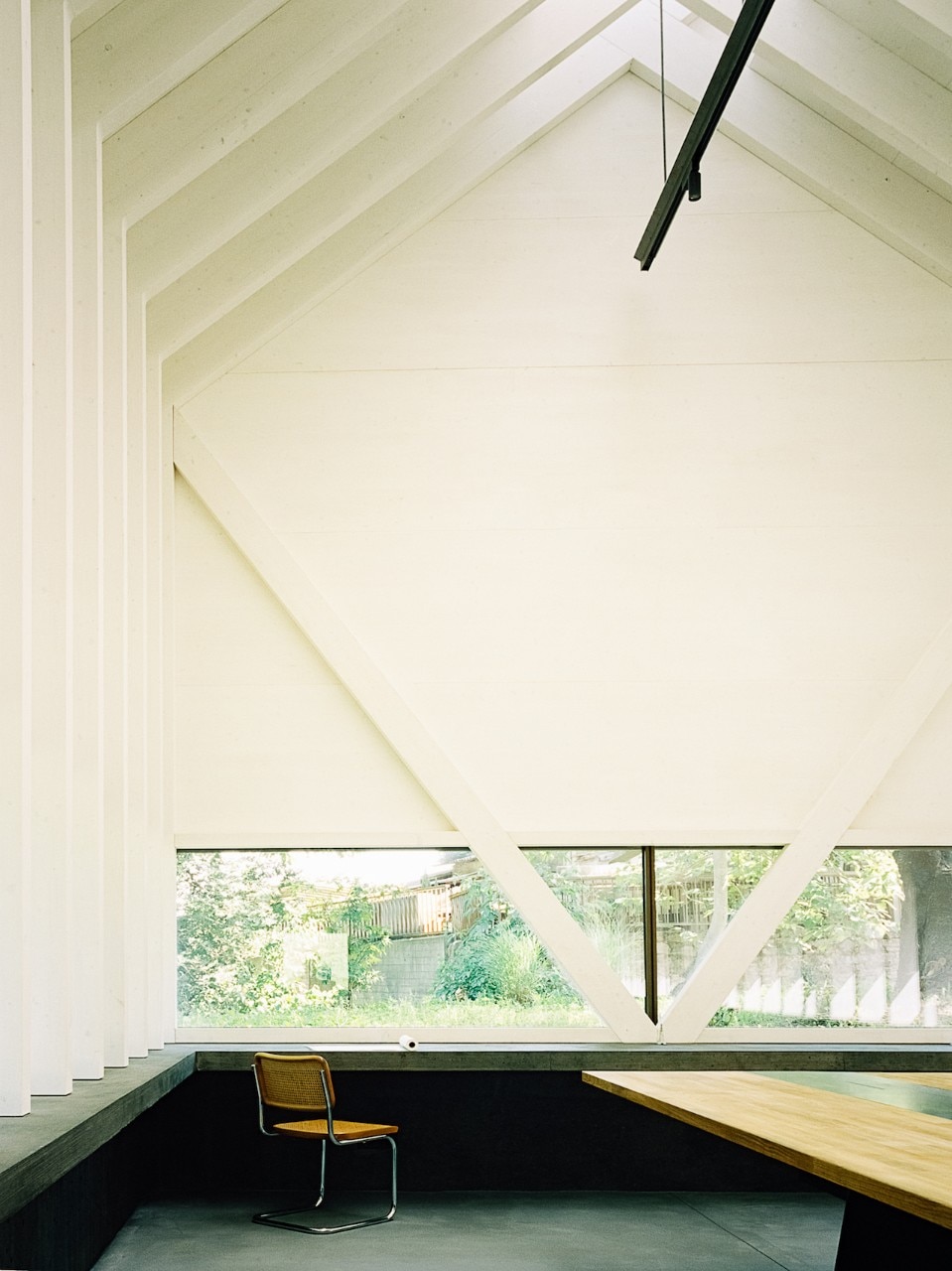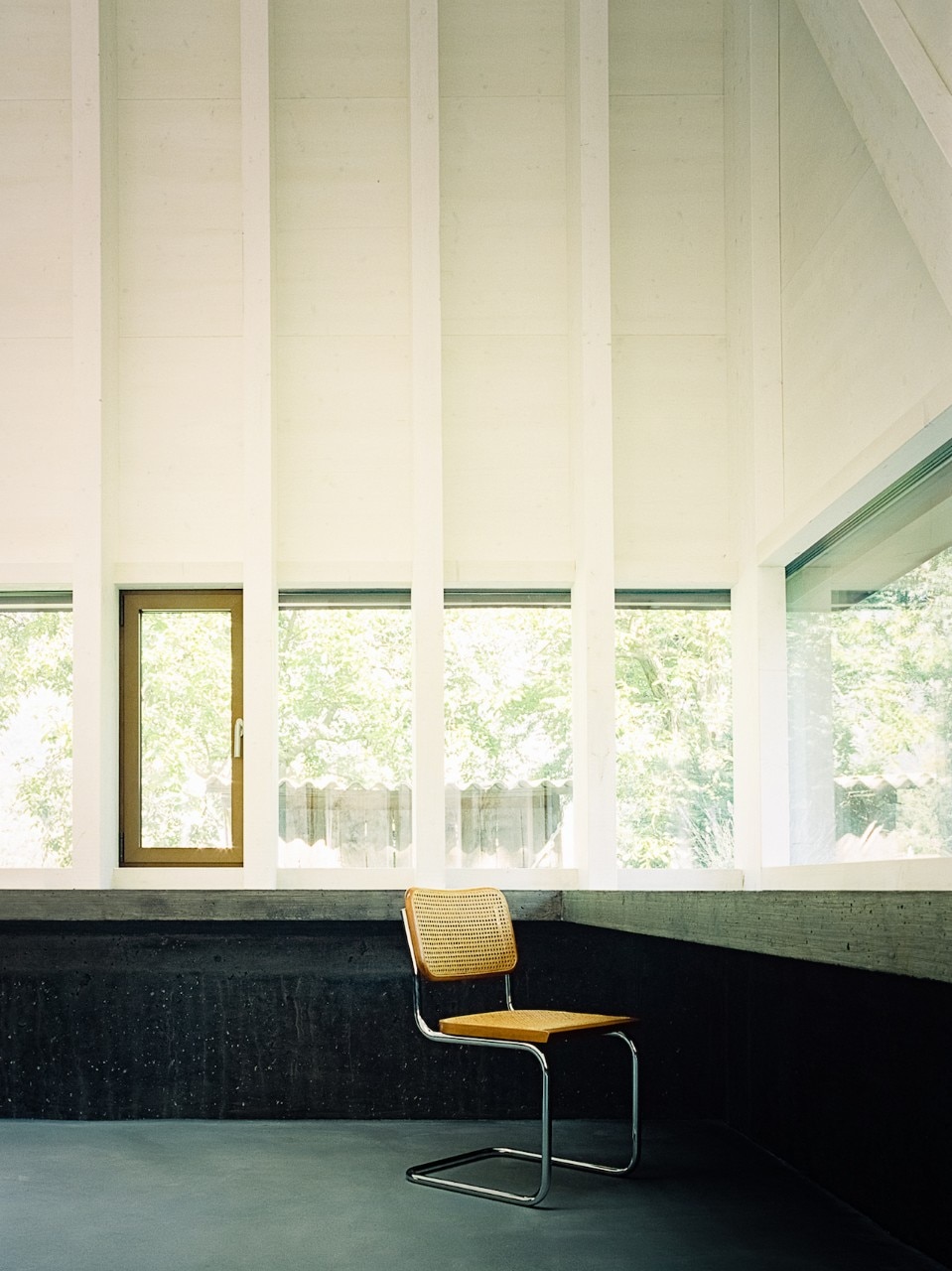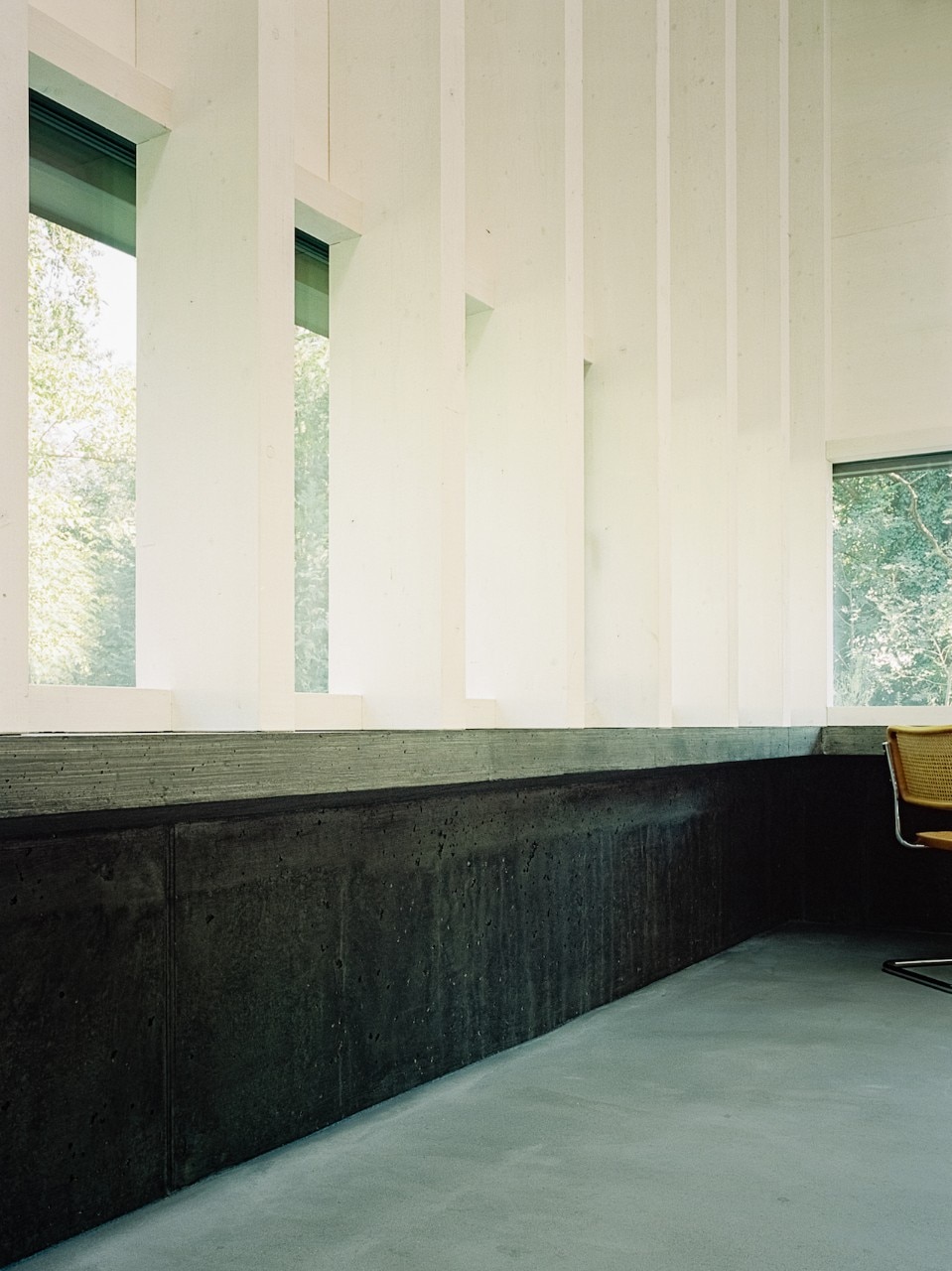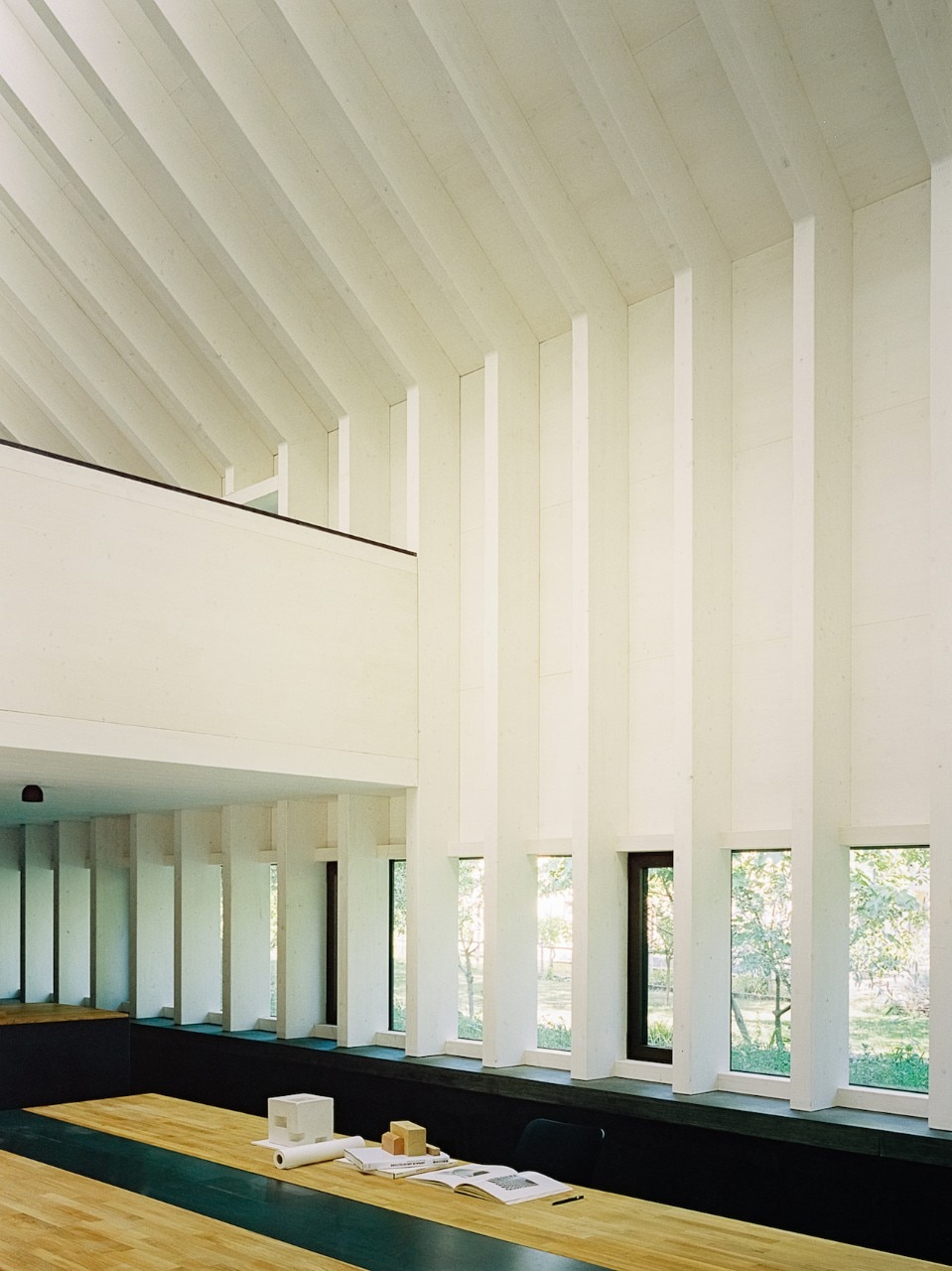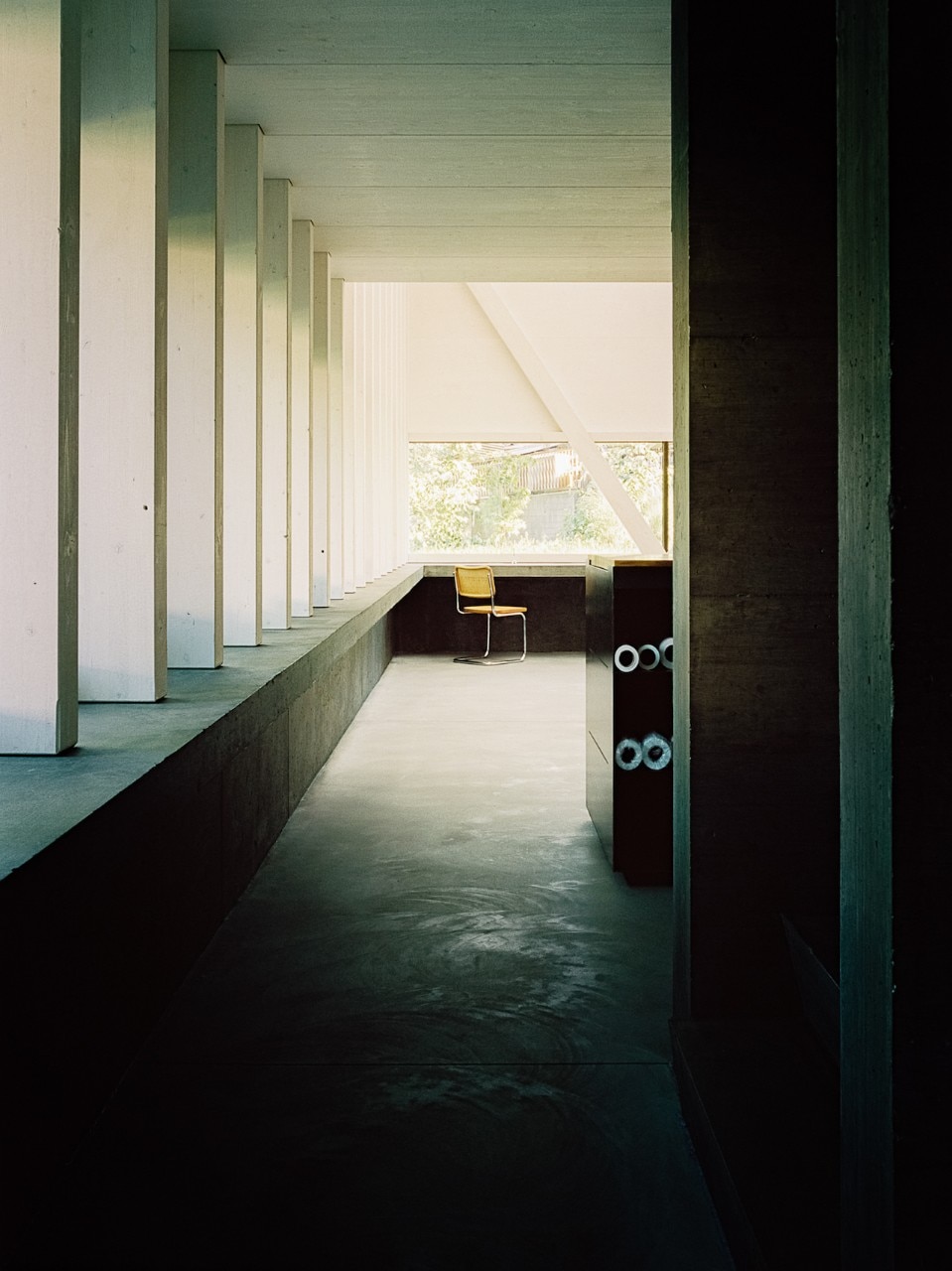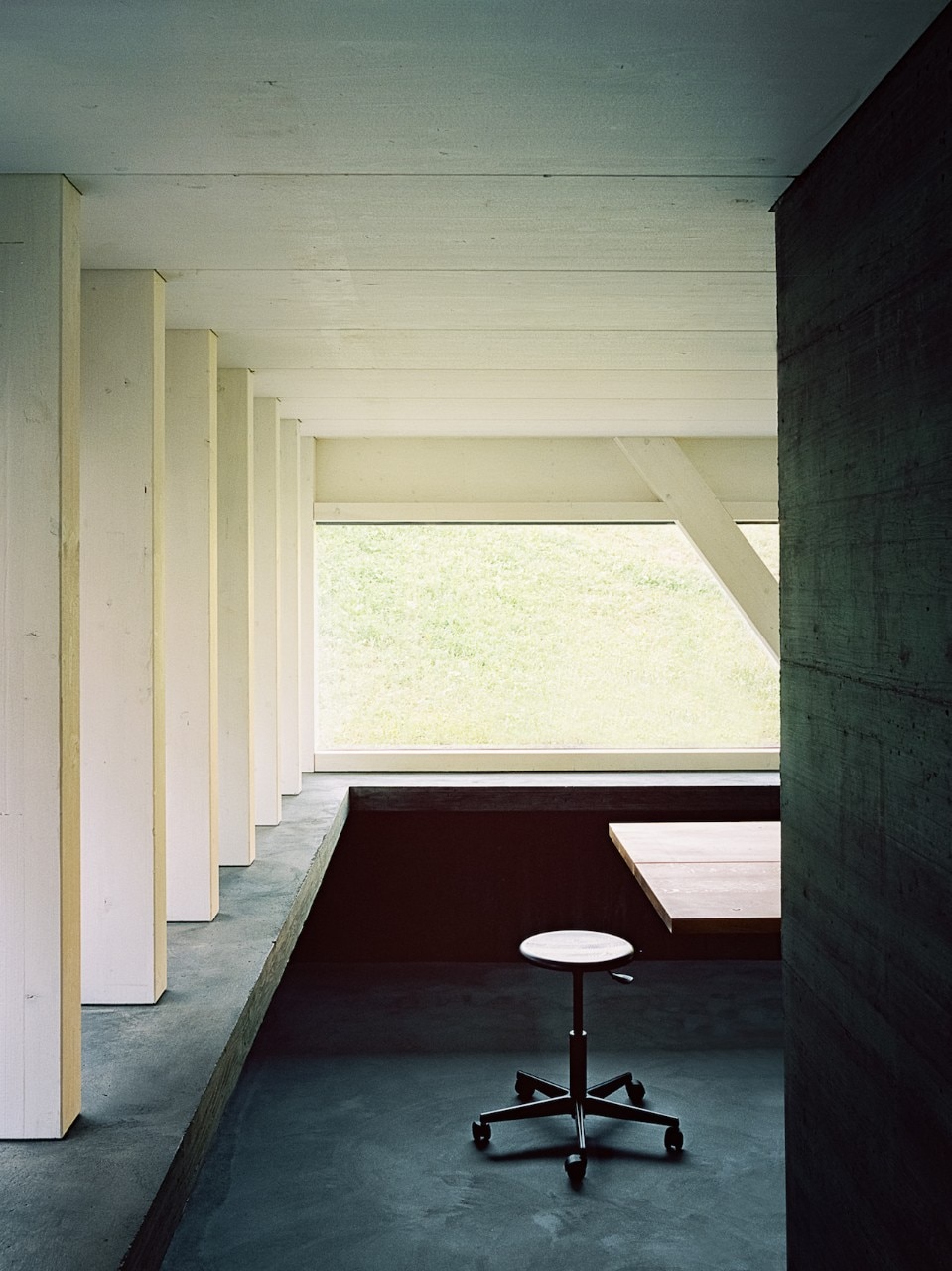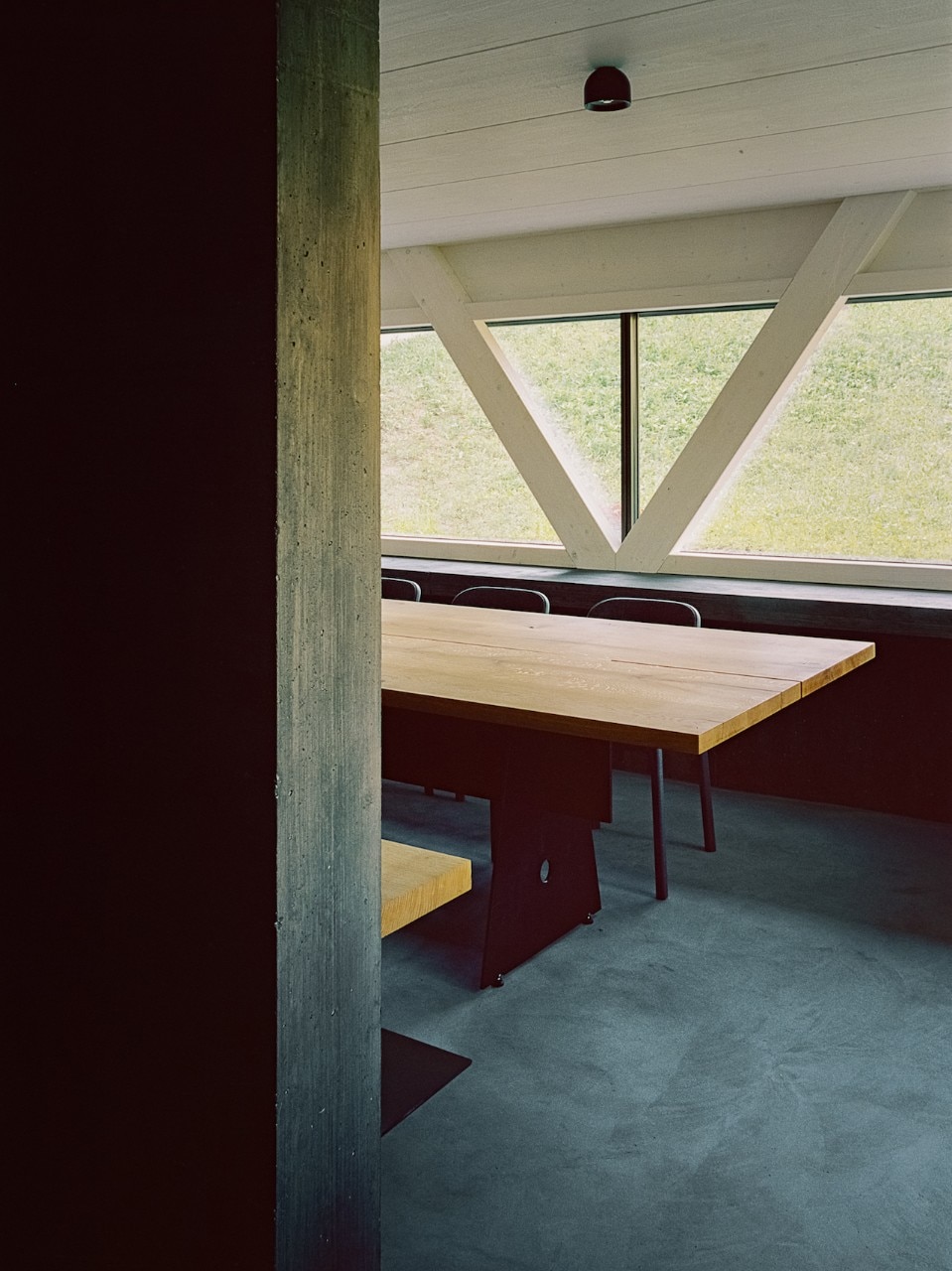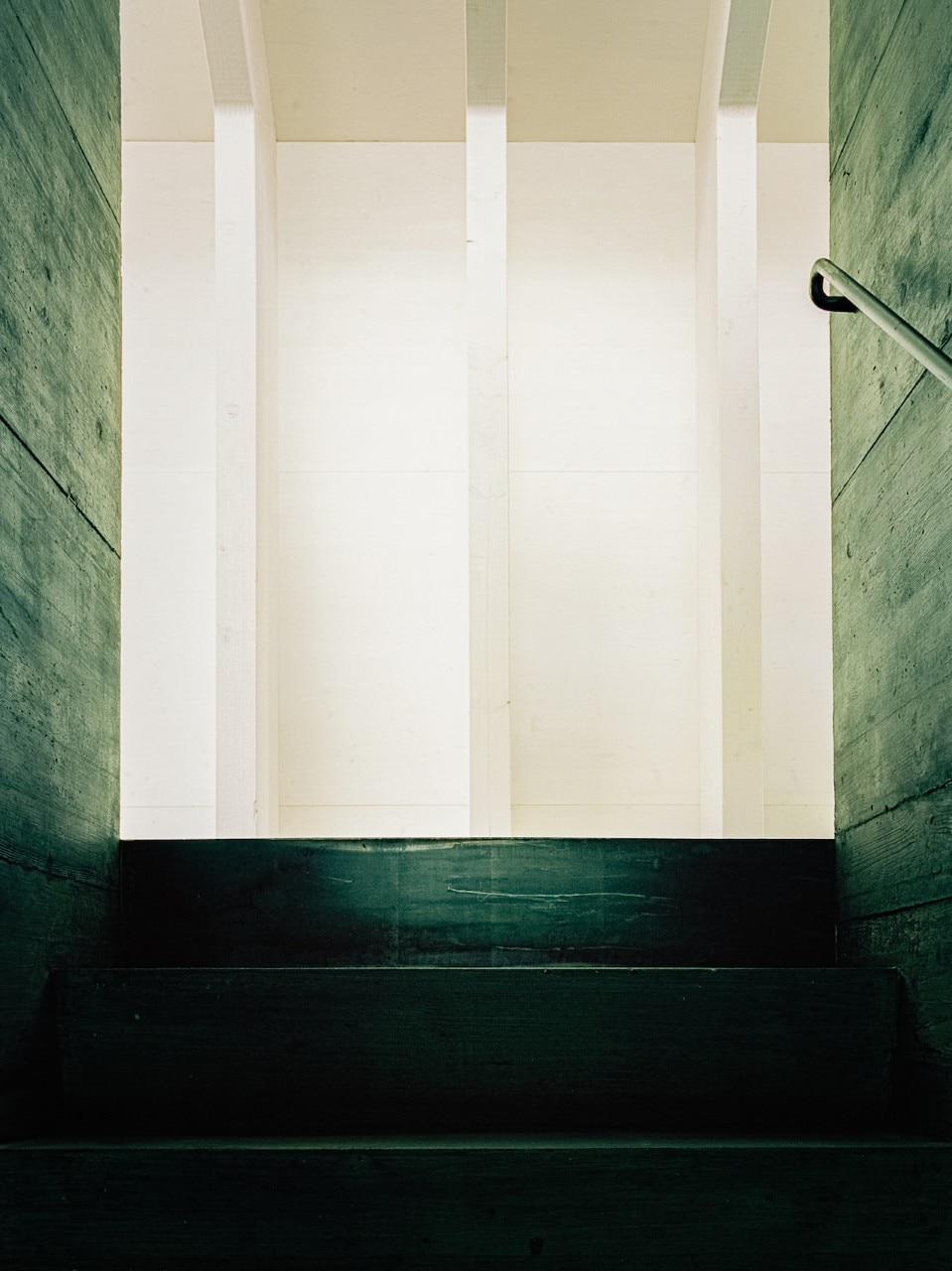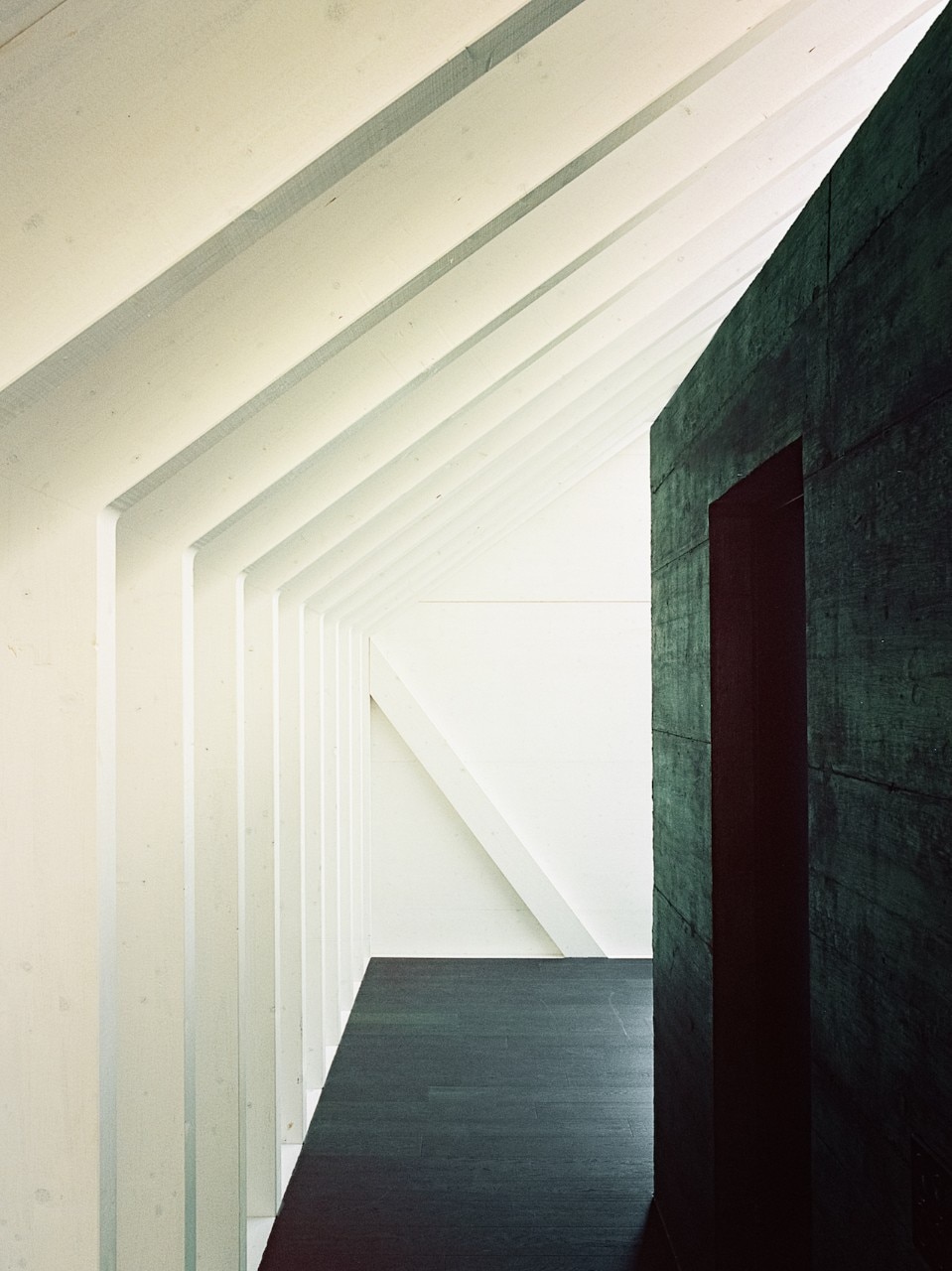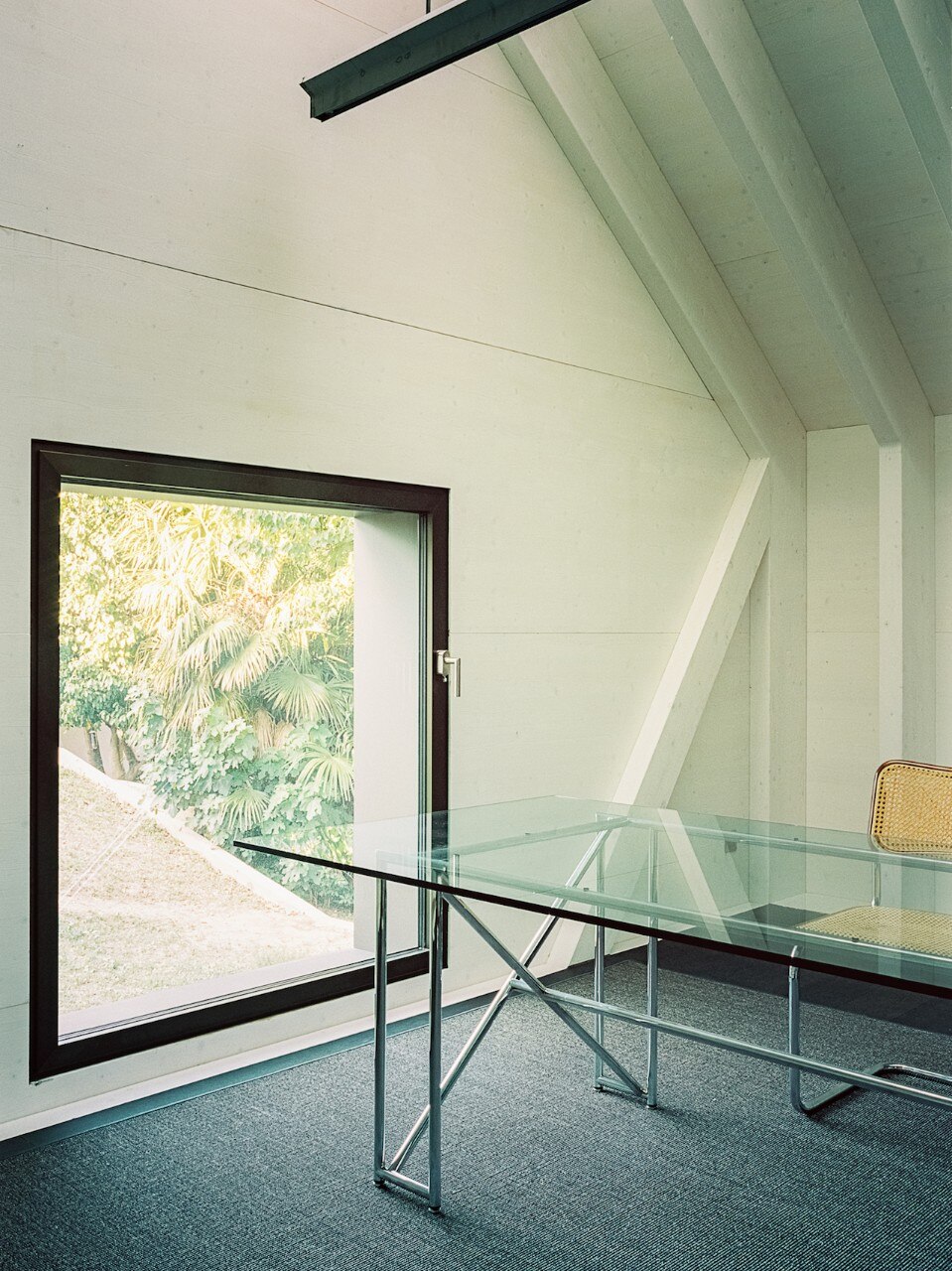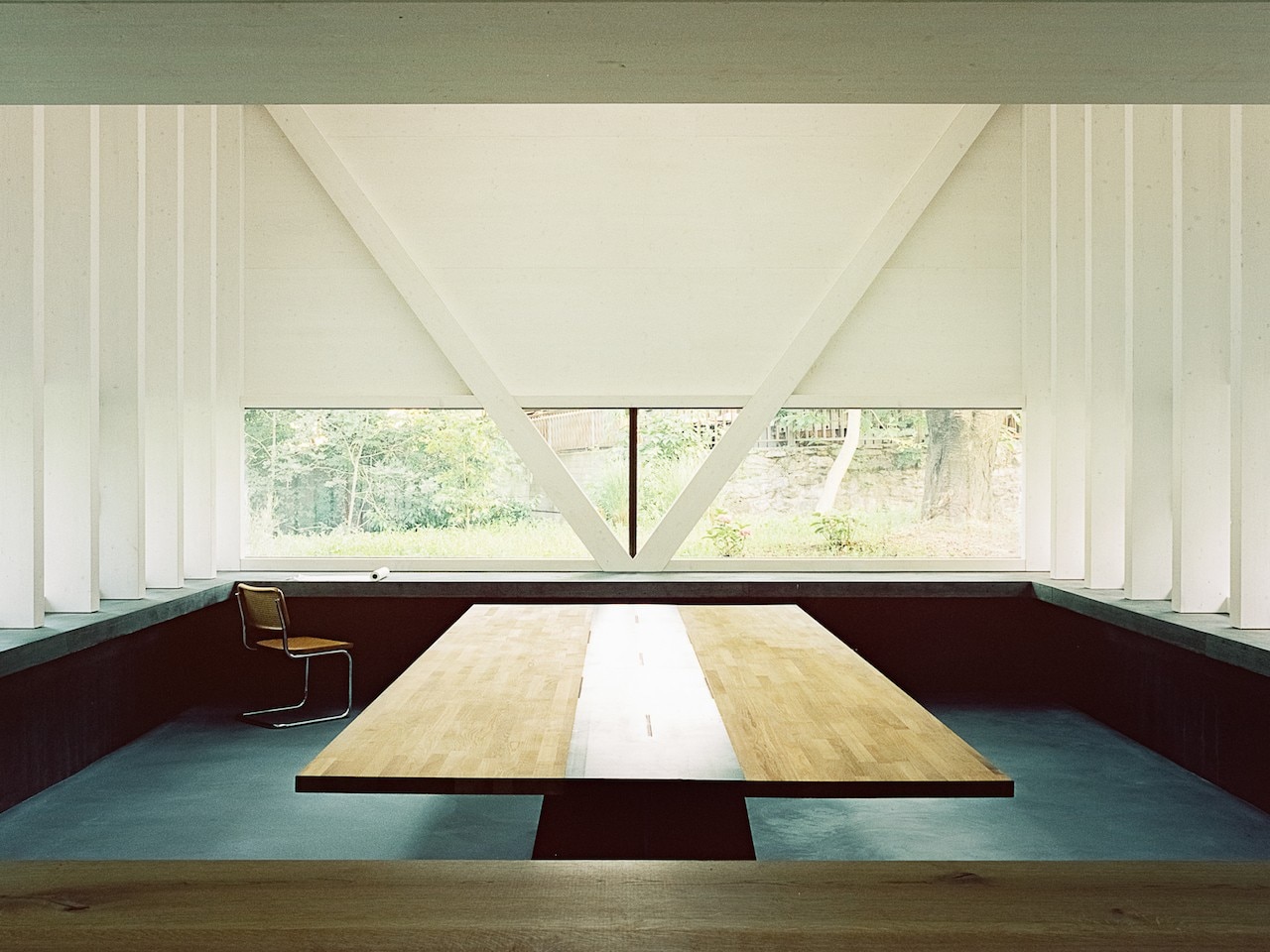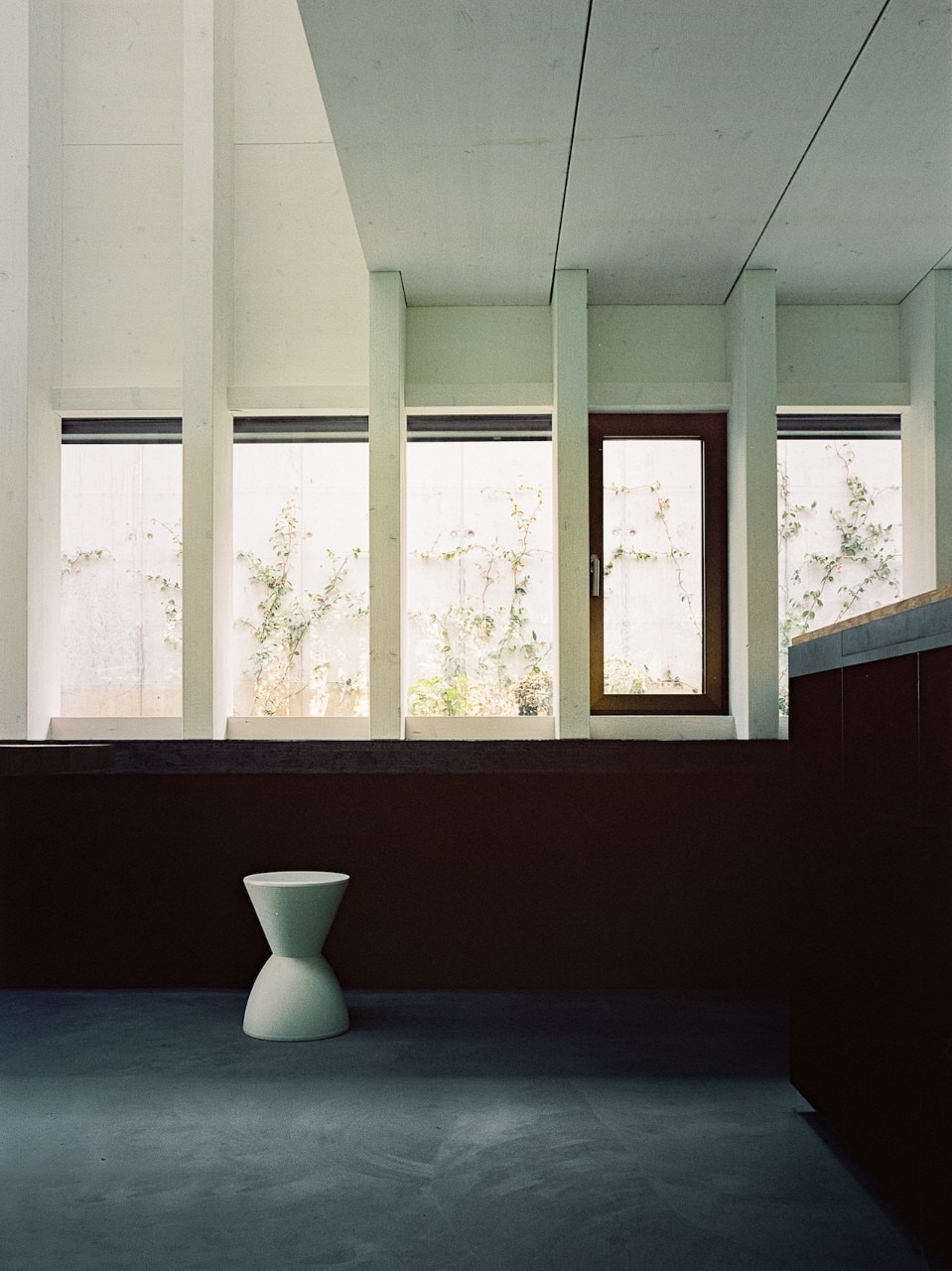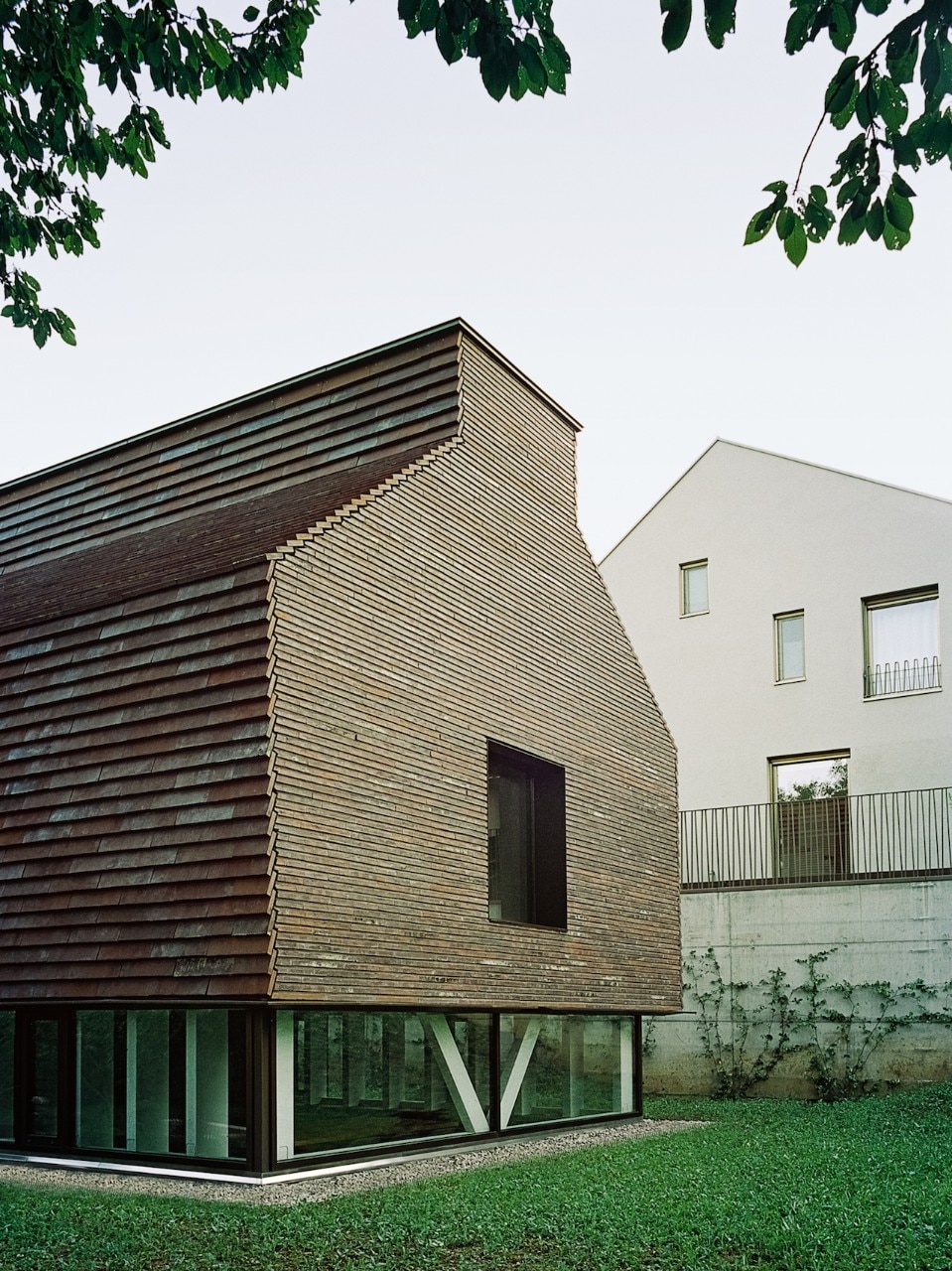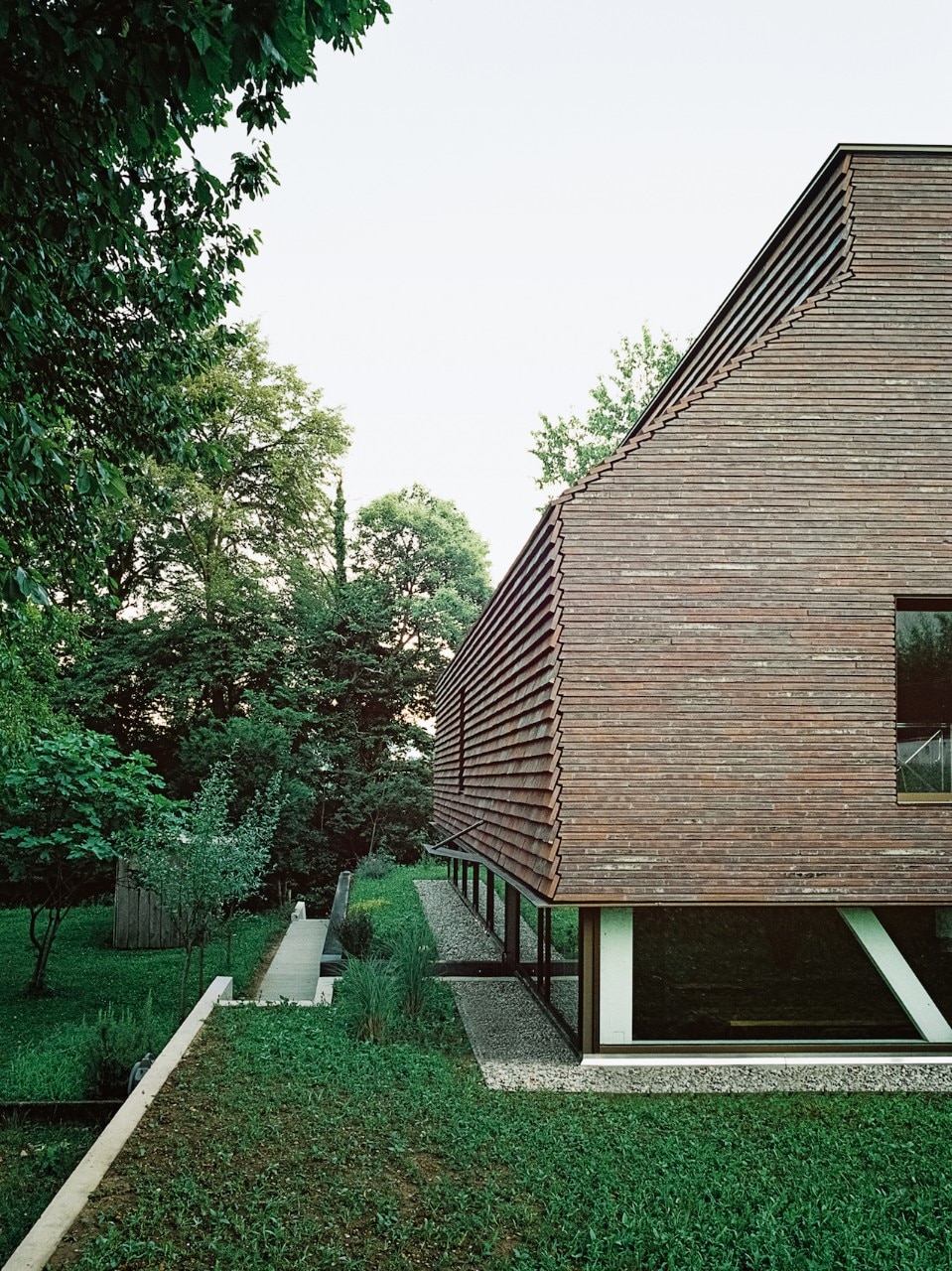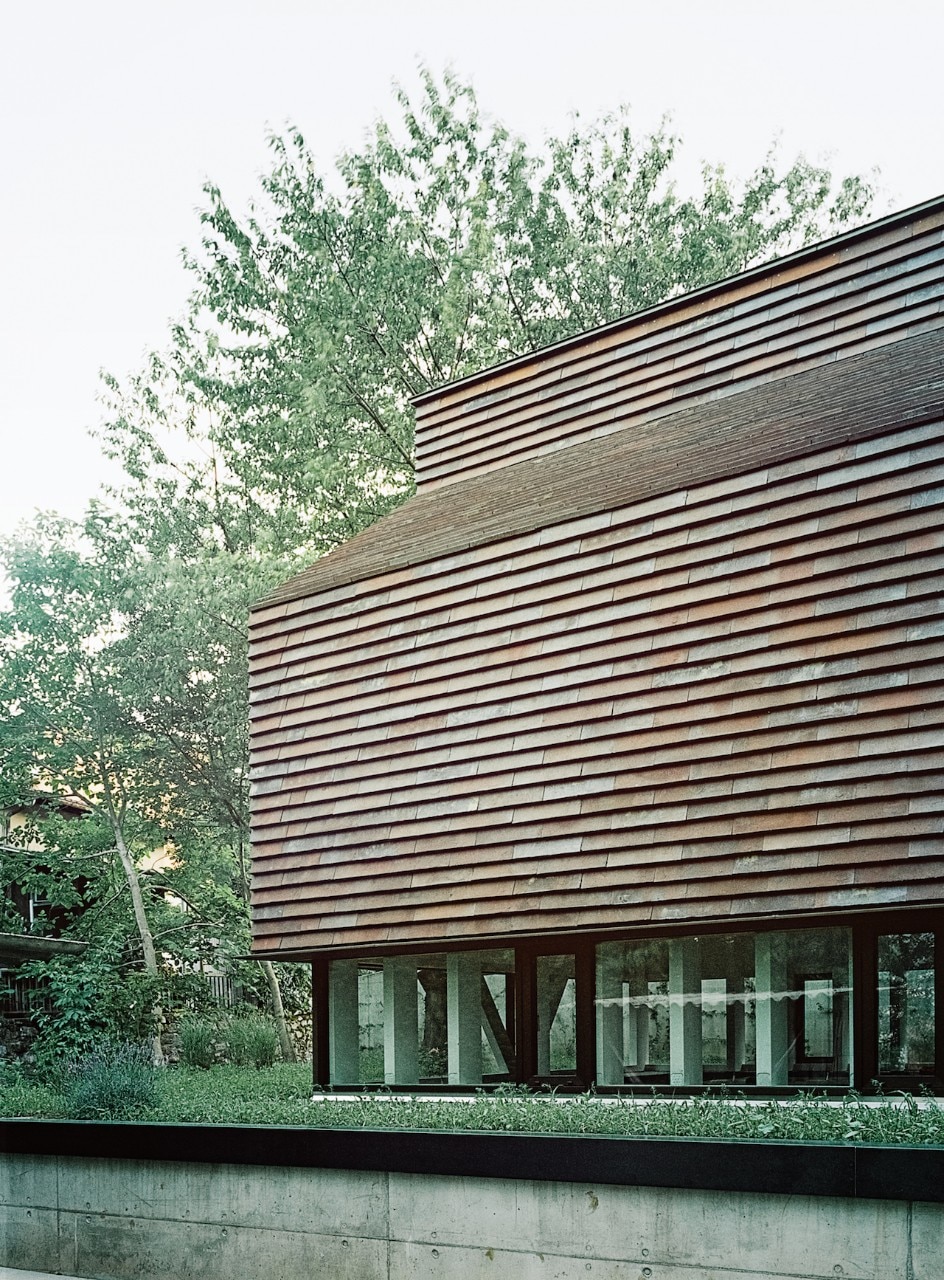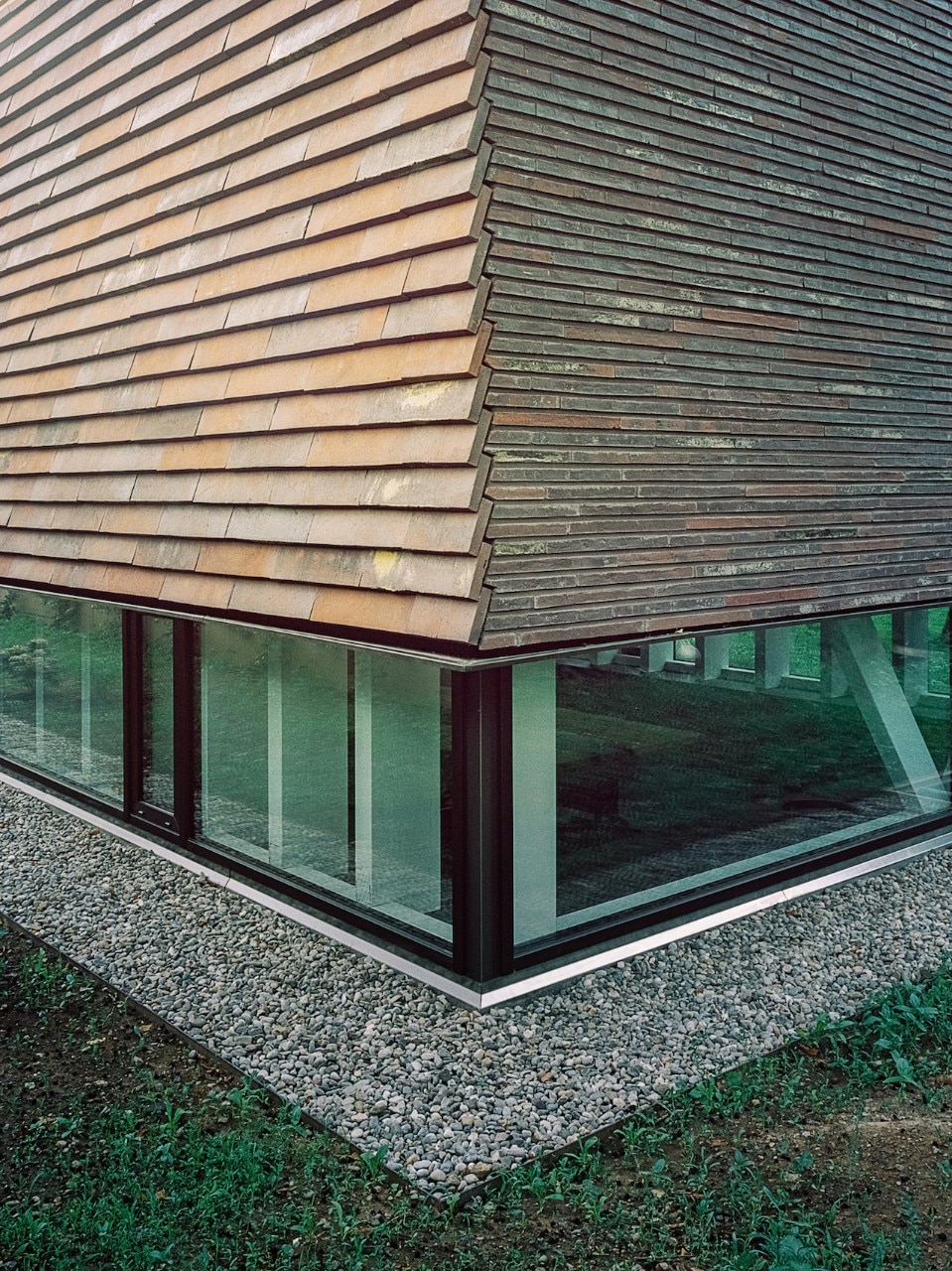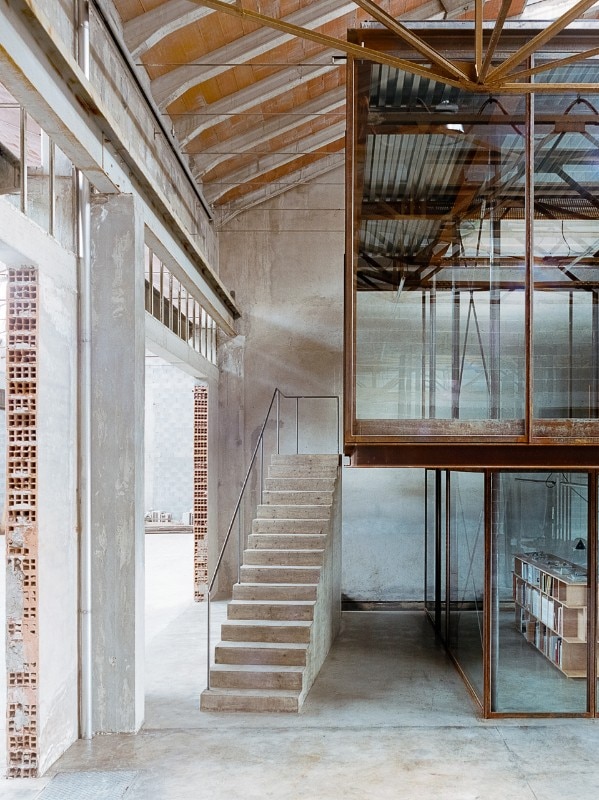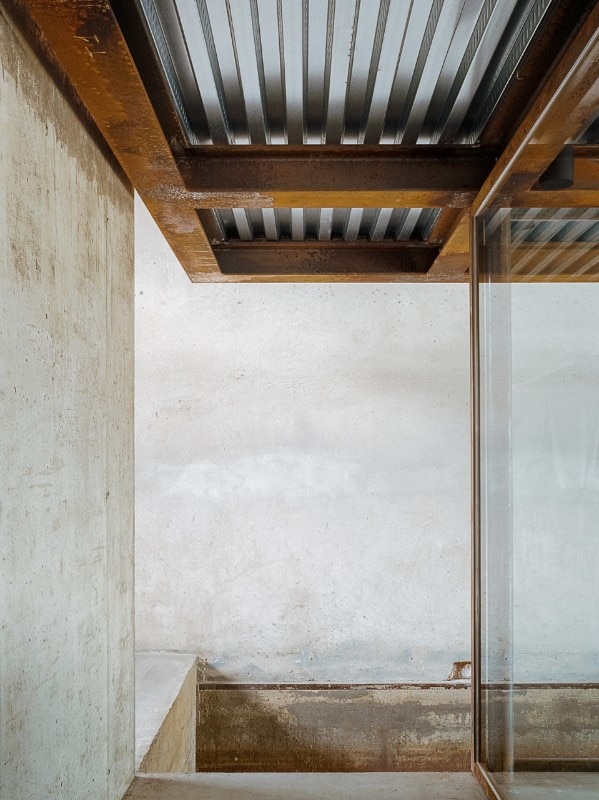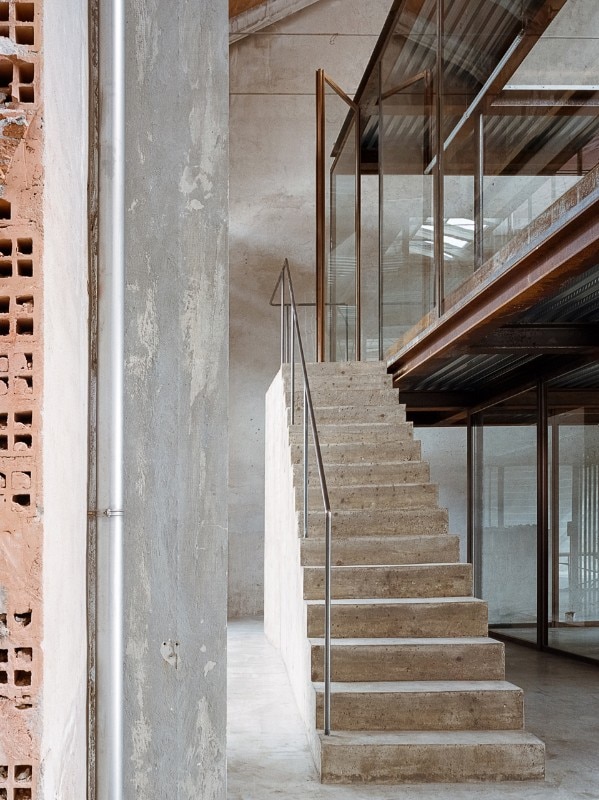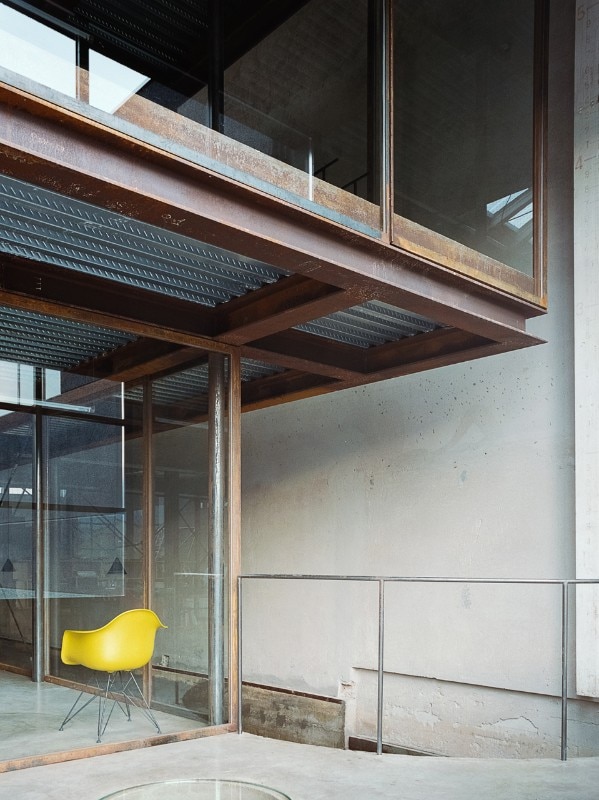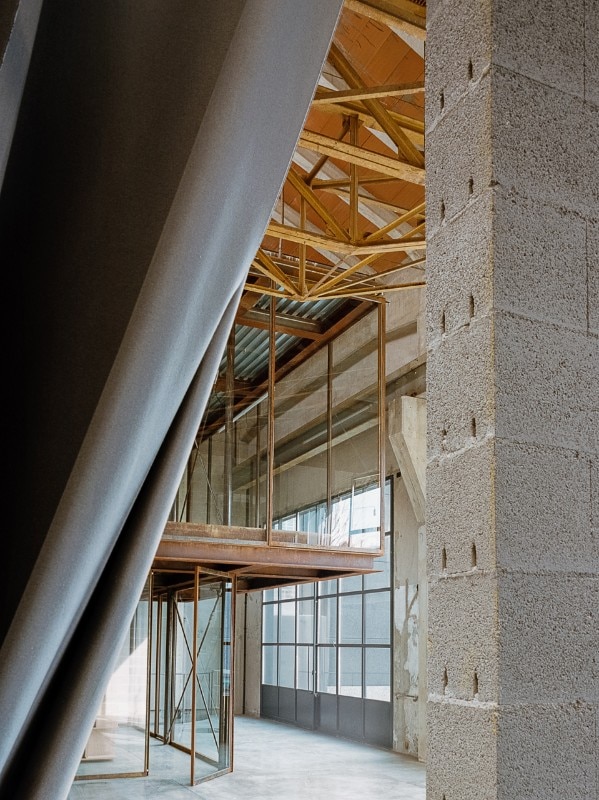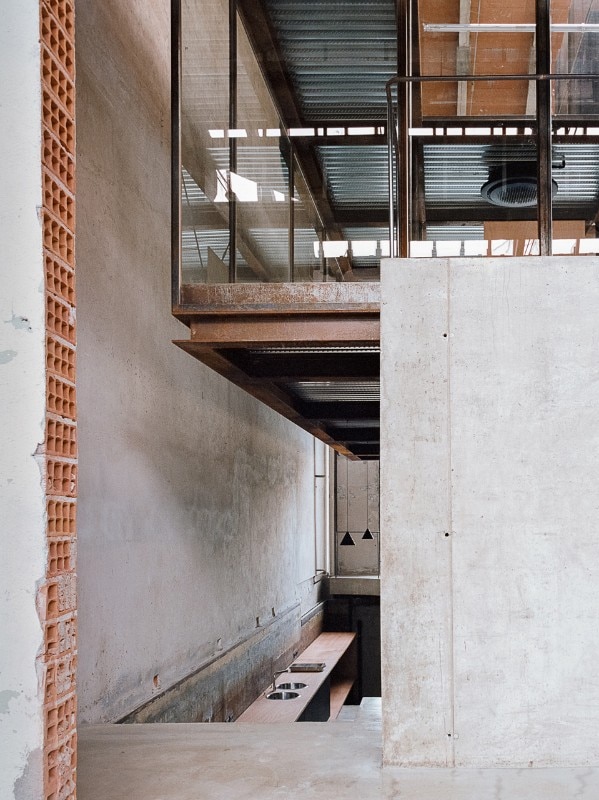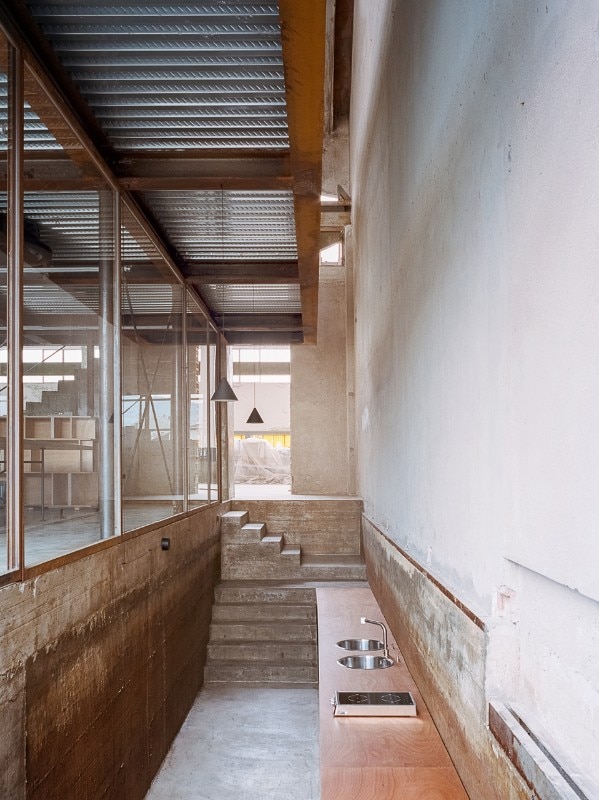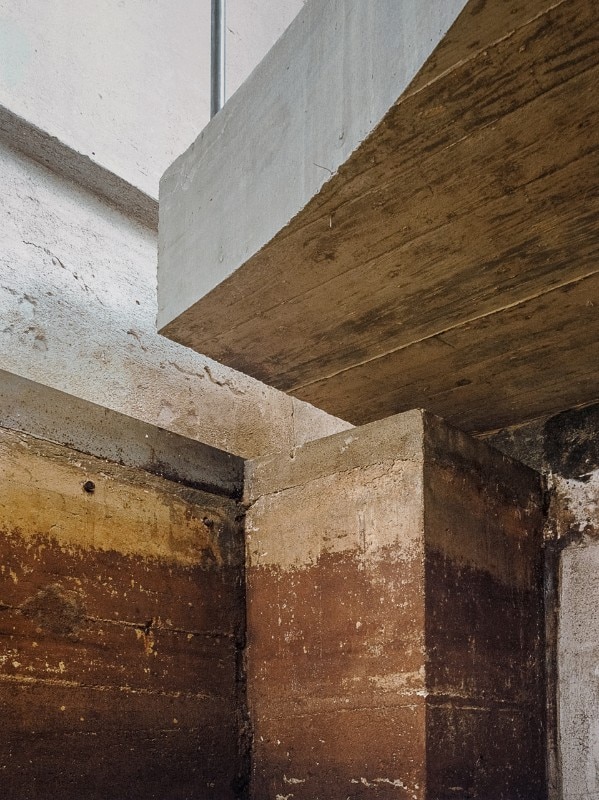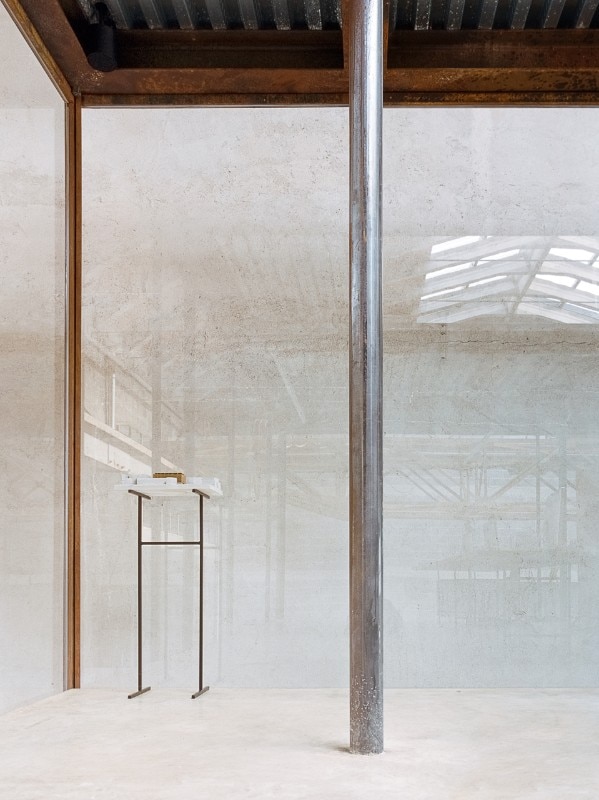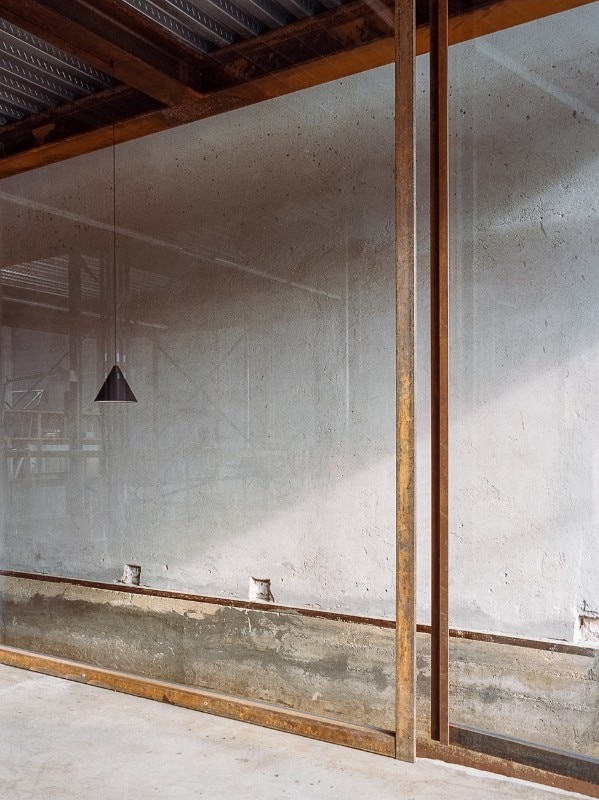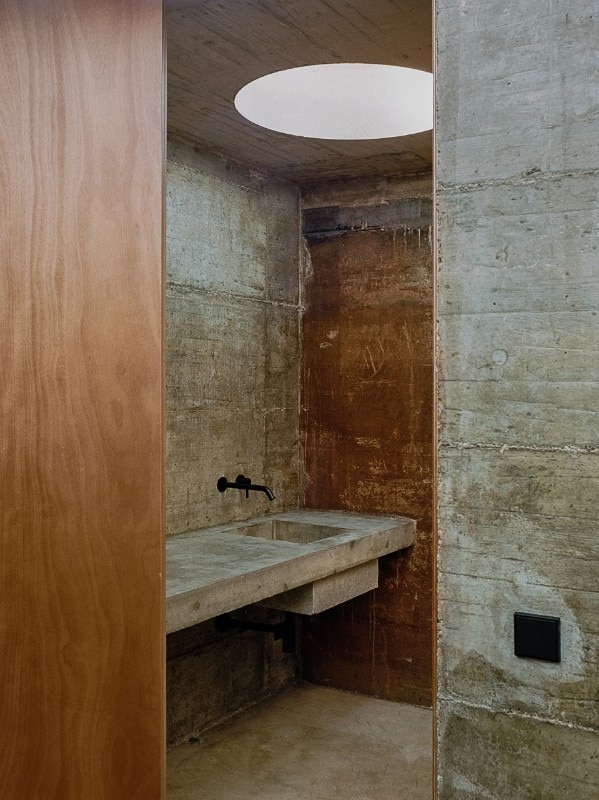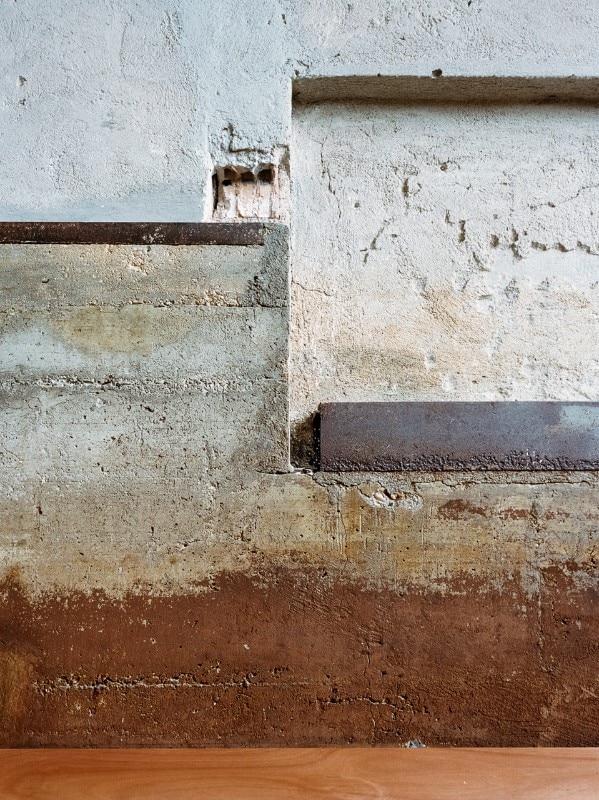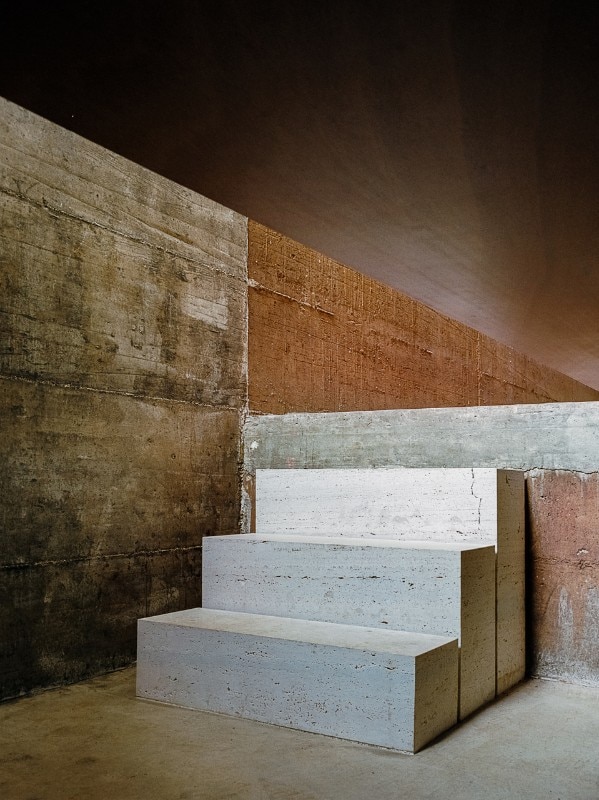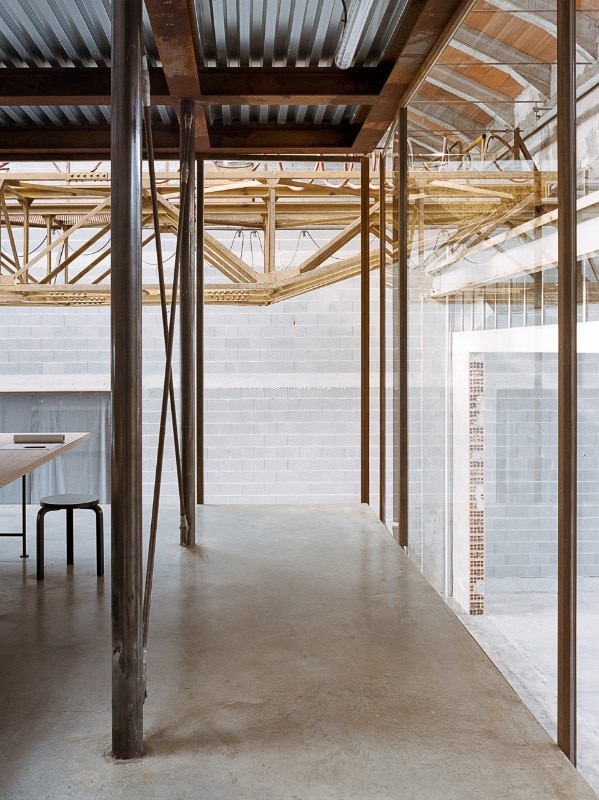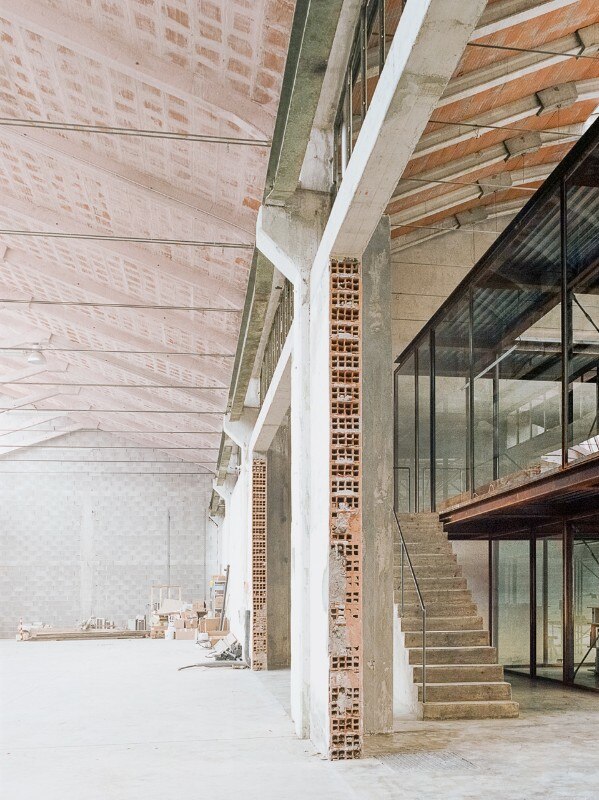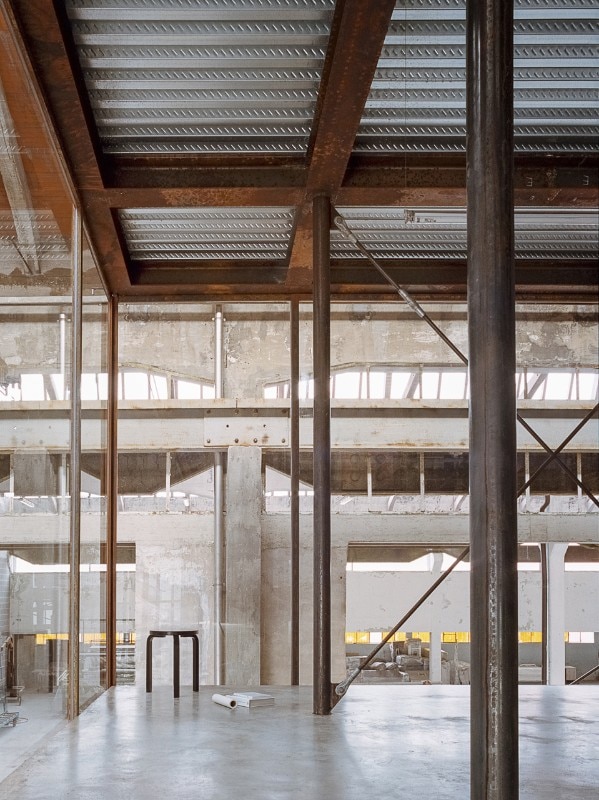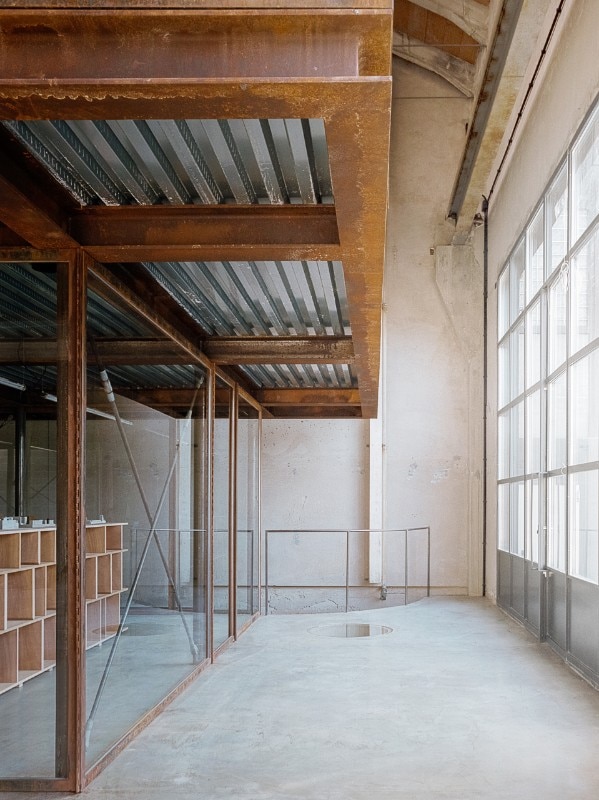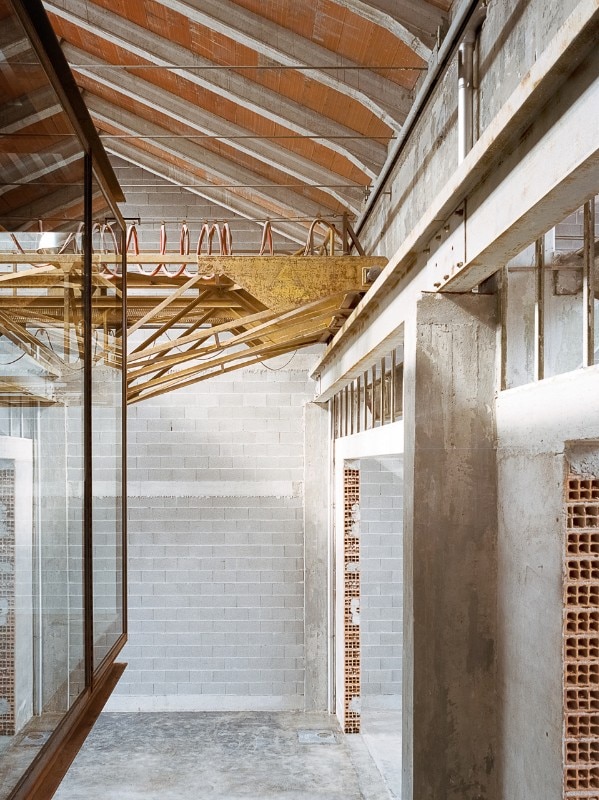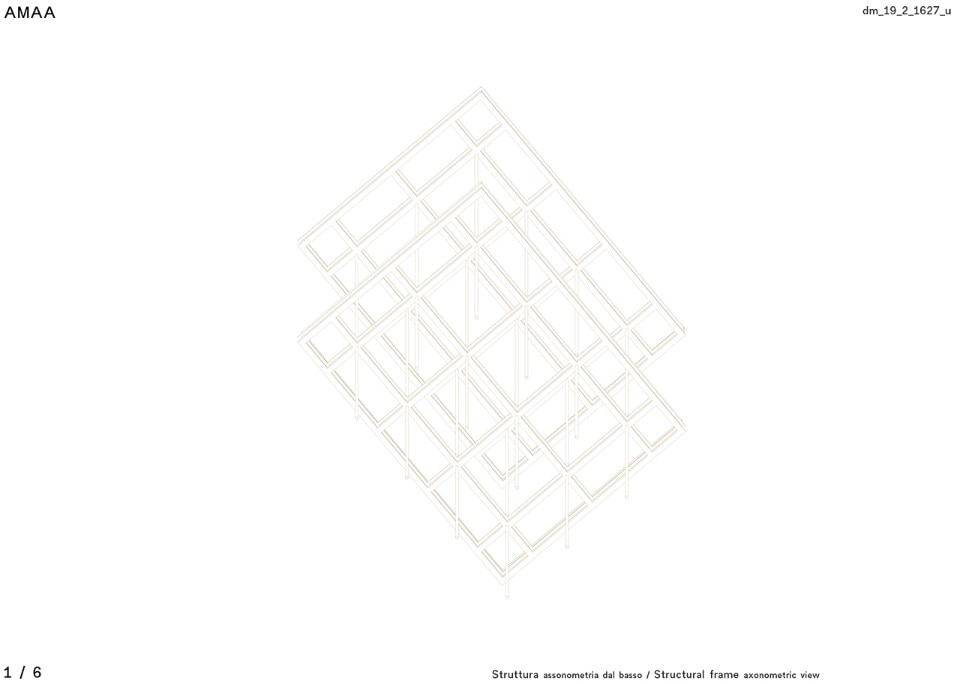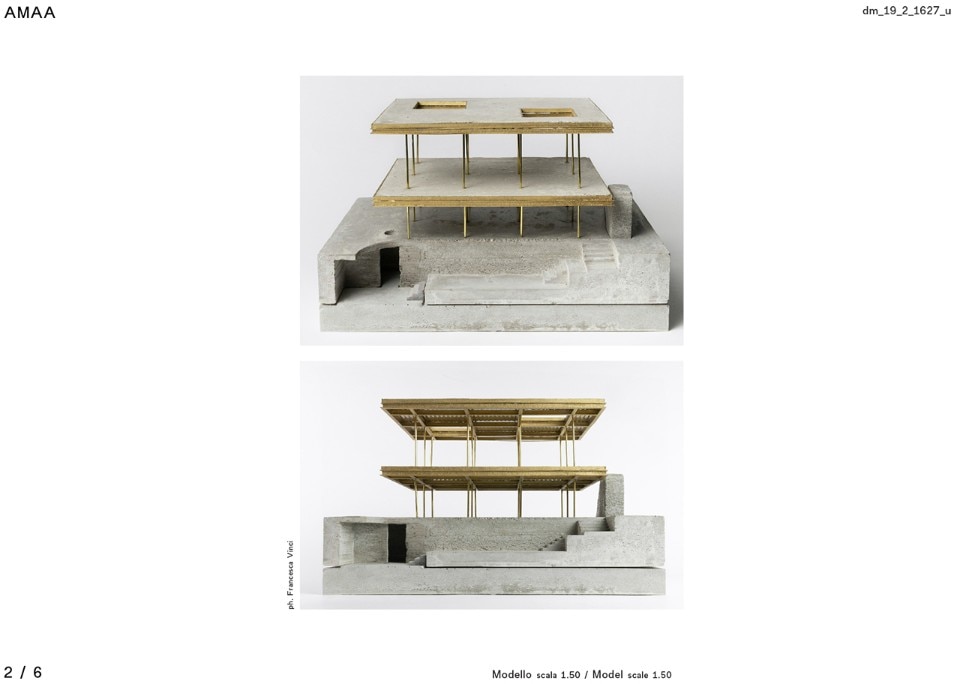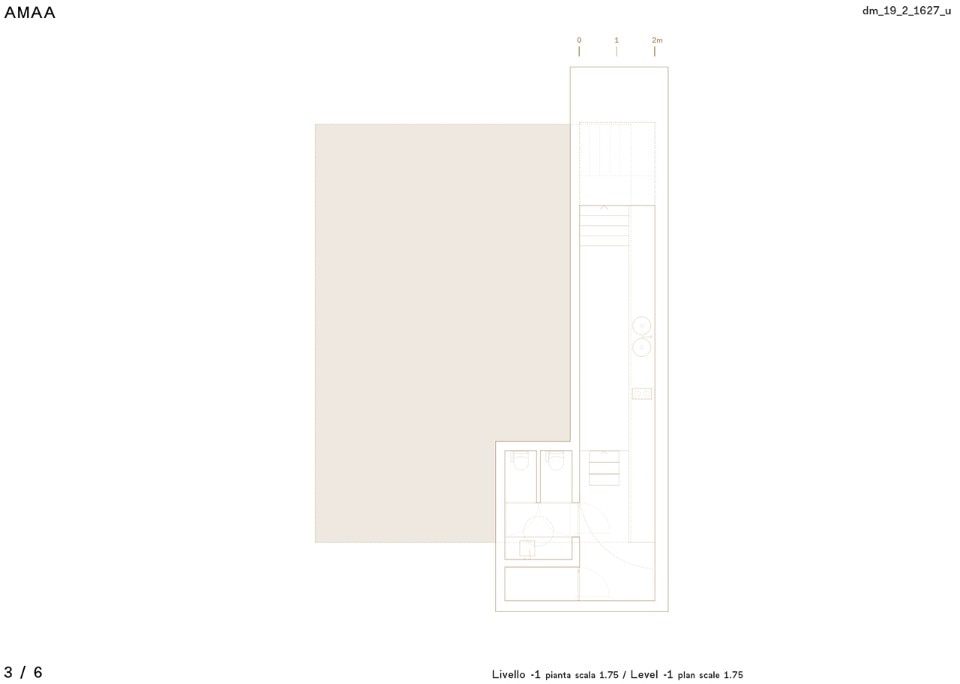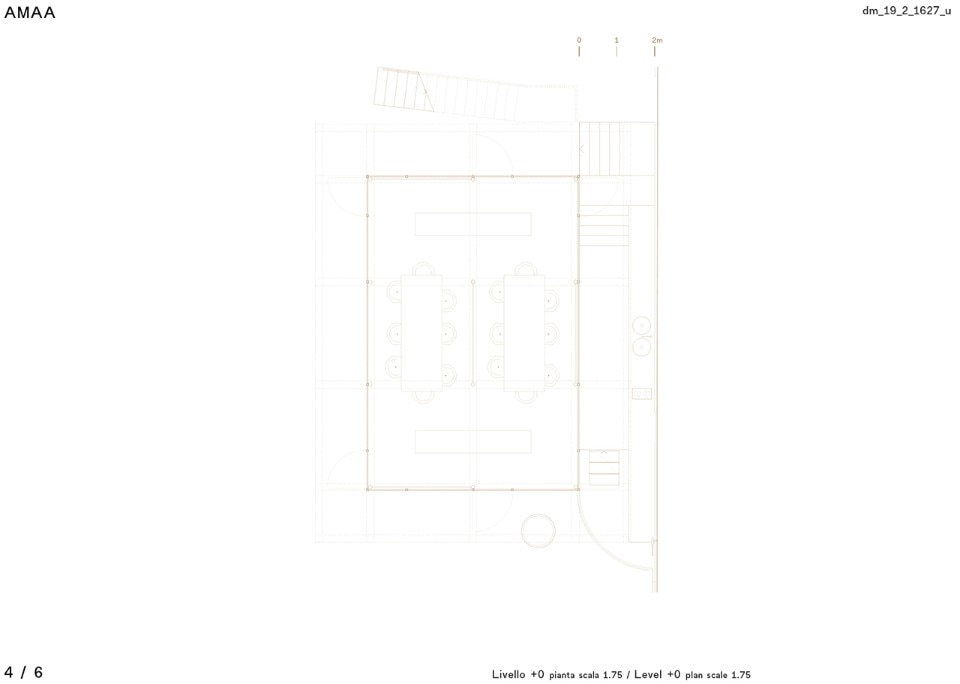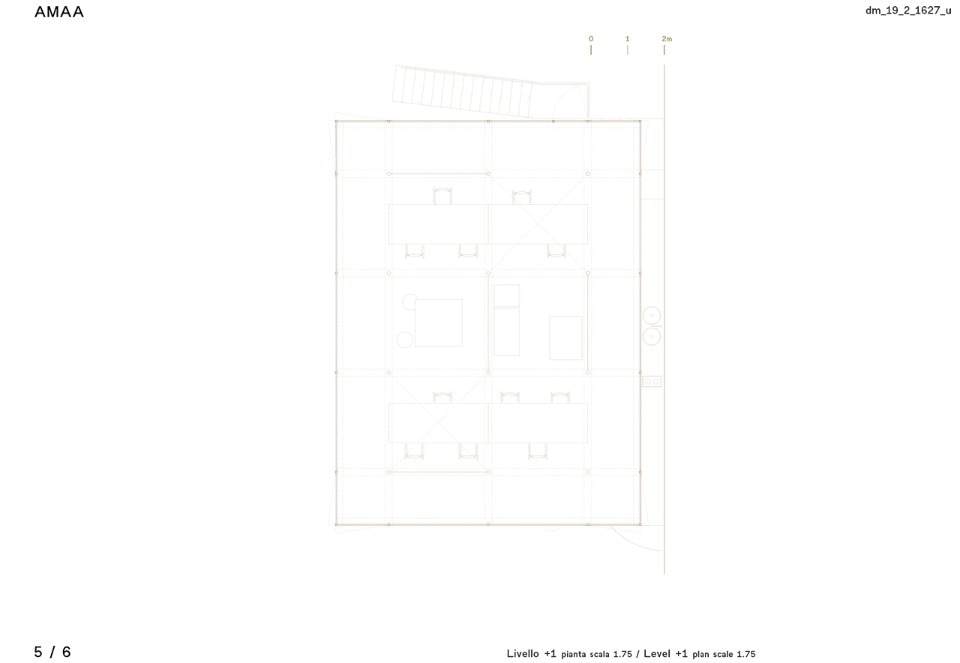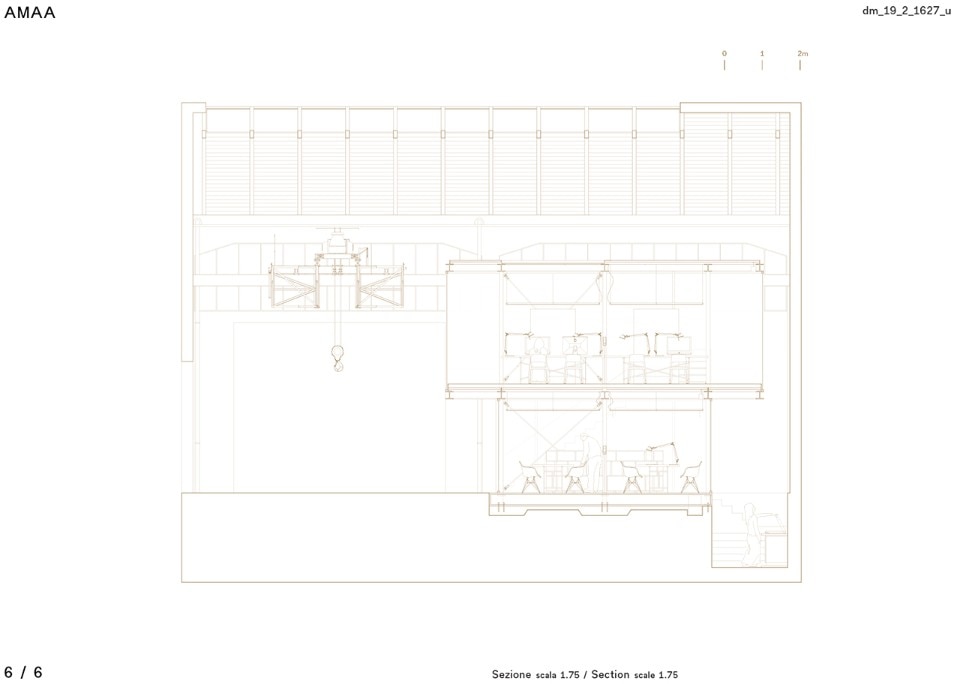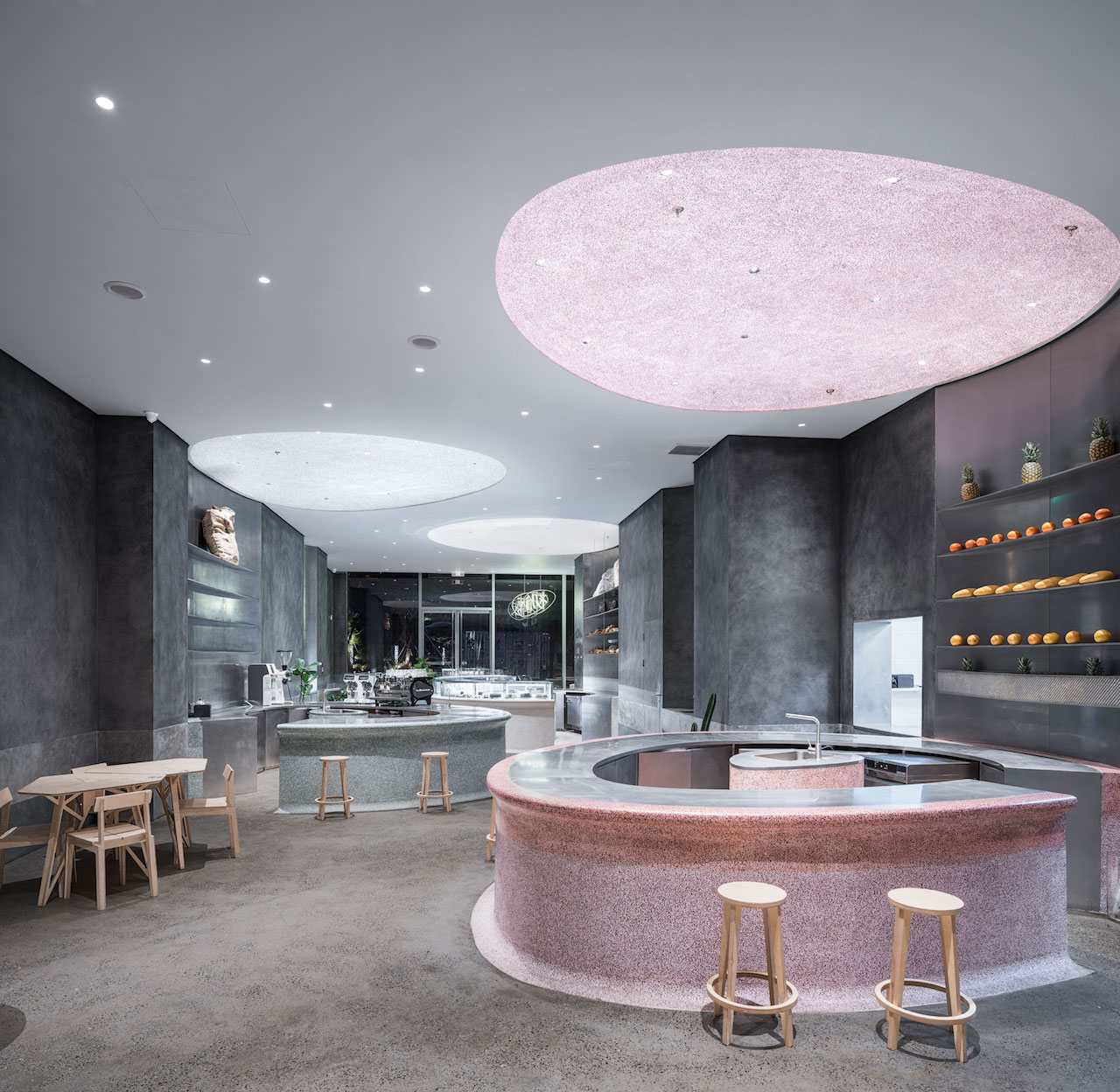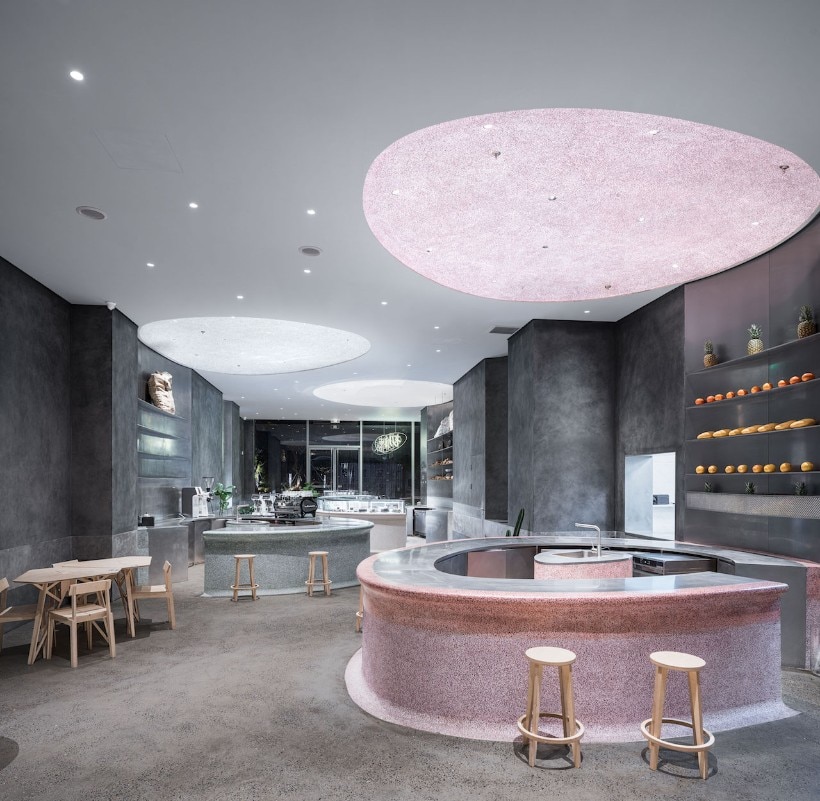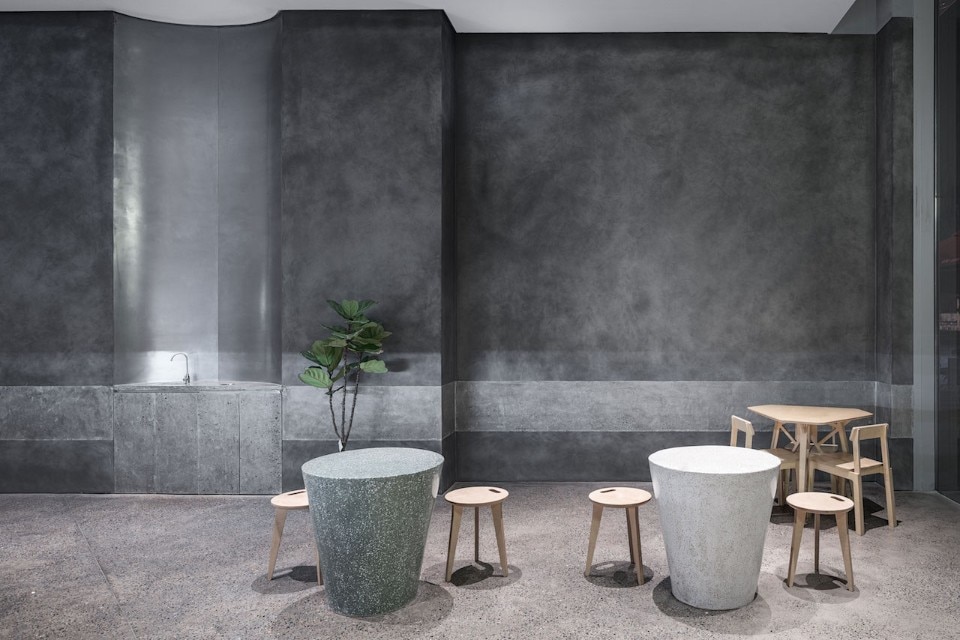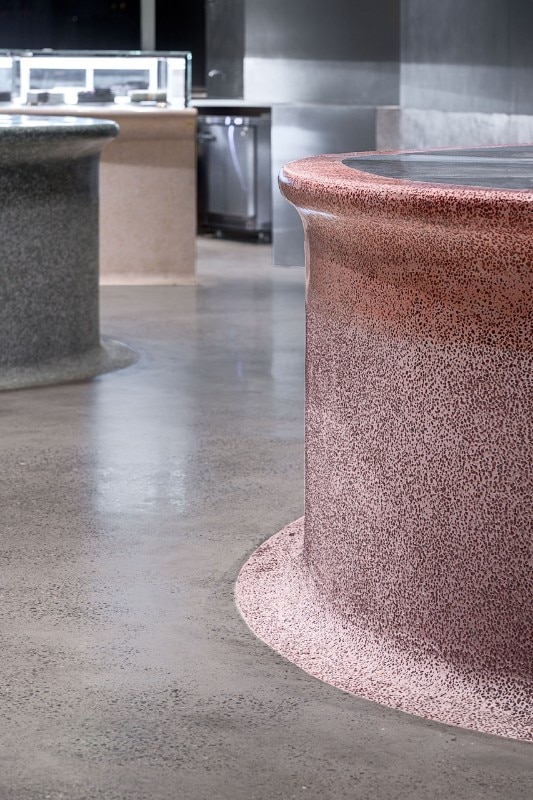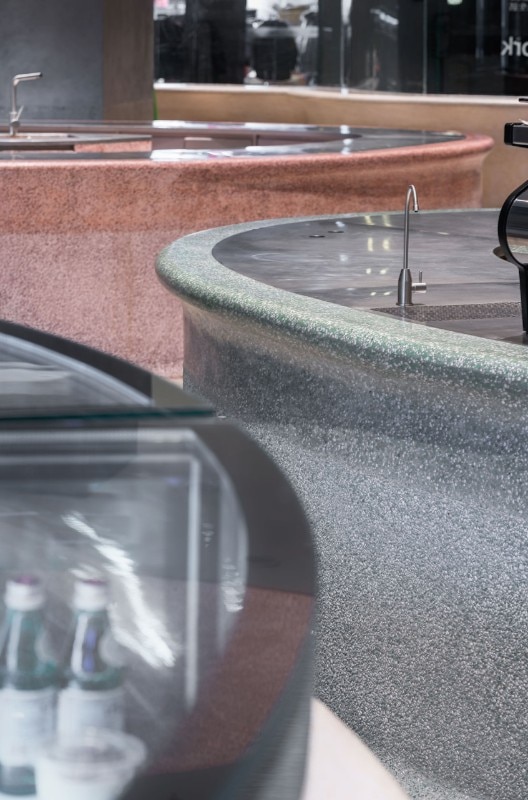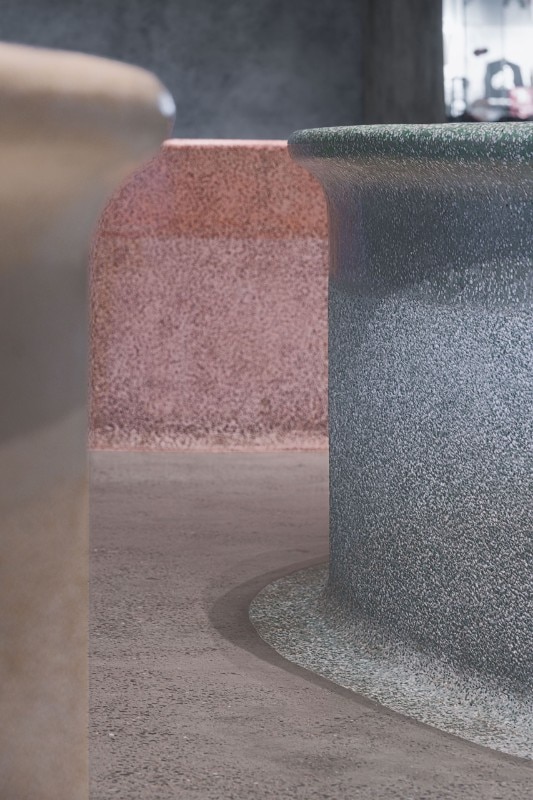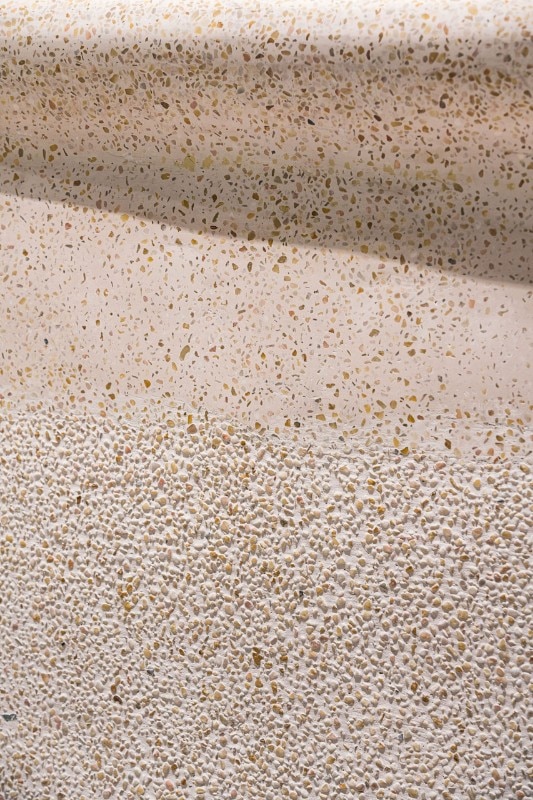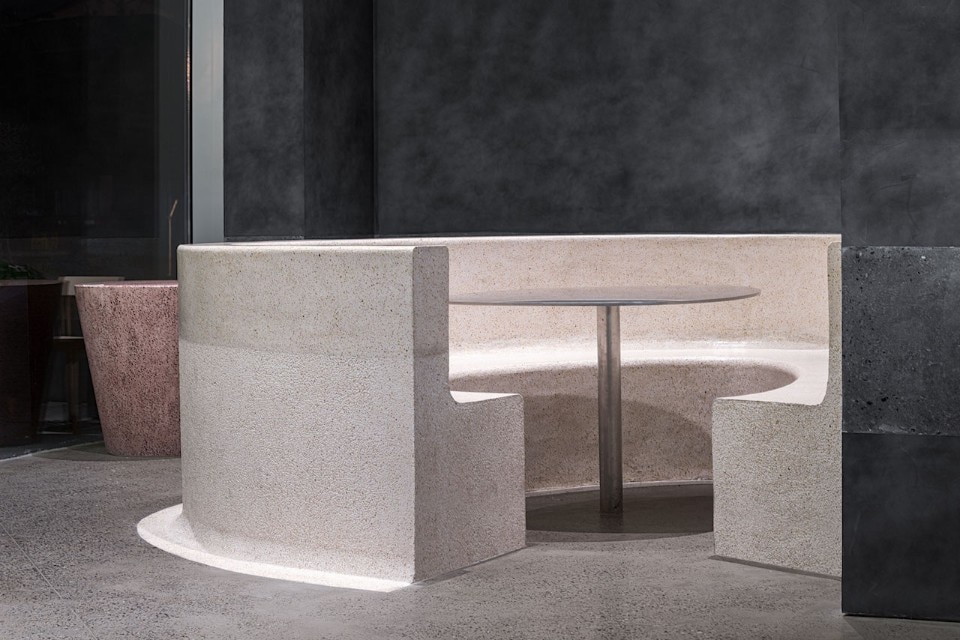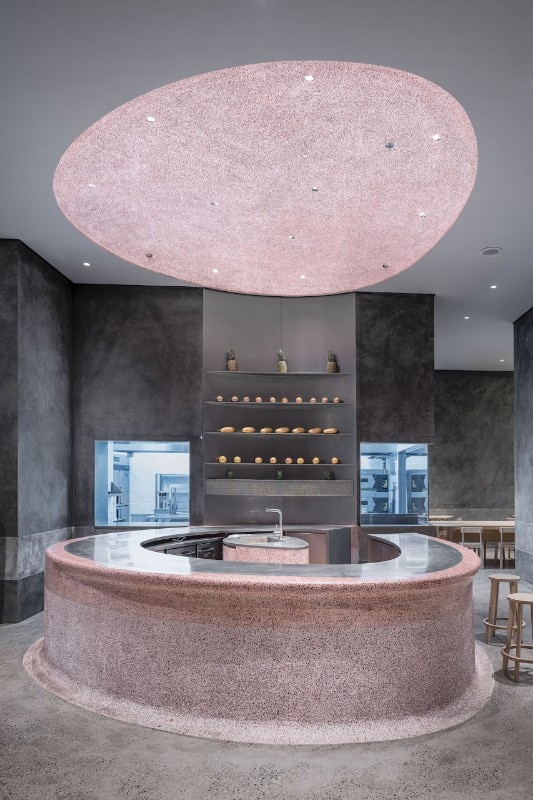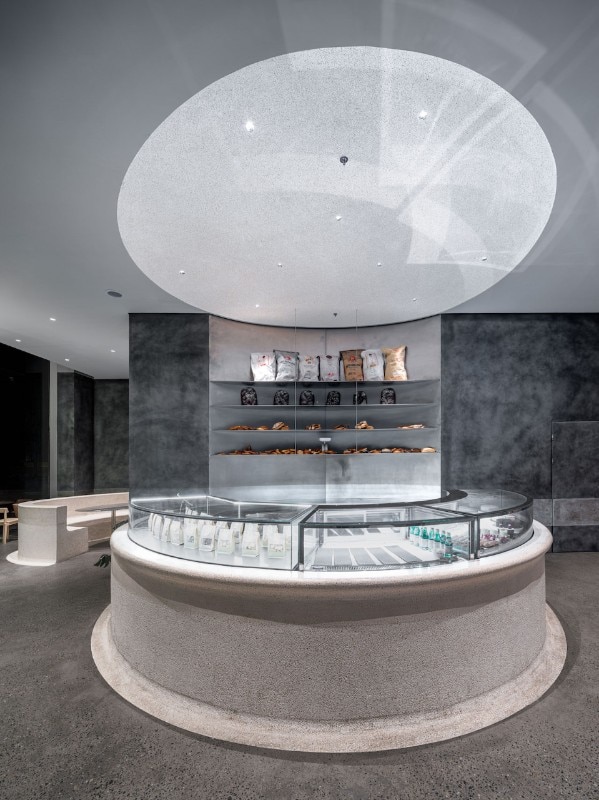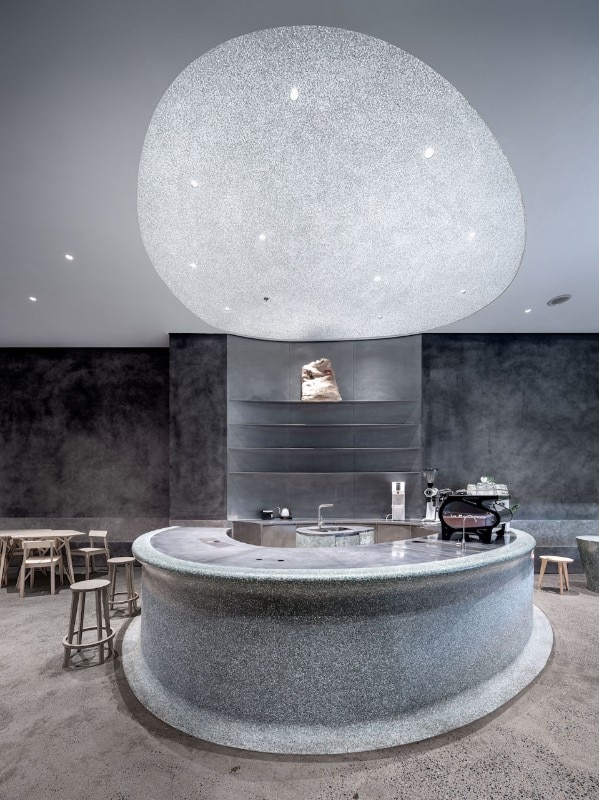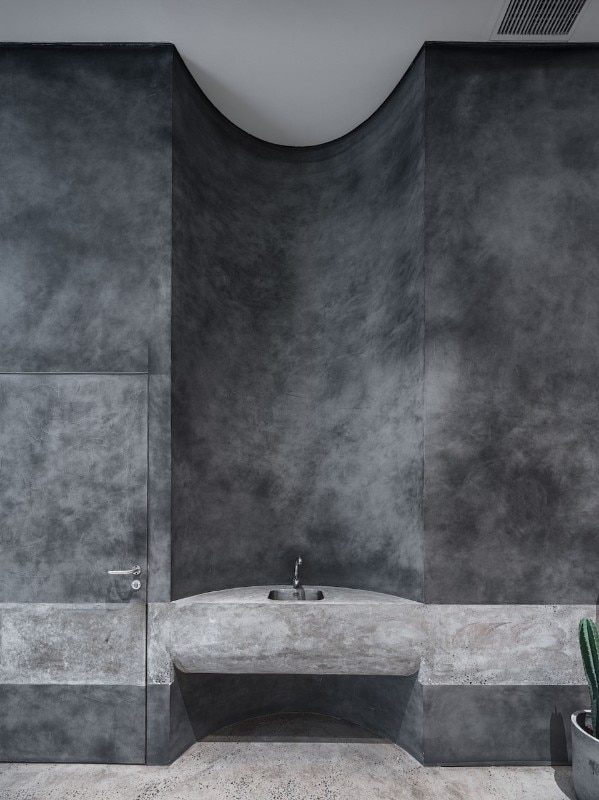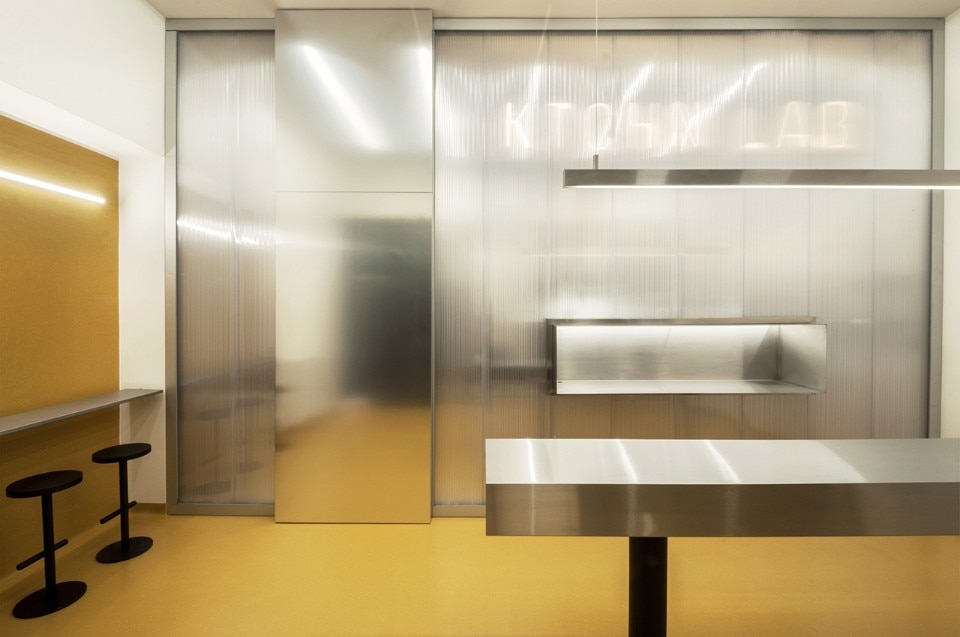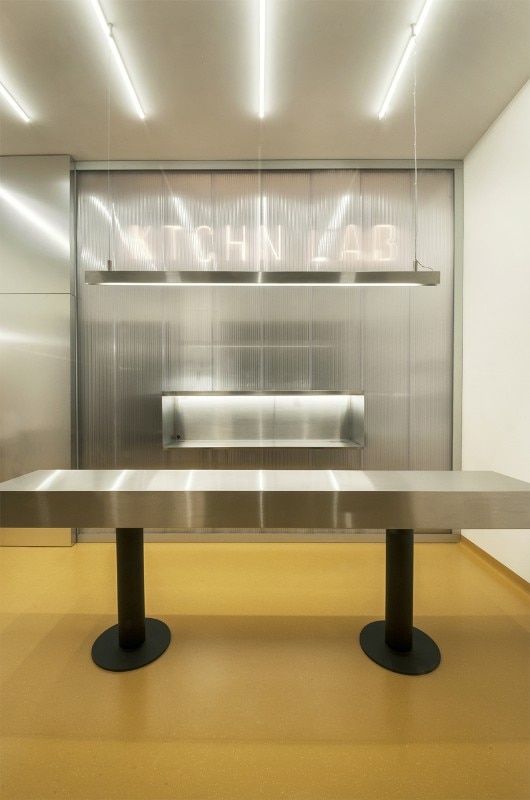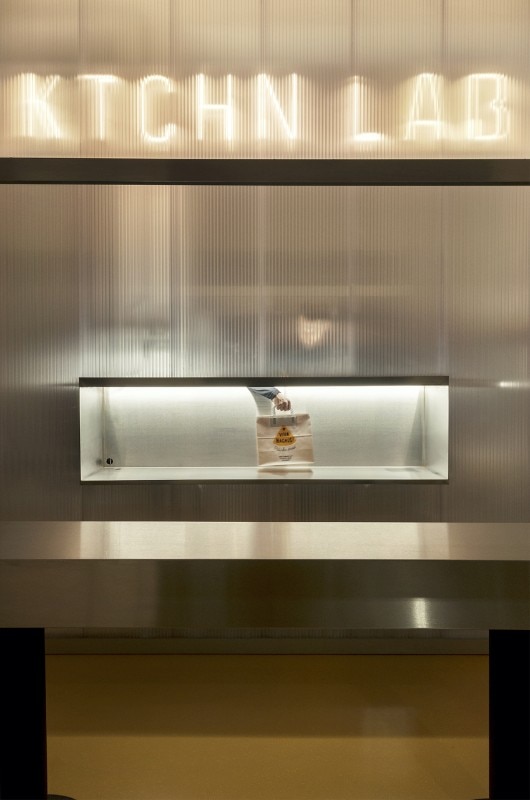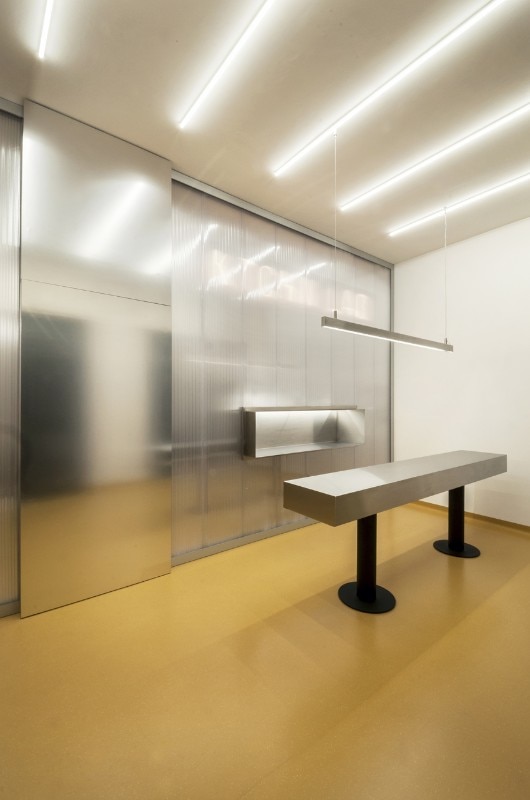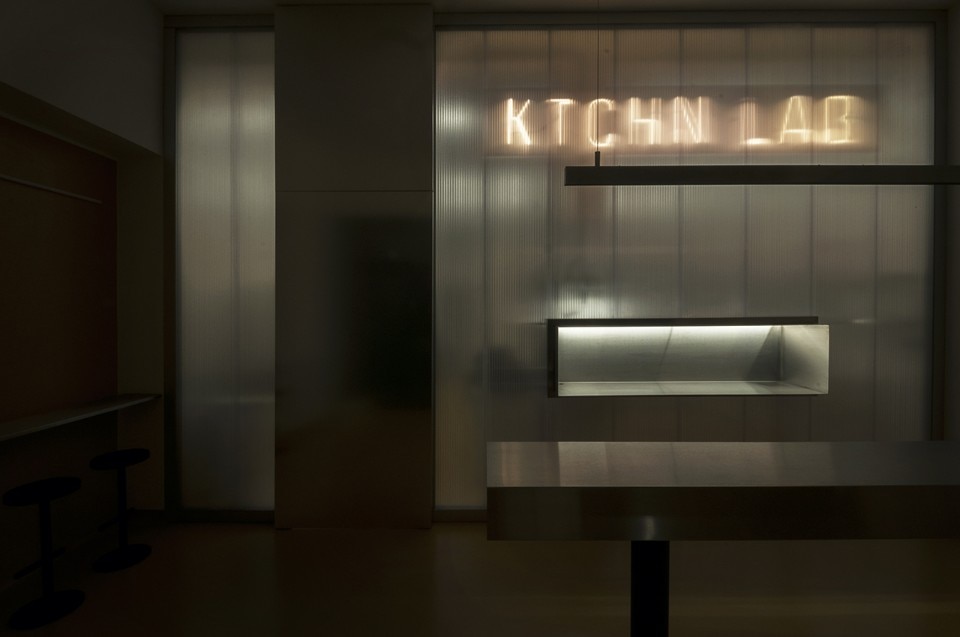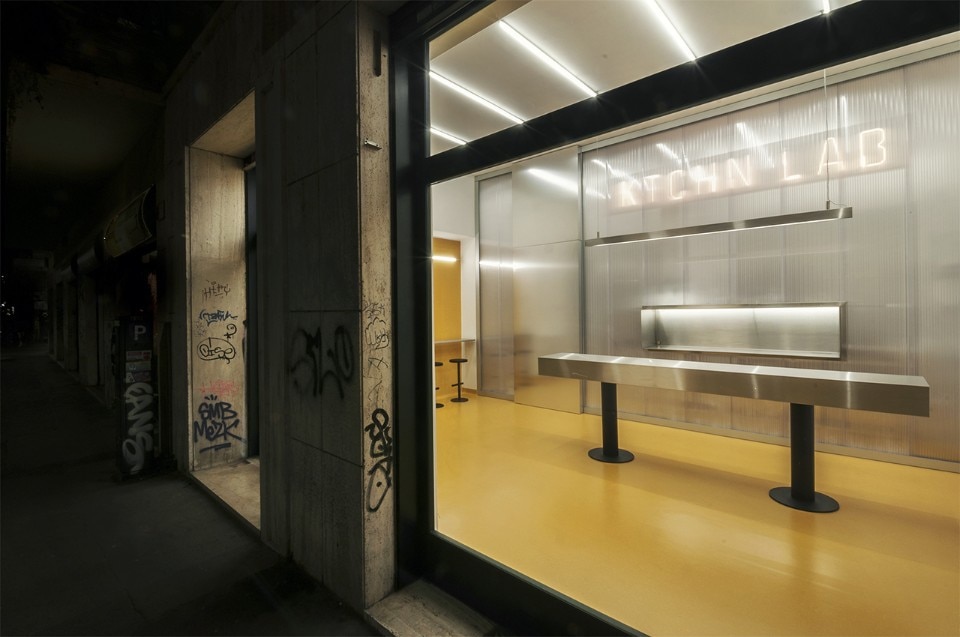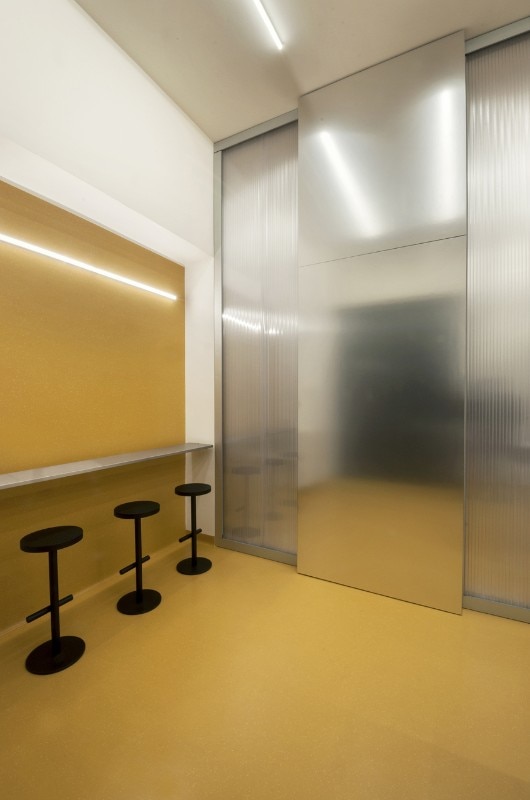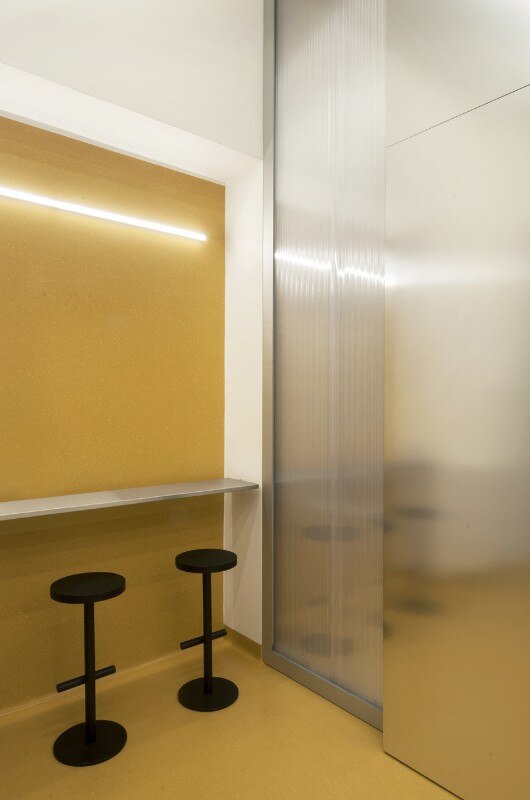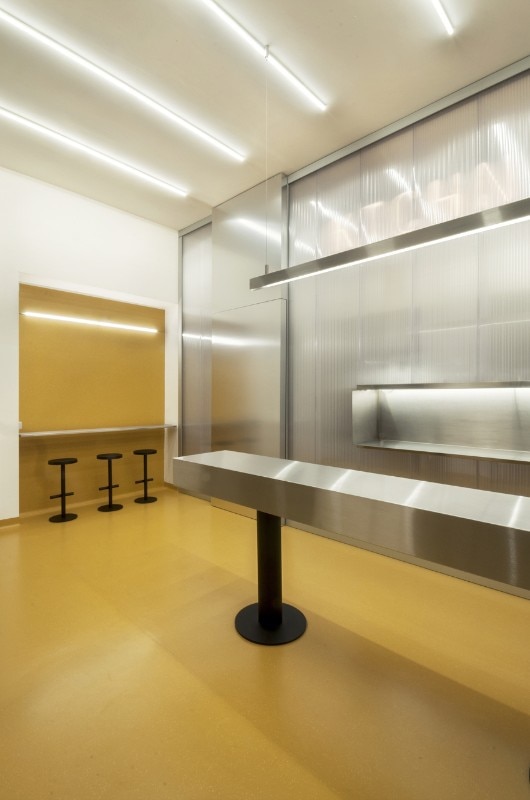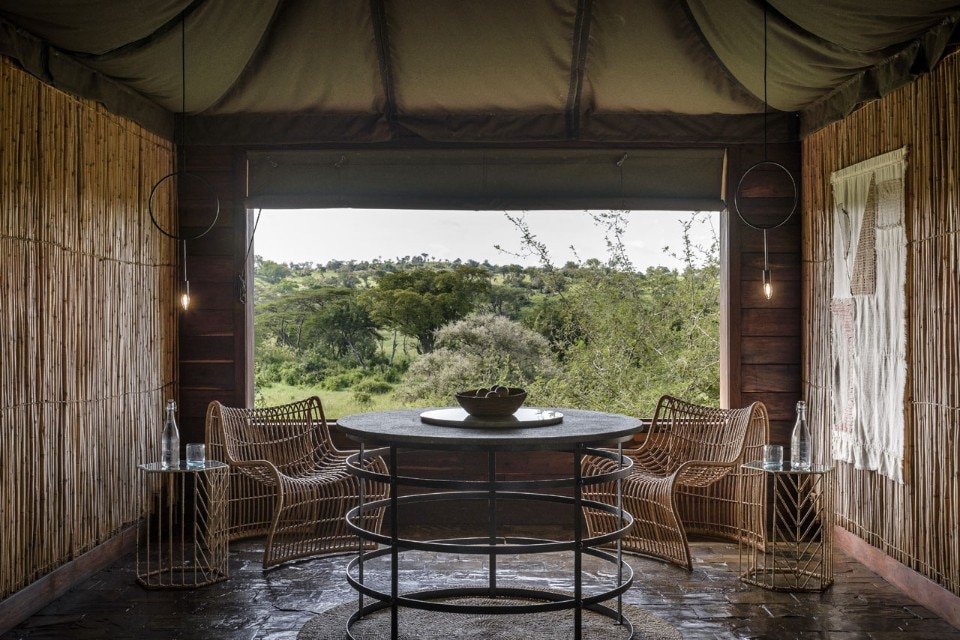Earth Skyscrapers
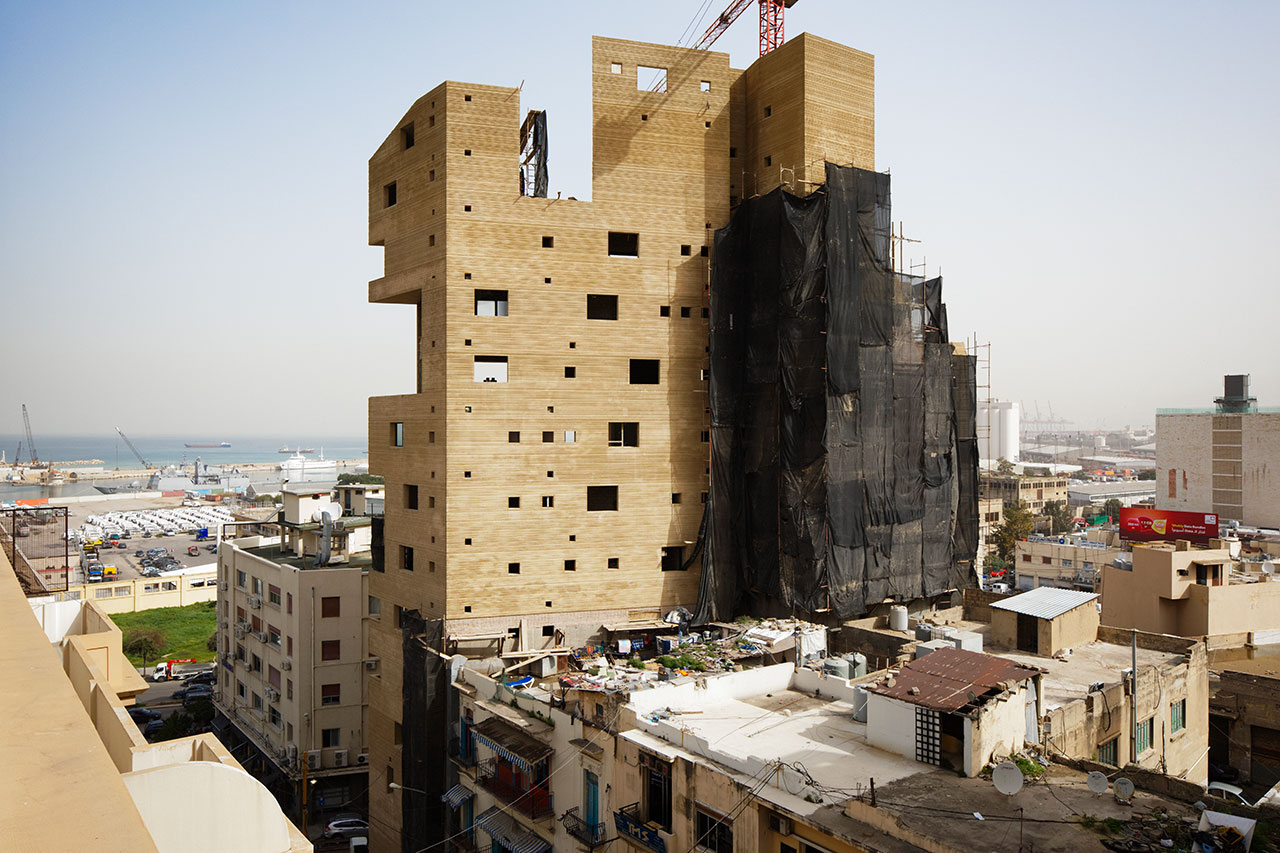
 View gallery
View gallery
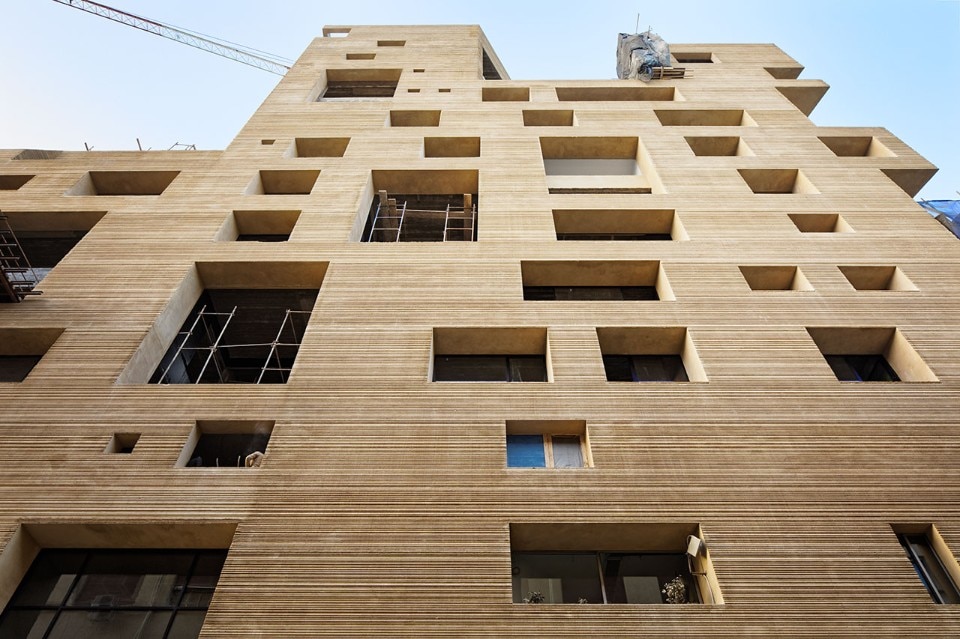
Lina Ghotmeh Architecture, Stone Garden, Beirut, Lebanon, 2019. Photo © Takuji Shimmura
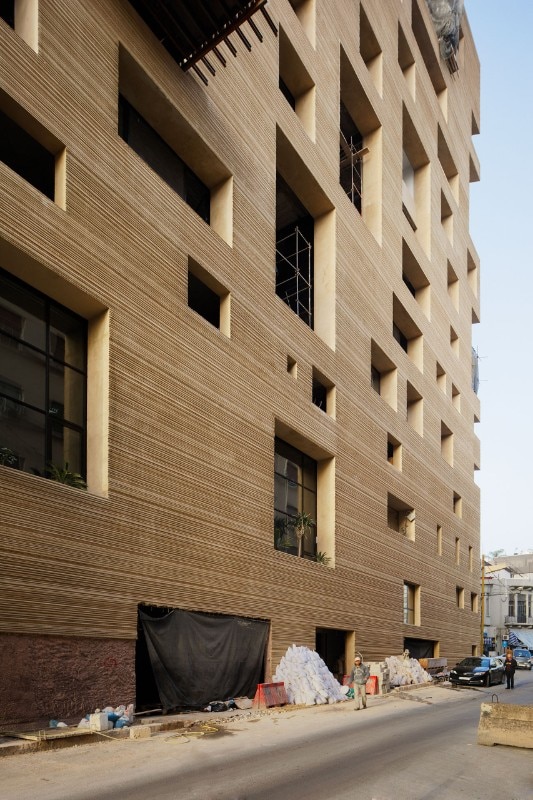
Lina Ghotmeh Architecture, Stone Garden, Beirut, Lebanon, 2019. Photo © Takuji Shimmura
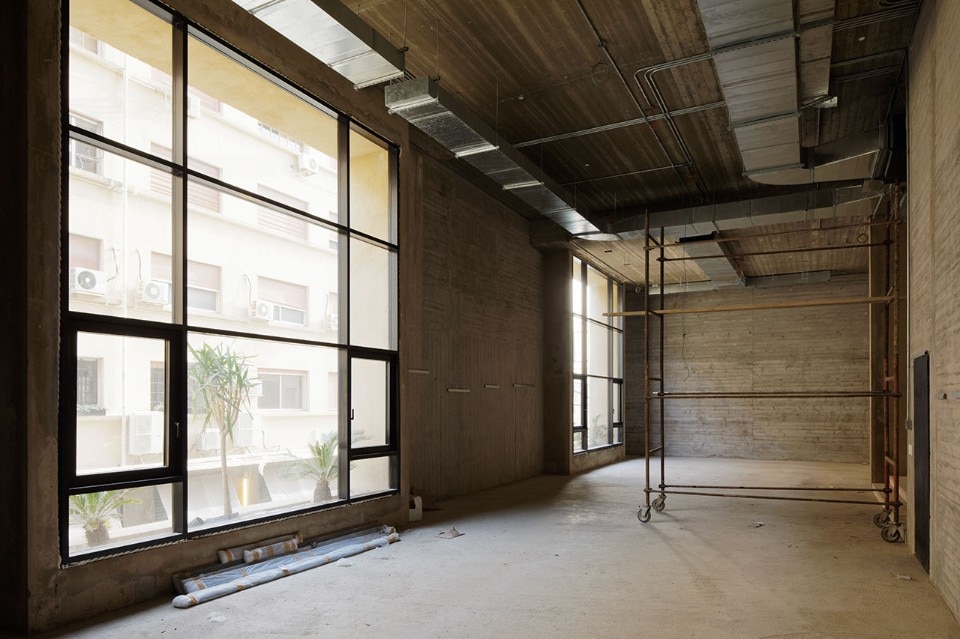
Lina Ghotmeh Architecture, Stone Garden, Beirut, Lebanon, 2019. Photo © Takuji Shimmura
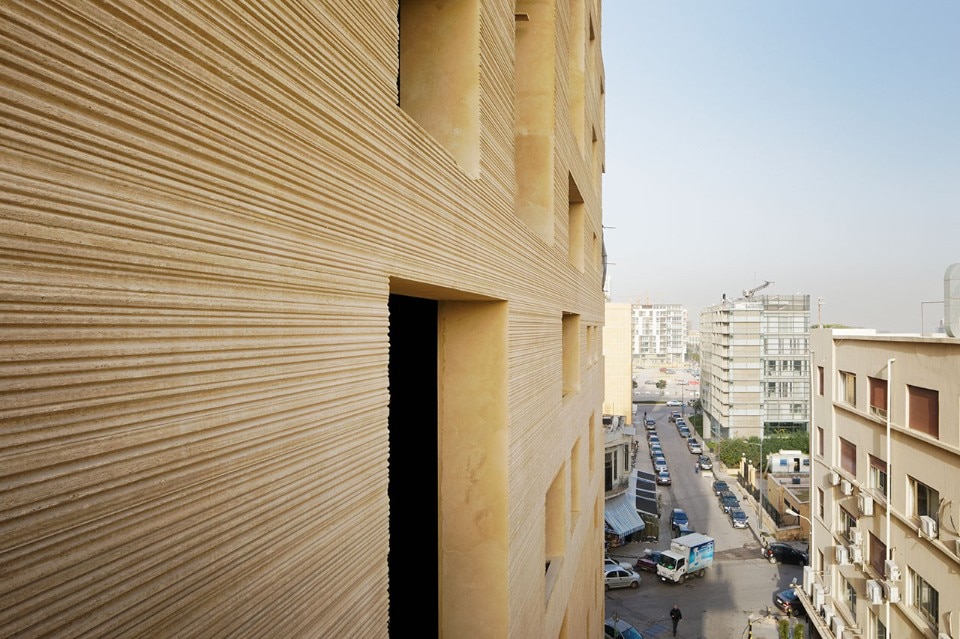
Lina Ghotmeh Architecture, Stone Garden, Beirut, Lebanon, 2019. Photo © Takuji Shimmura
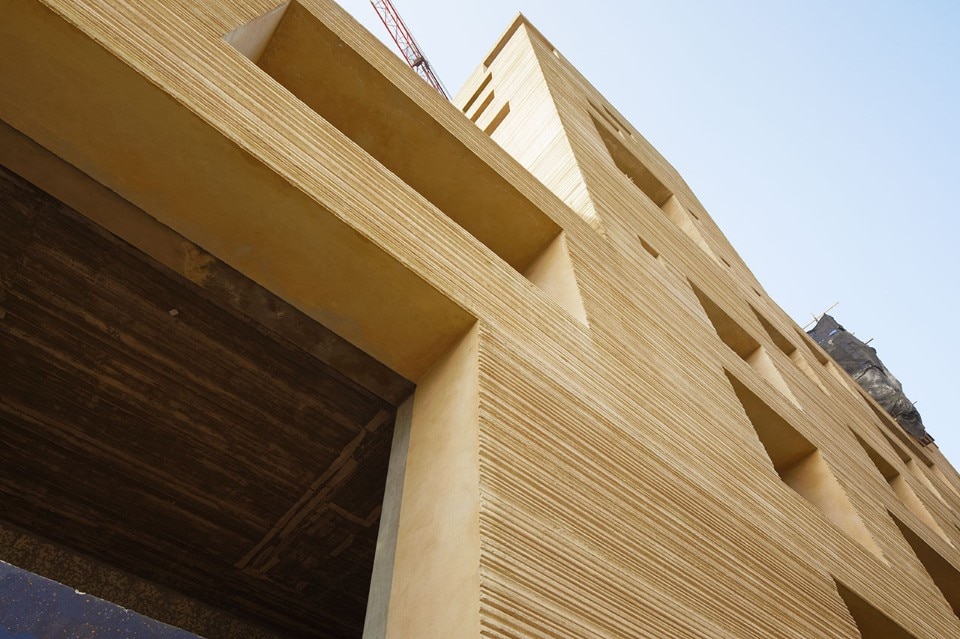
Lina Ghotmeh Architecture, Stone Garden, Beirut, Lebanon, 2019. Photo © Takuji Shimmura
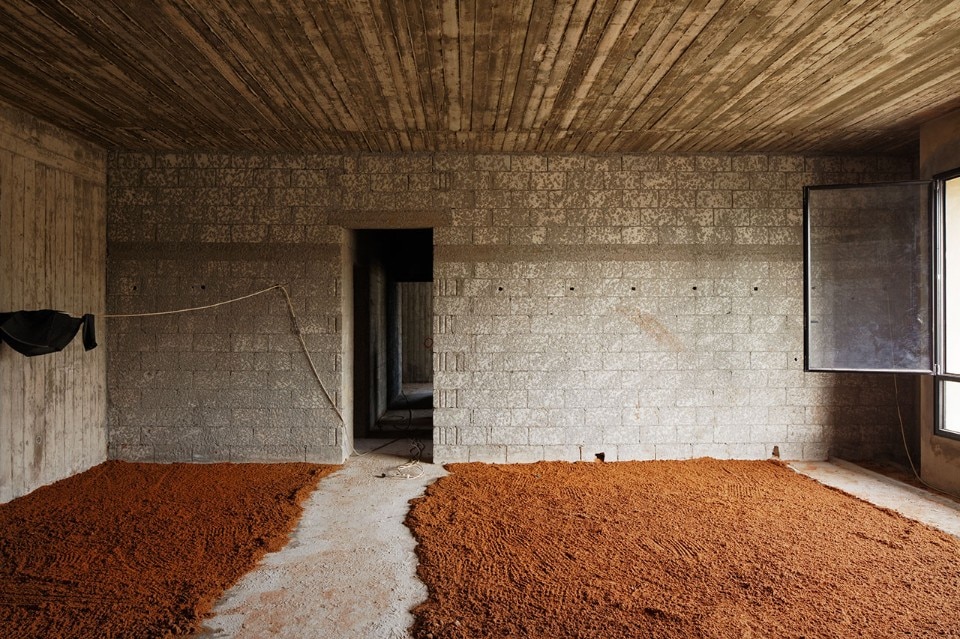
Lina Ghotmeh Architecture, Stone Garden, Beirut, Lebanon, 2019. Photo © Takuji Shimmura
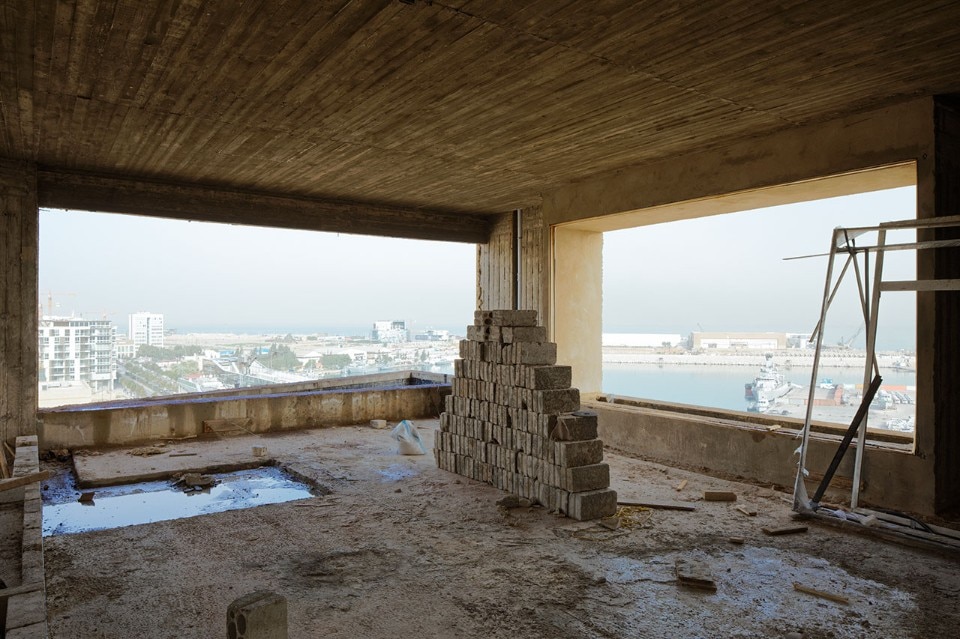
Lina Ghotmeh Architecture, Stone Garden, Beirut, Lebanon, 2019. Photo © Takuji Shimmura
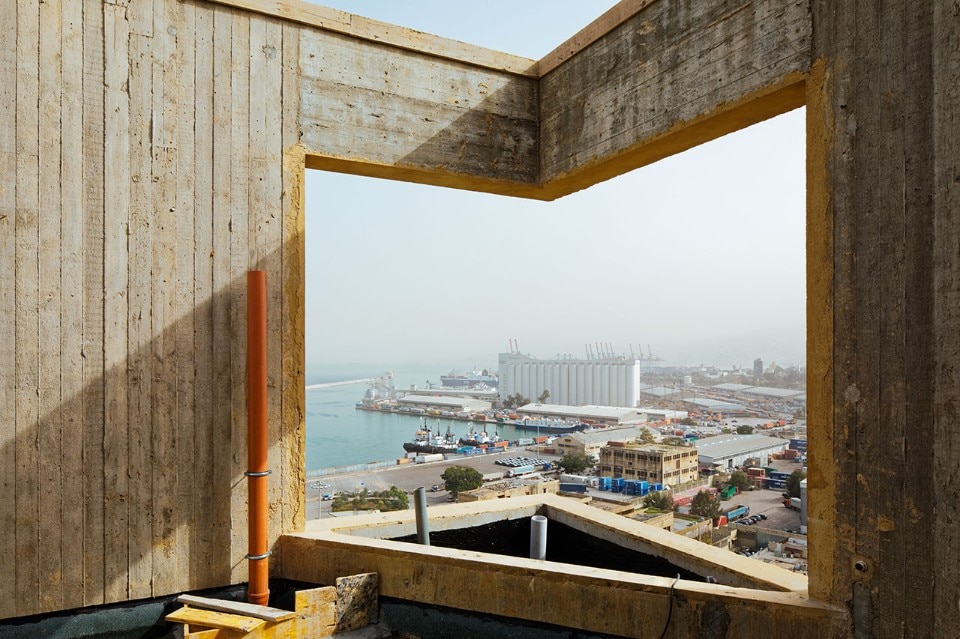
Lina Ghotmeh Architecture, Stone Garden, Beirut, Lebanon, 2019. Photo © Takuji Shimmura
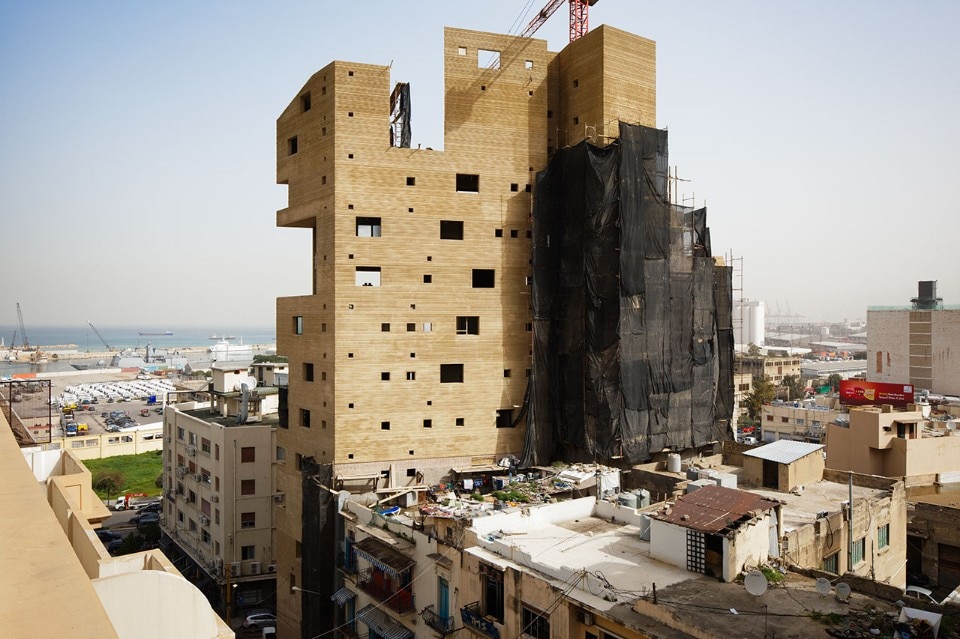
Lina Ghotmeh Architecture, Stone Garden, Beirut, Lebanon, 2019. Photo © Takuji Shimmura
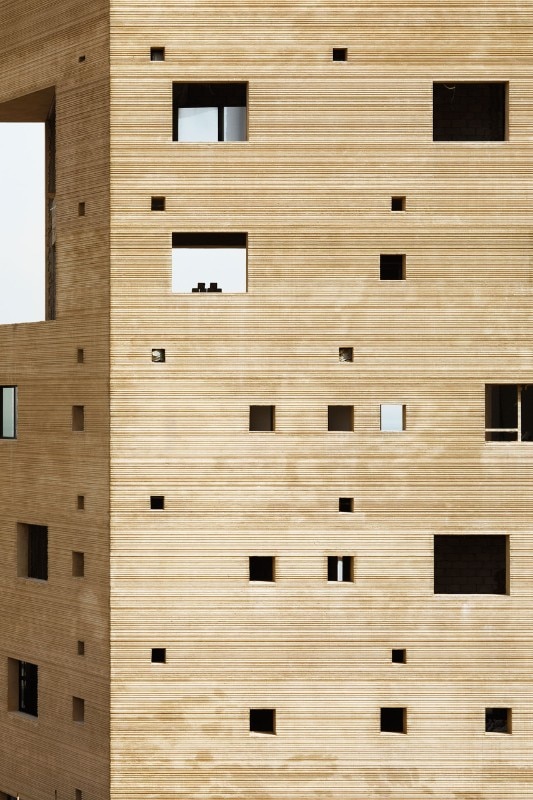
Lina Ghotmeh Architecture, Stone Garden, Beirut, Lebanon, 2019. Photo © Takuji Shimmura
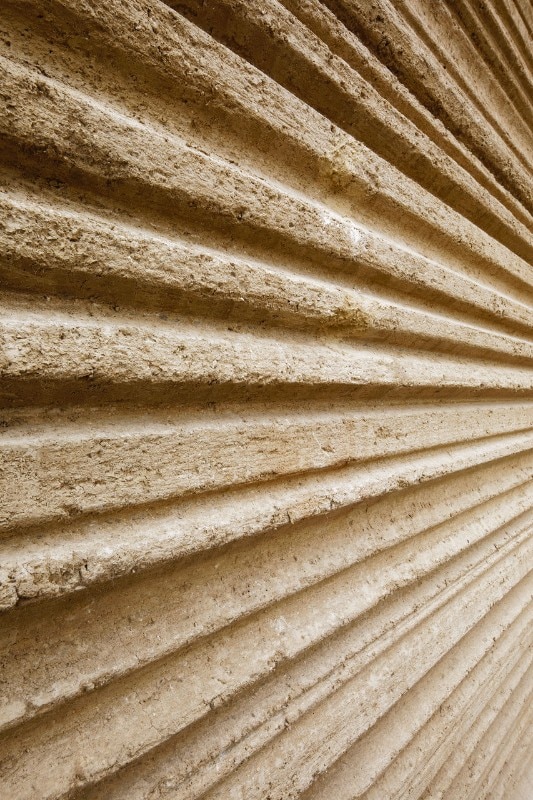
Lina Ghotmeh Architecture, Stone Garden, Beirut, Lebanon, 2019. Photo © Takuji Shimmura
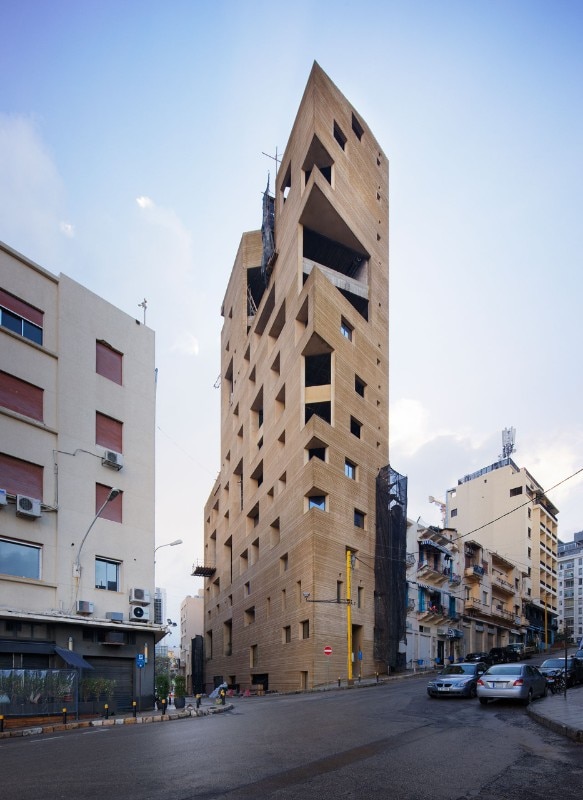
Lina Ghotmeh Architecture, Stone Garden, Beirut, Lebanon, 2019. Photo © Takuji Shimmura

Lina Ghotmeh Architecture, Stone Garden, Beirut, Lebanon, 2019. Photo © Takuji Shimmura

Lina Ghotmeh Architecture, Stone Garden, Beirut, Lebanon, 2019. Photo © Takuji Shimmura

Lina Ghotmeh Architecture, Stone Garden, Beirut, Lebanon, 2019. Photo © Takuji Shimmura

Lina Ghotmeh Architecture, Stone Garden, Beirut, Lebanon, 2019. Photo © Takuji Shimmura

Lina Ghotmeh Architecture, Stone Garden, Beirut, Lebanon, 2019. Photo © Takuji Shimmura

Lina Ghotmeh Architecture, Stone Garden, Beirut, Lebanon, 2019. Photo © Takuji Shimmura

Lina Ghotmeh Architecture, Stone Garden, Beirut, Lebanon, 2019. Photo © Takuji Shimmura

Lina Ghotmeh Architecture, Stone Garden, Beirut, Lebanon, 2019. Photo © Takuji Shimmura

Lina Ghotmeh Architecture, Stone Garden, Beirut, Lebanon, 2019. Photo © Takuji Shimmura

Lina Ghotmeh Architecture, Stone Garden, Beirut, Lebanon, 2019. Photo © Takuji Shimmura

Lina Ghotmeh Architecture, Stone Garden, Beirut, Lebanon, 2019. Photo © Takuji Shimmura

Lina Ghotmeh Architecture, Stone Garden, Beirut, Lebanon, 2019. Photo © Takuji Shimmura
This is the dream of Anna Heringer, the Austrian architect who works with mudd, that we met at Boisbuchet this year. Lina Ghotmeh, on her side, is training our eyes on the next generation of skyscrapers. After the vertical forests we foresee a new material in our skylines, that is the quintessence of sustainability: earth.
Dusty interiors
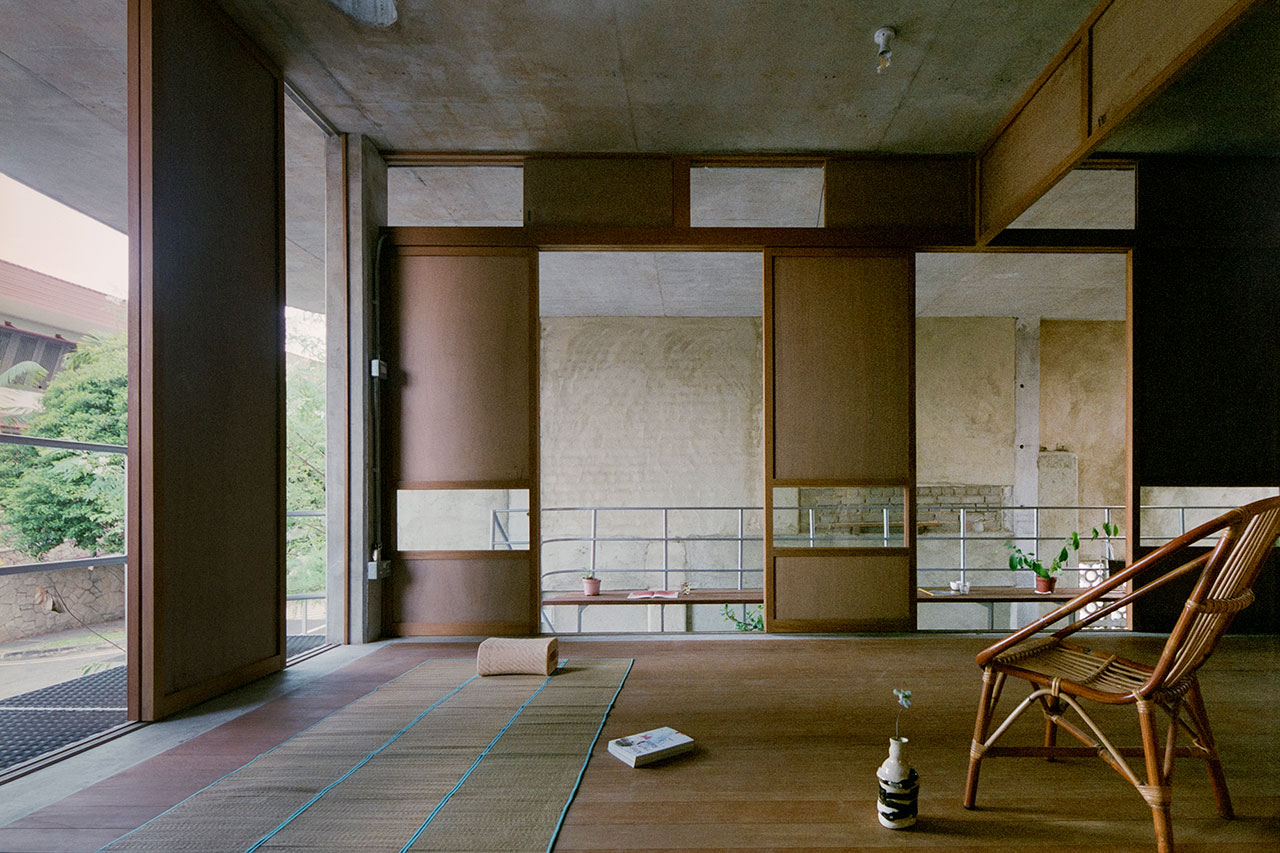
 View gallery
View gallery
A better connection with nature should start from our senses. Houses in the past years have washed away the boundaries between indoor and outdoor merely on a visual level, now we look forward with interiors that are not afraid of getting ‘dirty’. At fairs, this year, we have seen living rooms covered with stones, or showrooms immersed in white sand. But also trees planted on a hallway, and roots that grow within the walls. This project by Ling Hao in Singapore is a perfect start for less hyper-sanitized interiors.
Shingles
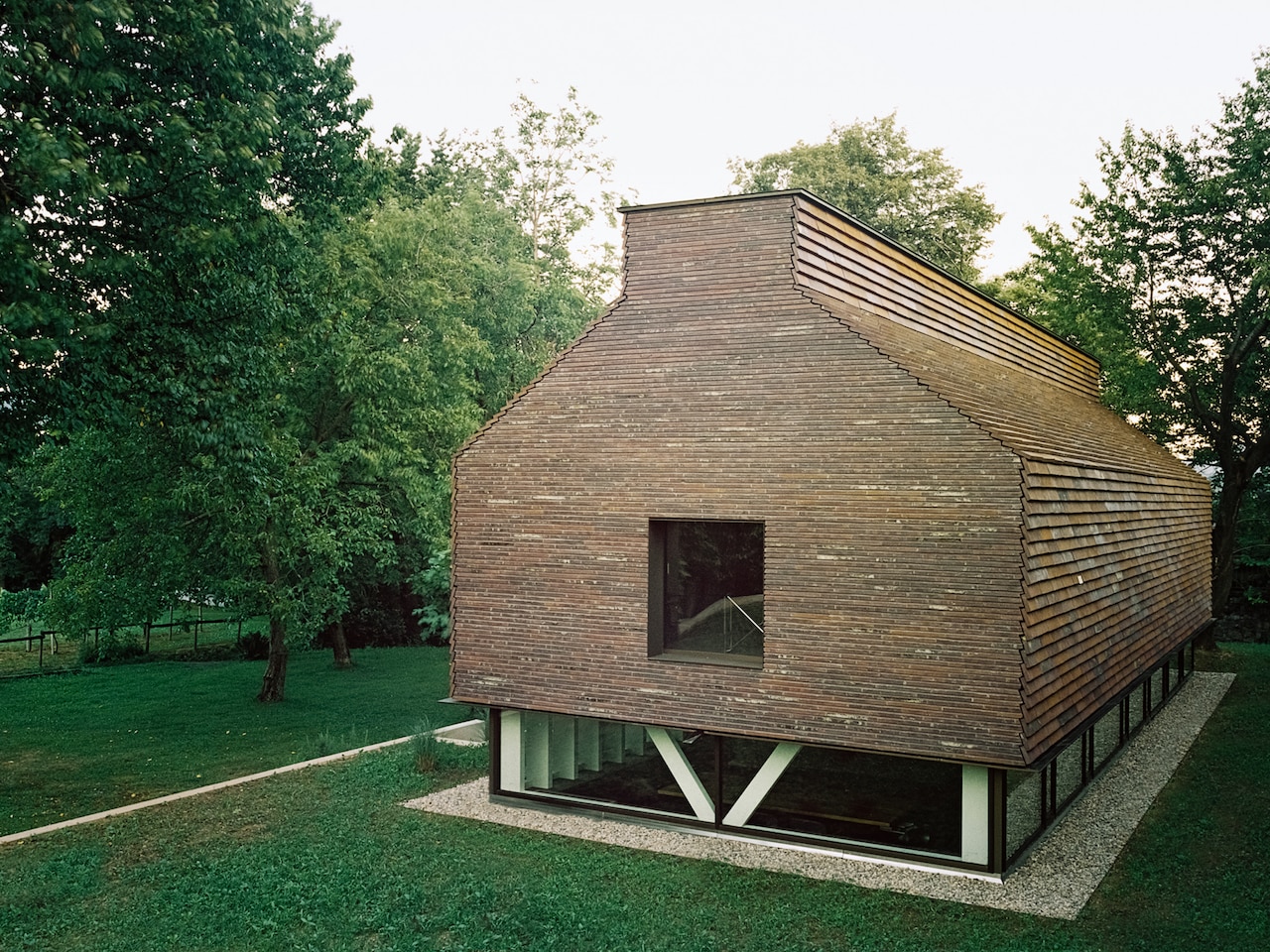
 View gallery
View gallery
Used in cold weather to better mitigate the temperature, shingles are used both on roofs and on external walls. On Domusweb we have published several examples of this wooden cladding, that can feature endless colour shades, from light gray, to warm tones. It gives the building a rich texture and revives ancient craftsmanship. Shingles can be found in different materials such as stone. Their small size make it a perfect option for curvilinear building shapes.
Splay
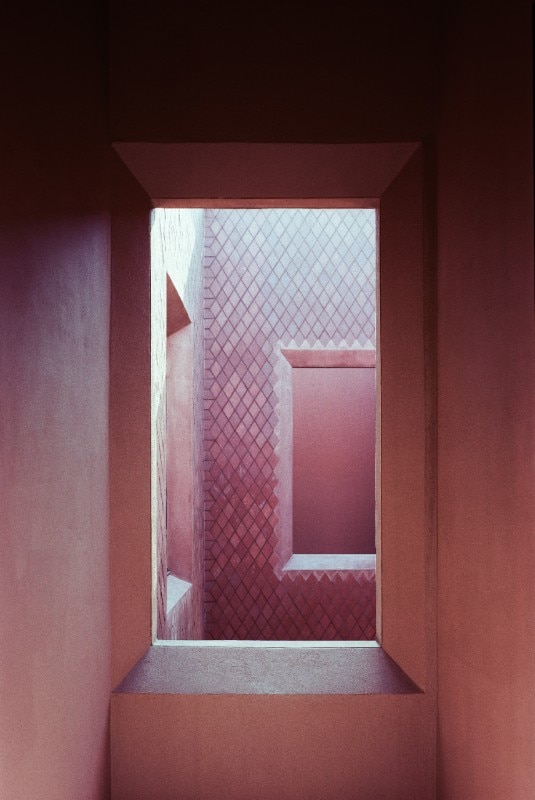
An evergreen device used to let in more light in traditional buildings – when walls were thick enough to allow this technique – splay is coming back in new forms, together with thicker walls. Its favored application is on windows, but also doors and entrances. When walls are too thin, extra wooden or metal splays are added, giving plasticity to spaces.
Bossage
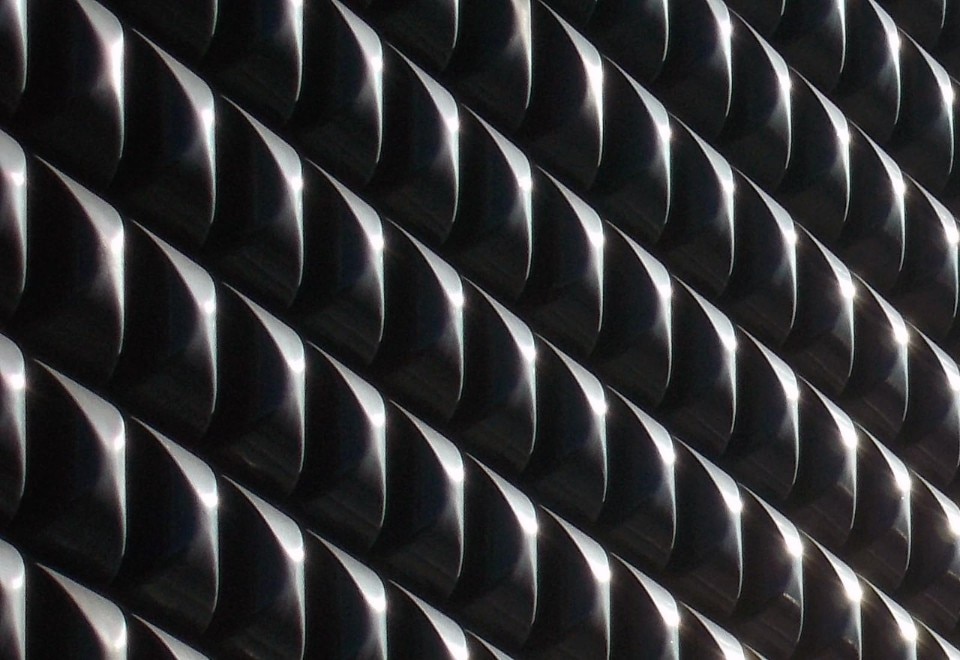
To complete our brief collection of archaeologies of the future we have a beloved technique easily found in Italian Renaissance buildings, and reinterpreted several times in the past twenty years. Bossage was used initially to camouflage or enhance the facades’ stone-blocks and keystones: it offers extremely rich patterns given by a myriad of light accents. The most iconic shape is the diamond block, and it can be employed with new materials, with energy-efficiency purposes.
Corridor
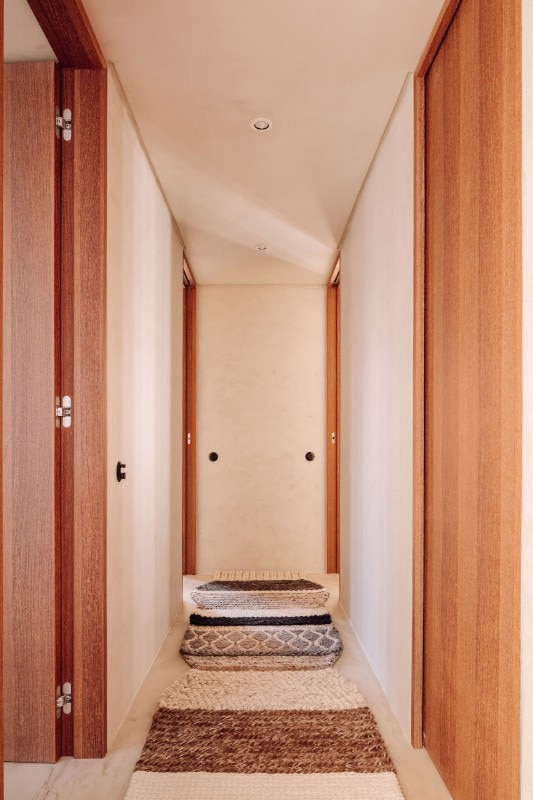
After 50 years of loft colonization and open-space interior culture, we might se a revamp of that spectacular device called hallway. This spatial solution, as we know it nowadays, was born in Victorian houses together with the rise of privacy, a concept quite unknown in previous centuries, and well proven by buildings such Versailles, where you had to cross a number of chambers to get from one room to the other. In our society, where privacy is close to an end, architecture could help symbolically to its last defense.
Invisible renovation
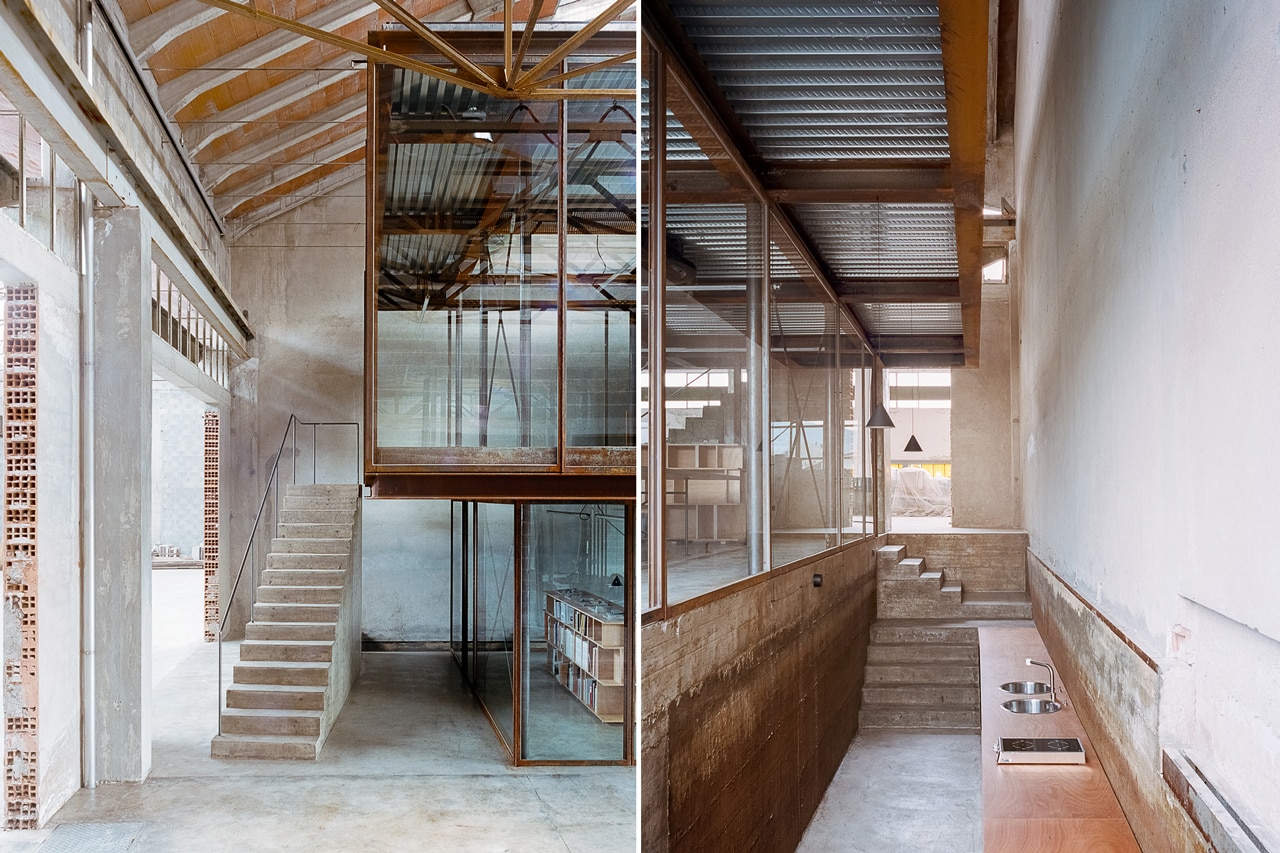
 View gallery
View gallery
Very much appreciated by architects, respecting the traces of time in buildings is now becoming a common practice in any renovation project and it is going extreme with design actions that are almost invisible. The beauty of shades, of textures and history (be it a hundred-year-old house or a fifty-year-old warehouse) is a good antidote to our quickly changing urban environment and – although it is not evident at first sight – it requires extra design skills.
Ceiling terrazzo
Widely used in buildings from the 18th, 19th and early 20th centuries, terrazzo boomed in the Fifties and Sixties with creative floor tiles made of concrete. It then went forgotten and revamped a few years ago, becoming a true mania. Terrazzo is now moving up from floors to walls, covering any surface possible, even ceilings. Probably, it will be its last step, before the trend will pass away once again.
Mustard yellow
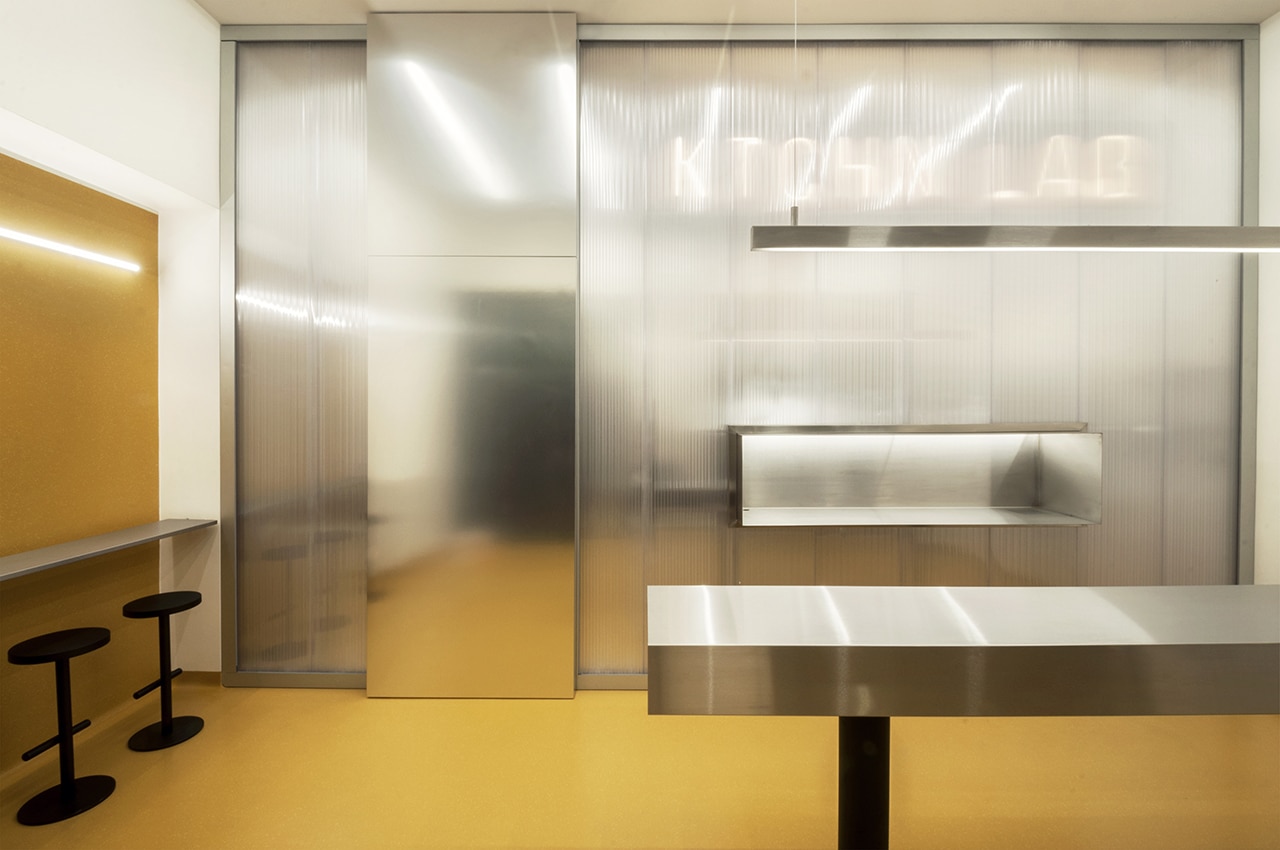
 View gallery
View gallery
We’ve witnessed the persistence of Millennial pink, and the rise of mint-green that later paled down into Celadon green. Interiors in 2020 will probably rebel to these two dogmas and react with mustard yellow, that gives a vibrant retro atmosphere that can easily pair with more aseptic materials such as metal and fair-faced concrete. It also embeds a bold attitude in decoration, which is what we crave for this year.
Sleeping in a box
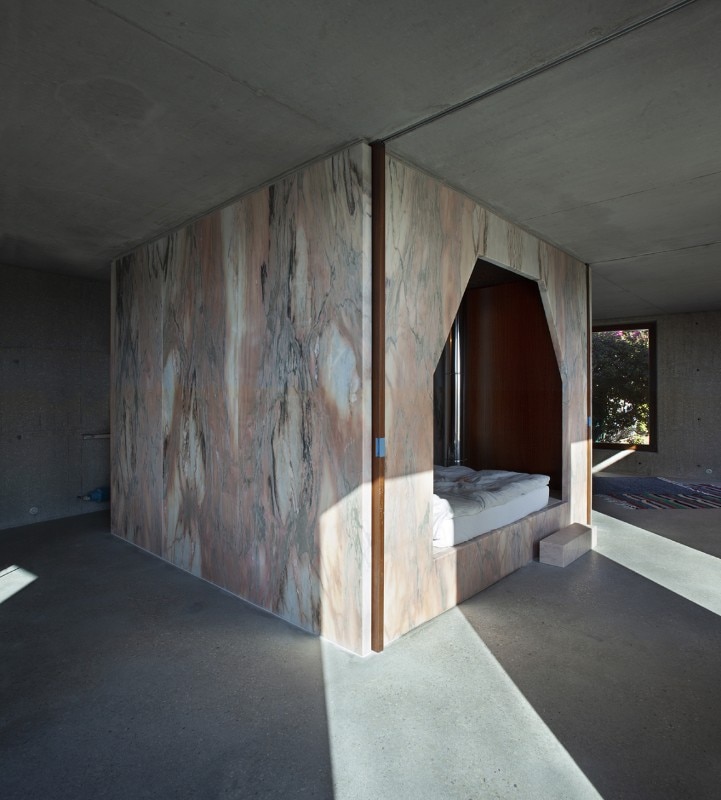
A more structured version of the canopy bed, boxed-beds remind us of baroque rooms where privacy could be found mostly within this tiny space. We saw them framed in wooden panels or even marble and metal: this solution allows for more freedom around, as this ephemeral architectural element can be placed virtually anywhere.
Domestic caves
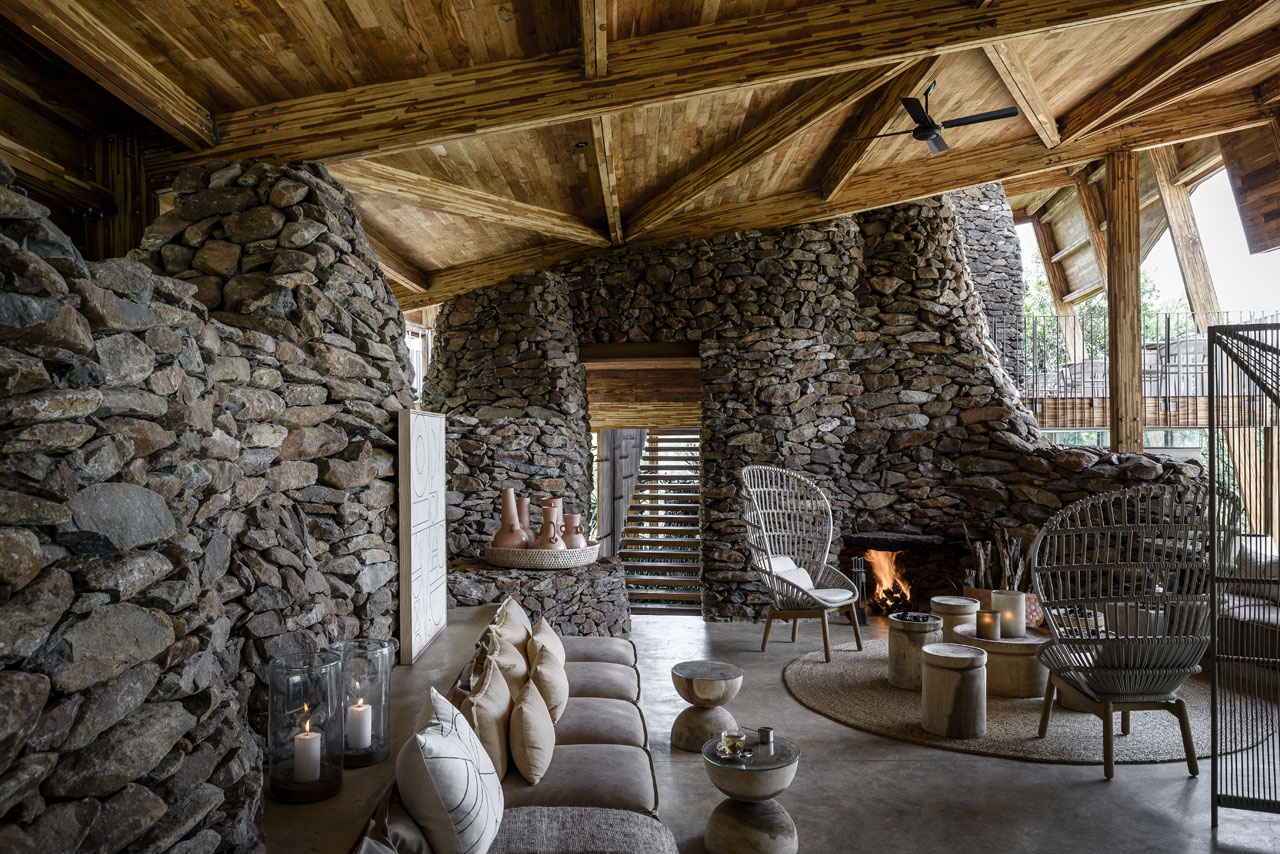
 View gallery
View gallery
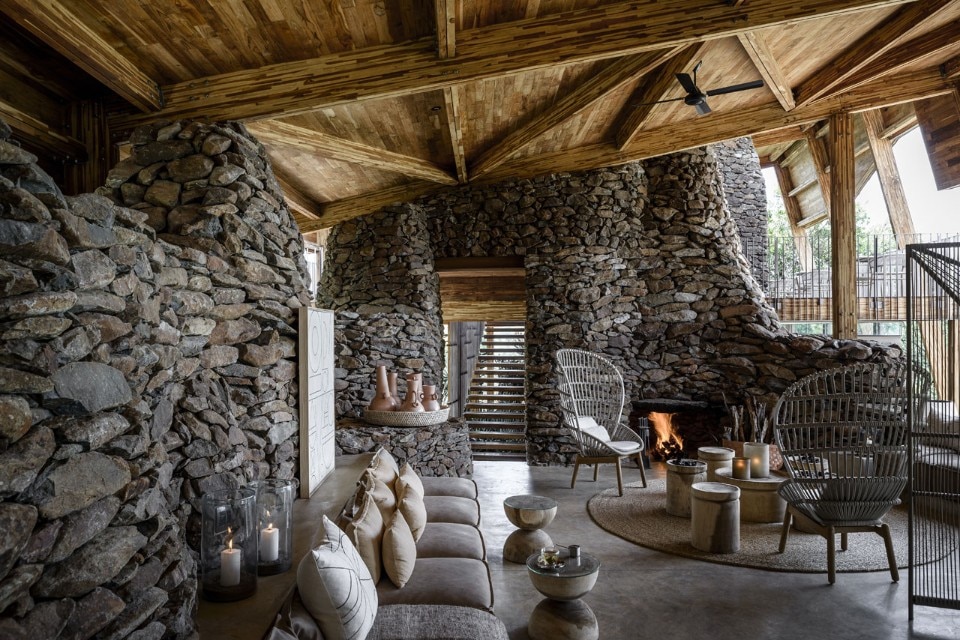
Singita’s Faru Faru lodge in the Serengeti
Designed by Cécile & Boyd, Grumeti, Tanzania, 2019
Photo Adriaan Louw
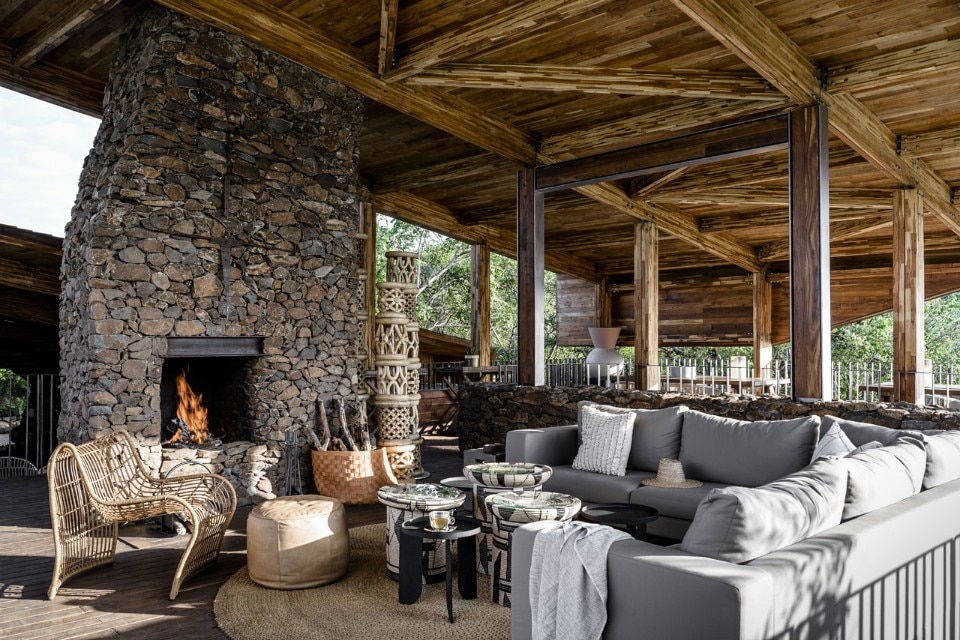
Singita’s Faru Faru lodge in the Serengeti
Designed by Cécile & Boyd, Grumeti, Tanzania, 2019
Photo Adriaan Louw
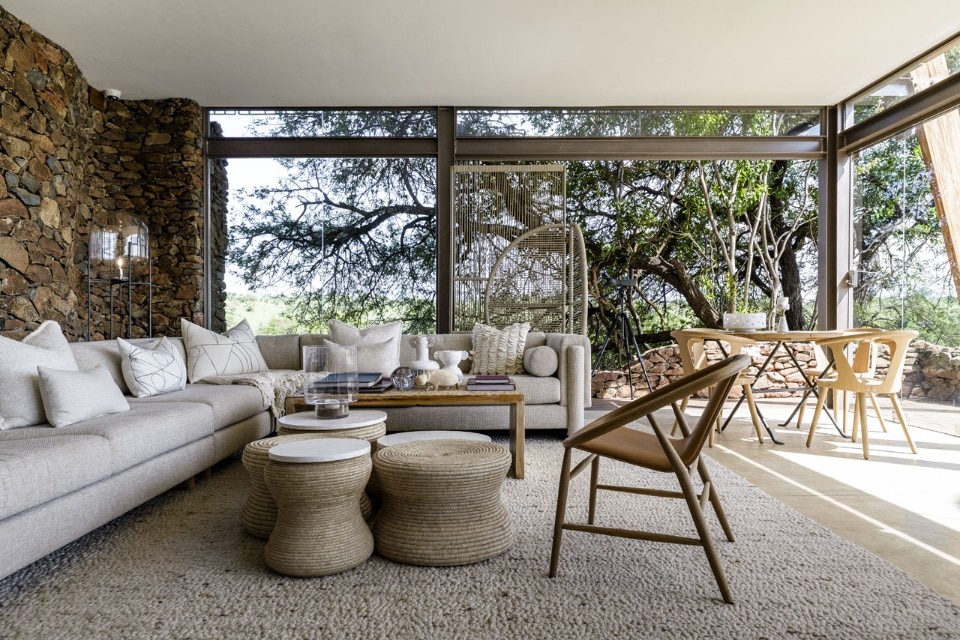
Singita’s Faru Faru lodge in the Serengeti
Designed by Cécile & Boyd, Grumeti, Tanzania, 2019
Photo Adriaan Louw
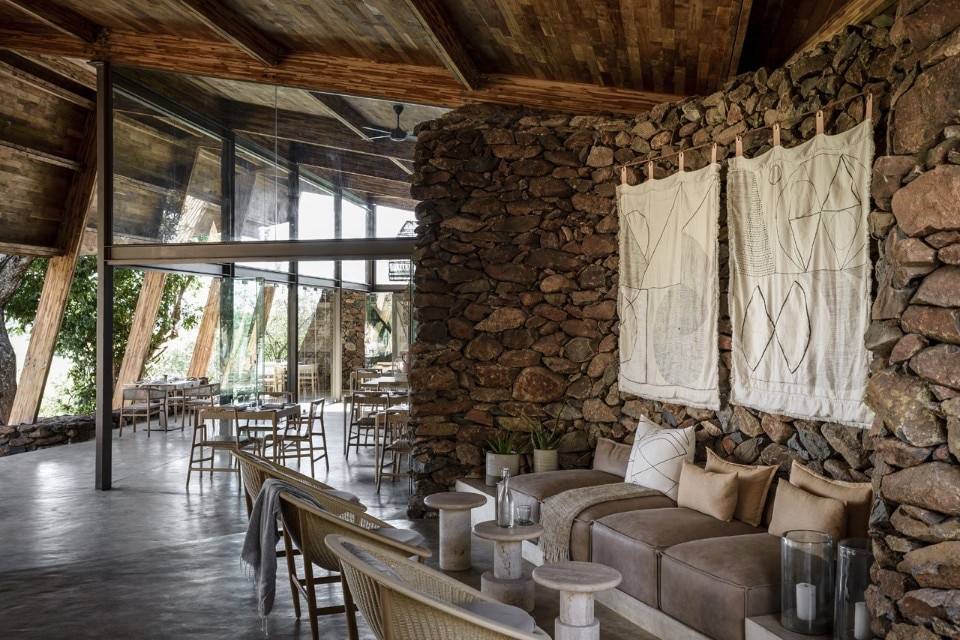
Singita’s Faru Faru lodge in the Serengeti
Designed by Cécile & Boyd, Grumeti, Tanzania, 2019
Photo Adriaan Louw
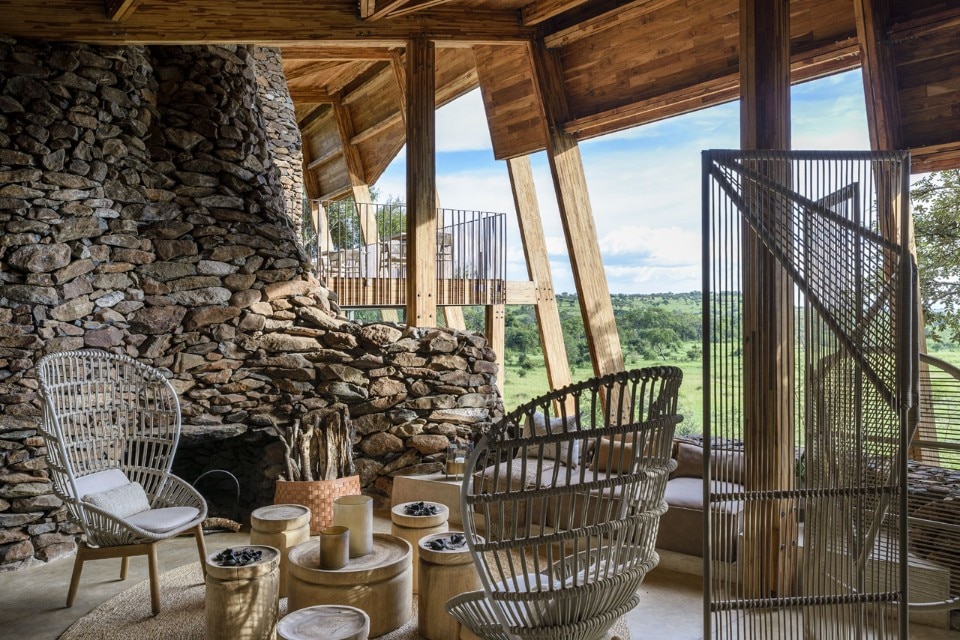
Singita’s Faru Faru lodge in the Serengeti
Designed by Cécile & Boyd, Grumeti, Tanzania, 2019
Photo Adriaan Louw
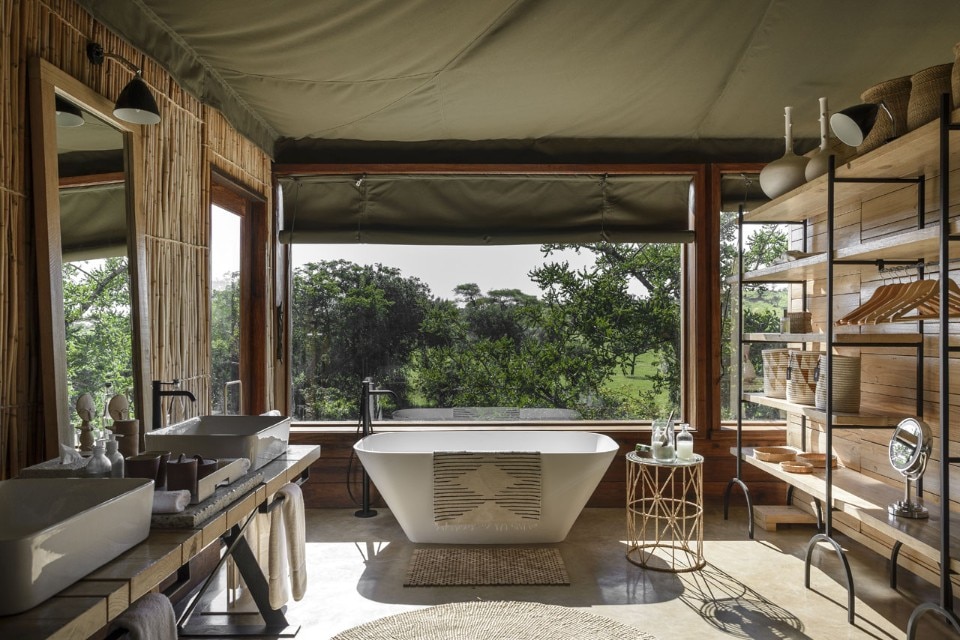
Singita’s Faru Faru lodge in the Serengeti
Designed by Cécile & Boyd, Grumeti, Tanzania, 2019
Photo Adriaan Louw
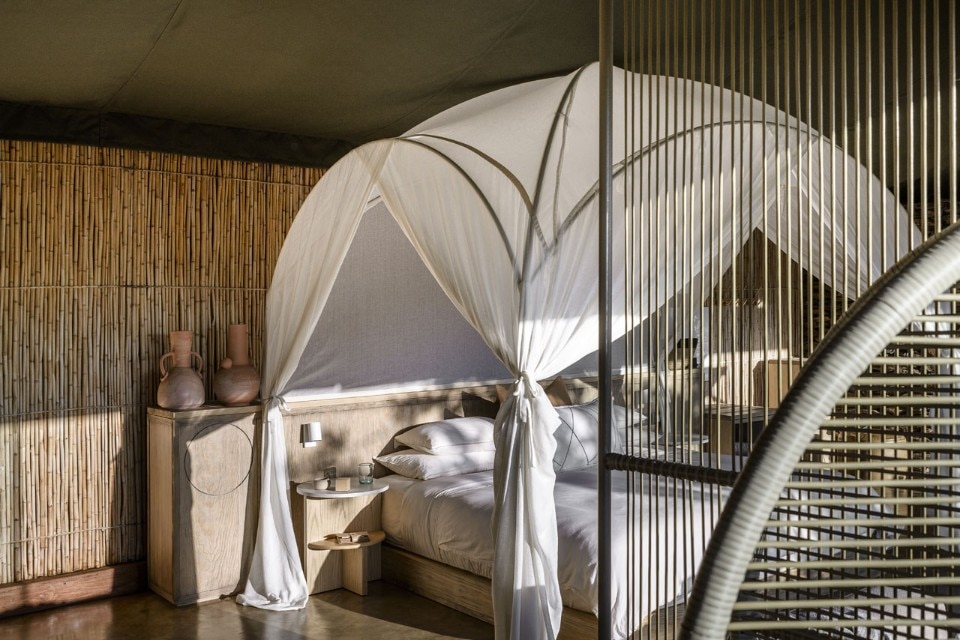
Singita’s Faru Faru lodge in the Serengeti
Designed by Cécile & Boyd, Grumeti, Tanzania, 2019
Photo Adriaan Louw
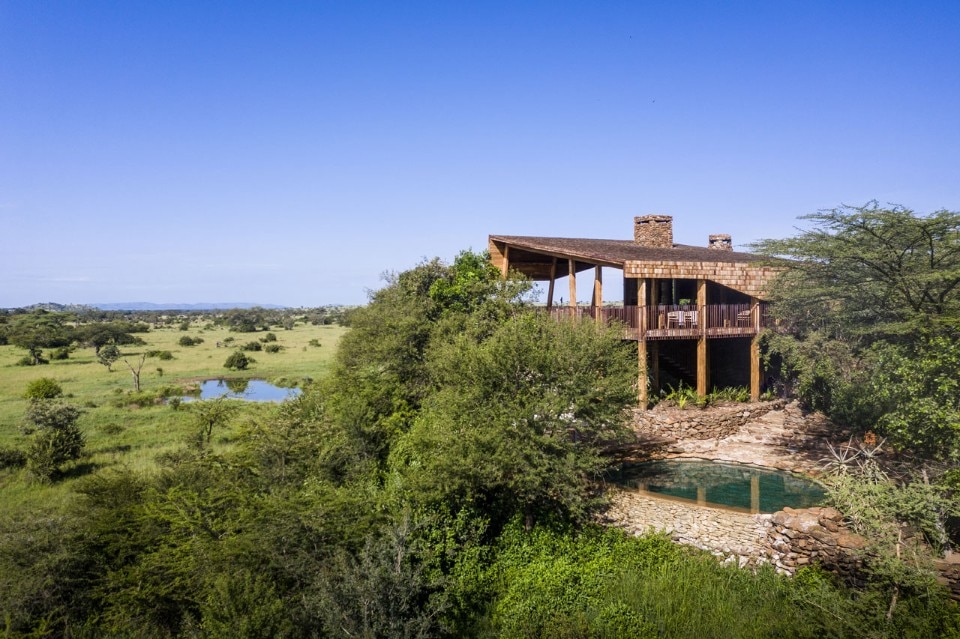
Singita’s Faru Faru lodge in the Serengeti
Designed by Cécile & Boyd, Grumeti, Tanzania, 2019
Photo Adriaan Louw

Singita’s Faru Faru lodge in the Serengeti
Designed by Cécile & Boyd, Grumeti, Tanzania, 2019
Photo Adriaan Louw

Singita’s Faru Faru lodge in the Serengeti
Designed by Cécile & Boyd, Grumeti, Tanzania, 2019
Photo Adriaan Louw

Singita’s Faru Faru lodge in the Serengeti
Designed by Cécile & Boyd, Grumeti, Tanzania, 2019
Photo Adriaan Louw

Singita’s Faru Faru lodge in the Serengeti
Designed by Cécile & Boyd, Grumeti, Tanzania, 2019
Photo Adriaan Louw

Singita’s Faru Faru lodge in the Serengeti
Designed by Cécile & Boyd, Grumeti, Tanzania, 2019
Photo Adriaan Louw

Singita’s Faru Faru lodge in the Serengeti
Designed by Cécile & Boyd, Grumeti, Tanzania, 2019
Photo Adriaan Louw

Singita’s Faru Faru lodge in the Serengeti
Designed by Cécile & Boyd, Grumeti, Tanzania, 2019
Photo Adriaan Louw

Singita’s Faru Faru lodge in the Serengeti
Designed by Cécile & Boyd, Grumeti, Tanzania, 2019
Photo Adriaan Louw
If caves can’t be inhabited anymore, they can be implemented in our indoors, with the comfort of climate regulation, gas, water and electricity. We’re less afraid of dirt, and we constantly search for a connection with nature. Stone walls may also protect us from the heat and give much movement to the interiors, evoking archaic places of our collective imagination.


